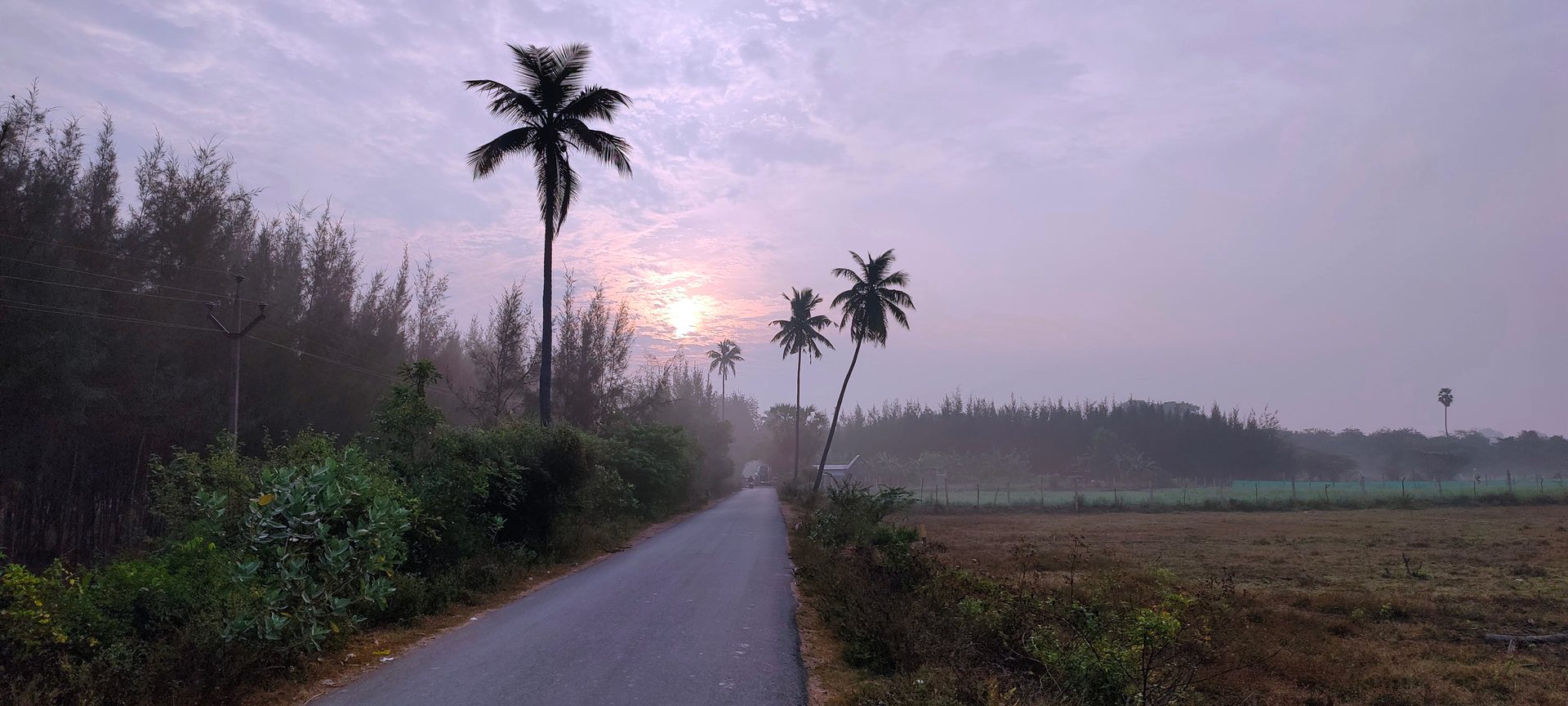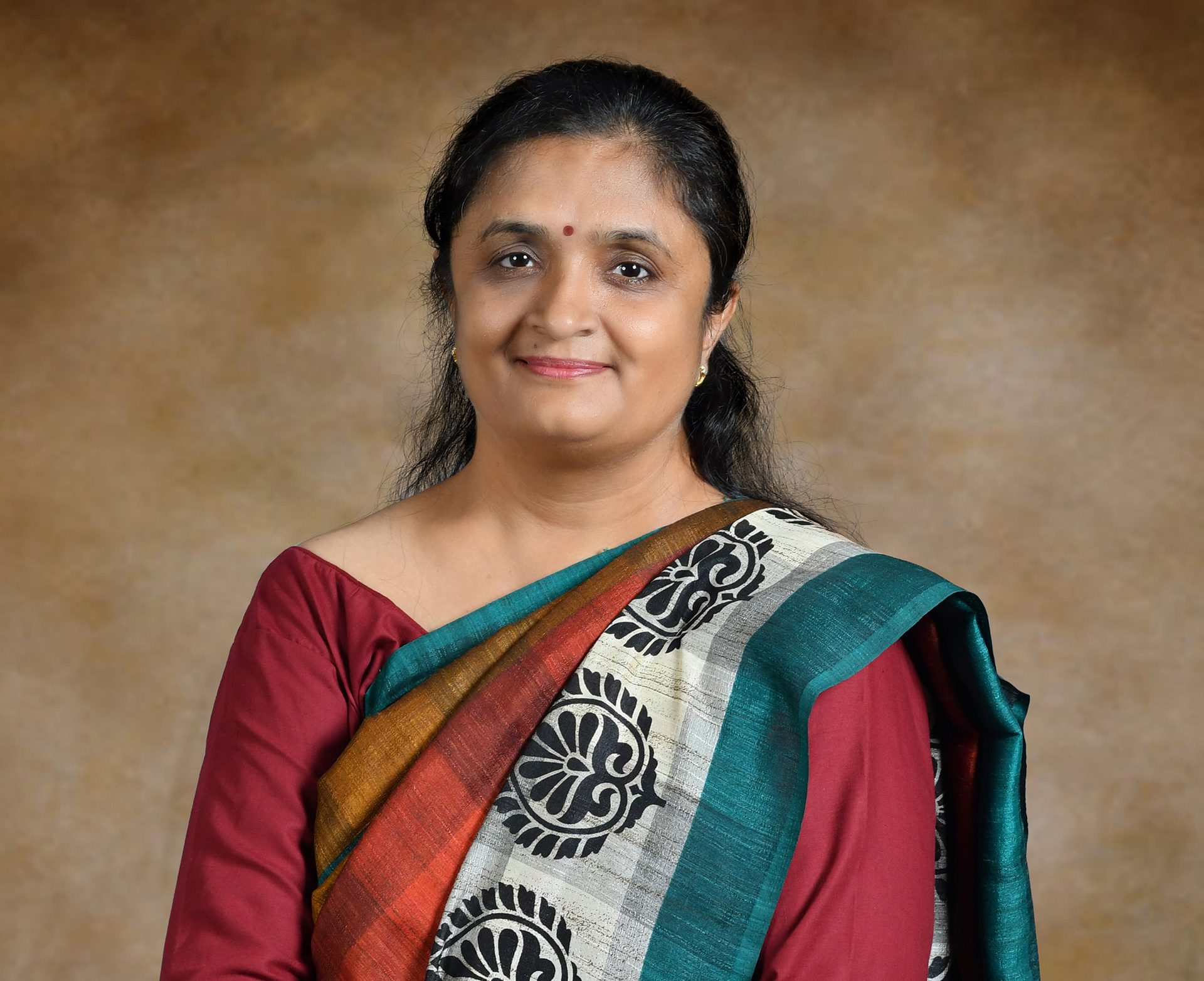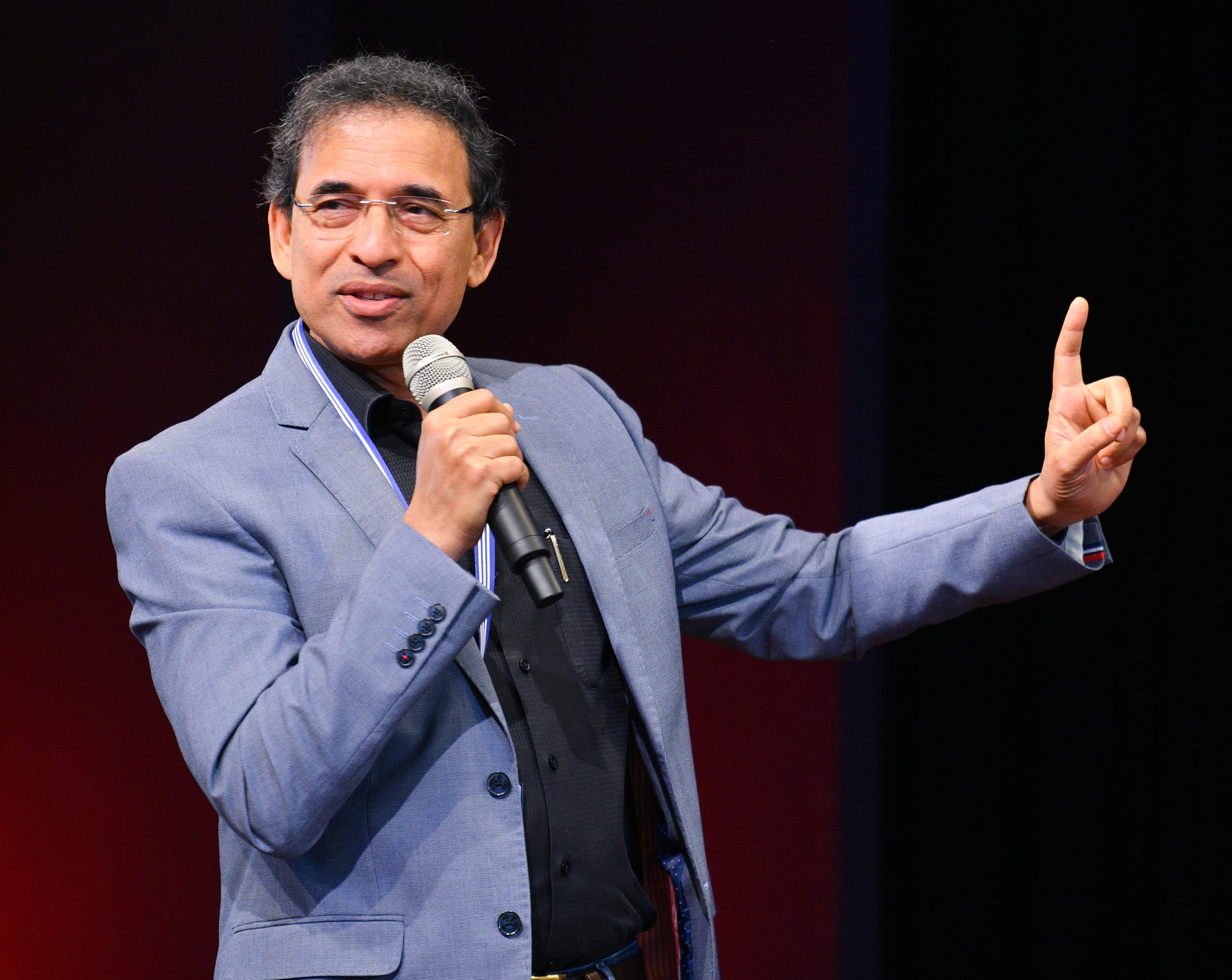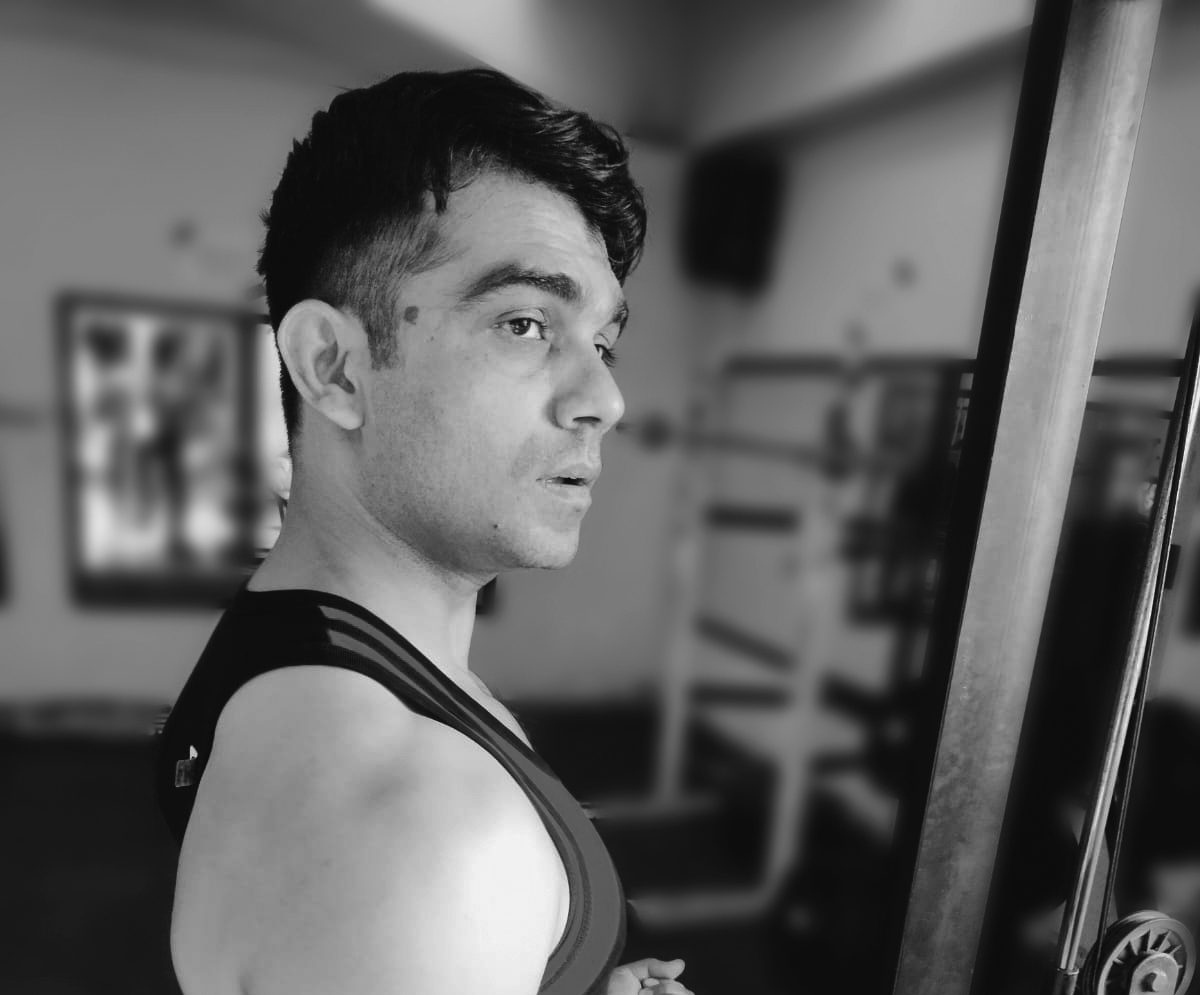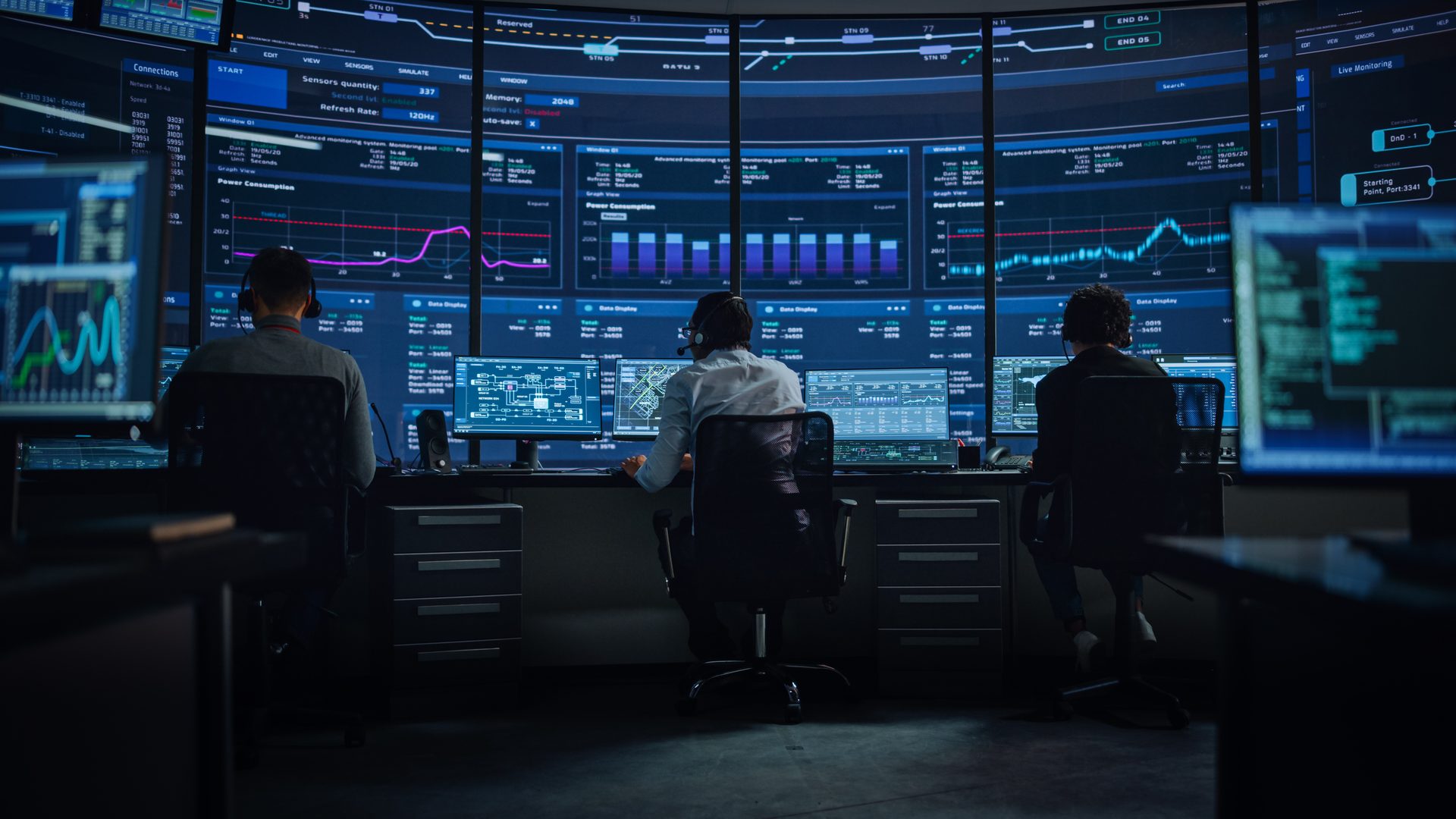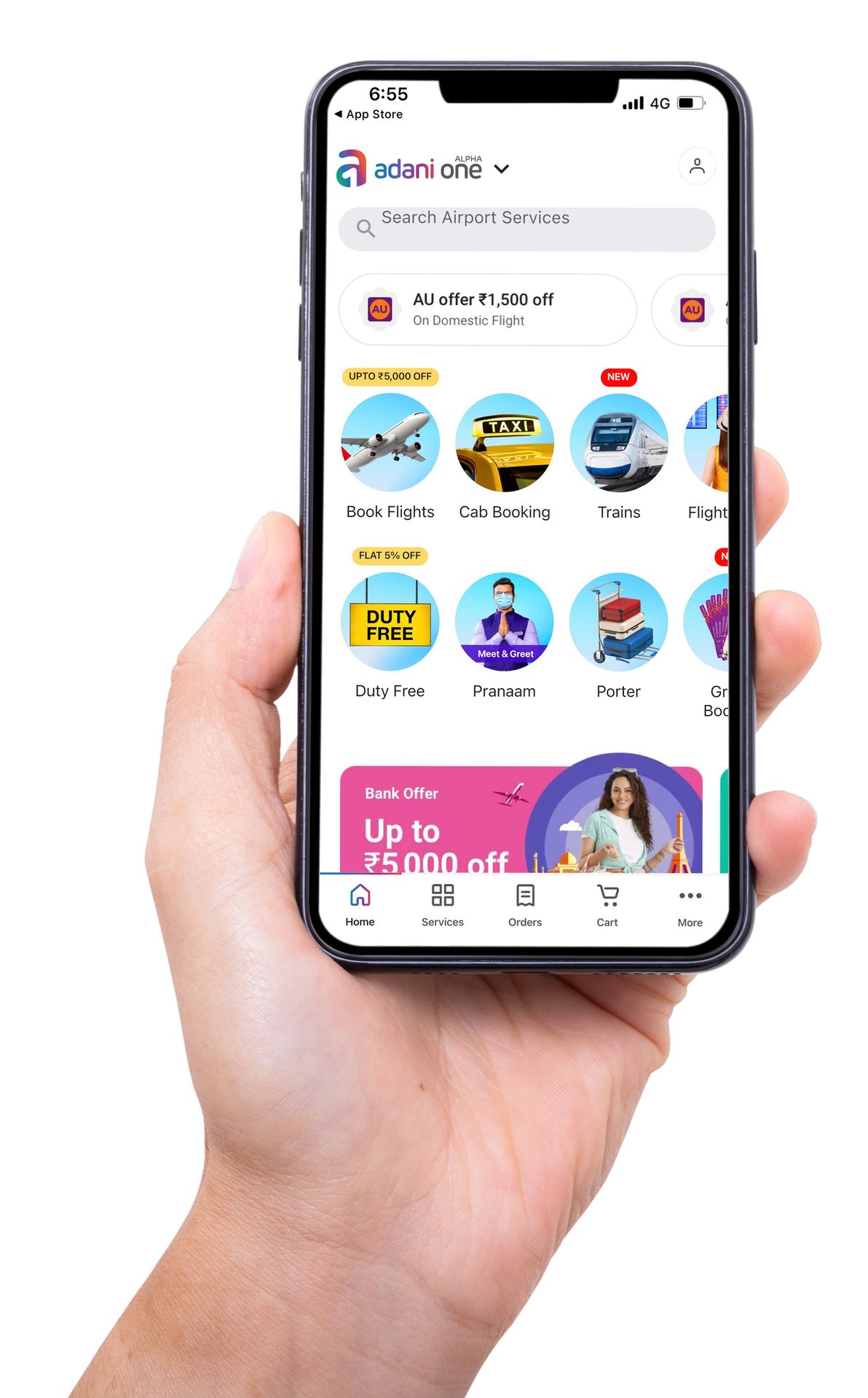
Without equitable policies guiding India’s energy transition, the search for sustainability might become unsustainable.
The hopes of a billion
editor's note
Issue 3 | June 2023
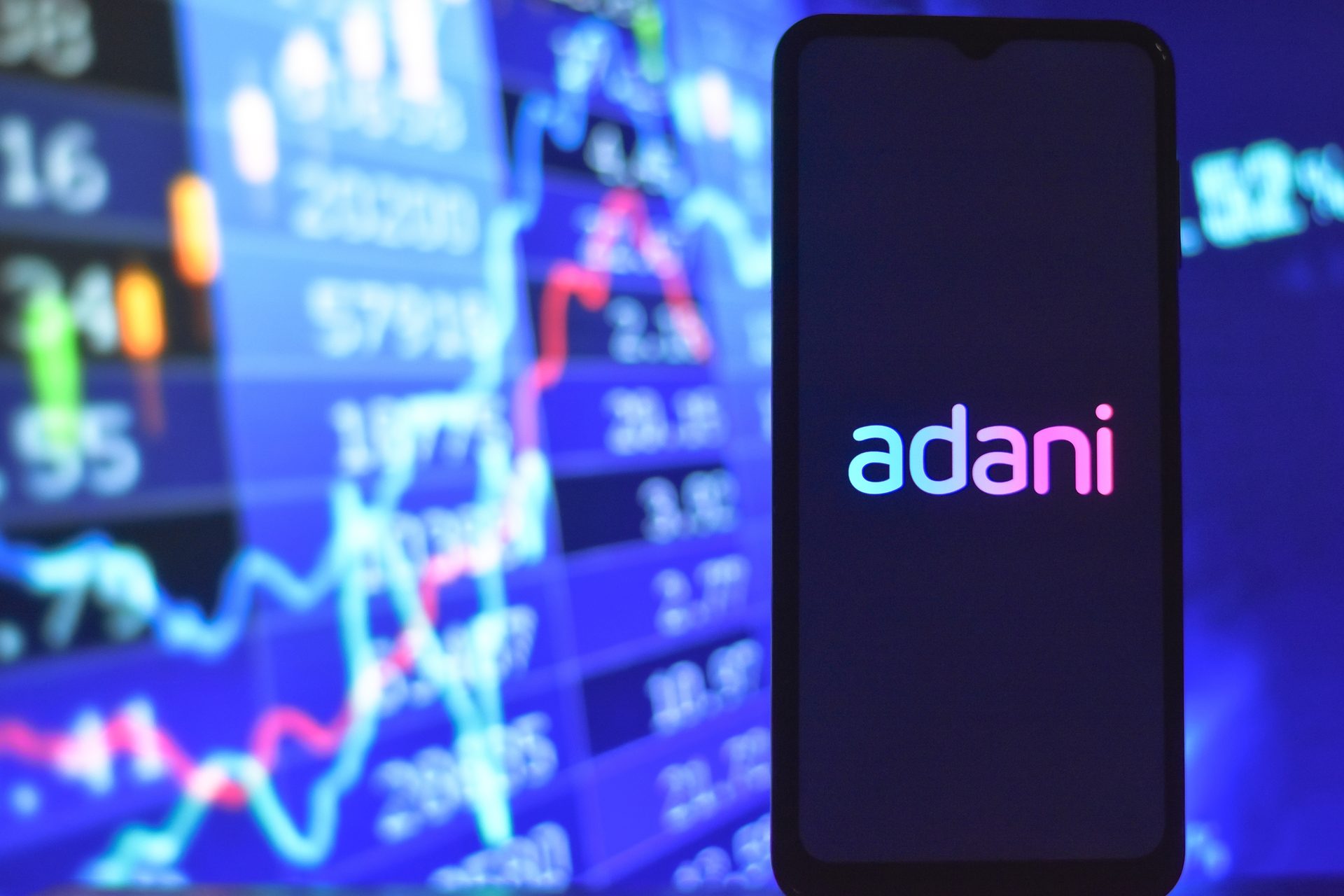
“The Group’s financial robustness sets the stage for our future.”
As we present the third edition of a-connect, we are humbled and encouraged by the overwhelmingly positive responses we continue to receive from you, our cherished readers.
The past few months saw yet another malicious attack on our standing. Once again, the world witnessed the extraordinary resilience of the Adani Group and its founder Gautam Adani, a resilience anchored by strong financial and operational performance, visionary leadership and good governance, and the courage, trust and commitment of our large family of employees.
This edition provides a snapshot of our annual results. The numbers demonstrate the Adani portfolio's solid growth, resilience, and financial stability in the face of challenges, both local and global. The Group's financial robustness sets the stage for our future. It enables us to invest in sustainable, value-generating, and equity-enhancing initiatives that are essential to our long-term business model. An allied section presents the thinking and the transformative steps we are taking to align ourselves with the energy transition and the Environmental, Social, and Governance (ESG) goals, a journey that values diversity, encourages inclusivity, and contributes meaningfully to sustainable development.
In a world grappling with the impacts of climate change, it has become crucial for companies to embody a vision that transcends profitability and acknowledges our shared responsibility towards the planet and its people. Our Chairman’s words echo our collective belief that policies shaping the global battle against climate change must be equitable to ensure that as we move forward, we do so in a manner that brings everyone along, leaving no one behind.
Thank you for your support. Your feedback empowers us to maintain our drive for excellence. Please continue to send us your thoughts.
Editorial Board
Aman Kumar Singh
Angshu Mallick
Anil Sardana
Arun Bansal
Jackbastian Nazareth
Nitin Sethi
Shishir Priyadarshi
Vasant Gadhavi
Vinay Prakash
Contributors
Ajay Kapur
Andrew Strutton
Arpita Vadgama
Dipika Rathi
Juhi Chakraborty
Jwalit Vyas
Kamal Ajitsaria
Mallika Dasgupta
Prasenjit Bordoloi
Team CBC
Team ESG
Vidhi Doshi
Platform Design
Hiren Mistry
Editor
Shreya Iyer
Publisher
Bobby Nair
a-connect Magazine
9F, Adani Corporate House,
Adani Shantigram,
Ahmedabad 382421
Something For Everyone
From technology and entertainment to travel and sports, the range of articles in a-connect catered to a wide spectrum of interests, ensuring there was something for everyone. It was refreshing to see the magazine embrace inclusivity and provide a platform for underrepresented voices, highlighting the richness of our diverse society. The feature on Mr Vinay Prakash was an exceptional eye-opener. The questions were thoughtful and insightful, offering everyone a glimpse into his world. It is a true privilege to gain such intimate access to his thoughts and emotions, and I applaud a-connect for delivering such thought-provoking content.
Nidhi Bhelose
Information Technology, AEL
Fostering Connections
Having our very own company magazine, a-connect, is a great initiative. It will foster greater connection within the organisation as it provides insights into the happenings and showcases the vibrancy of our Group. Best wishes.
Col VS Chandrawat, SM (Retd)
Group Head - Security
Another Outstanding Issue
Congratulations on yet another fabulous issue of a-connect. The May 2023 issue raised the high bar set by the April 2023 issue. I thank you for such a brilliant initiative and its splendid execution. We hardly ever get a bird’s eye view of the length, width, and height of the Adani Group’s growth with goodness tale since we are so preoccupied with our own ‘business unit’ activities. This void is perfectly filled for all of us Adanians through a-connect. As part of the Business Development team in my BU, I gain a lot of group level information which helps me in projecting ourselves to our customers. Being privy to such wide range of information across the board helps us in getting the customers also to feel that they are valued stakeholders of a Group which puts so much effort into creating inclusive goodness. In the May 2023 issue, I loved reading ‘The Power to Dream’ and I am mightily motivated by Col VS Chandrawat’s ‘Life Lessons from the Military’. In fact, I have a printout of the article’s top ten takeaways displayed on my desk. Looking forward to more and thank you once again.
Biren Brahmbhatt
Dredging & Reclamation, APSEZ
Capturing Attention
Congratulations on successfully bringing out back-to-back issues of our own magazine. Even though I am not an avid reader, I have read both issues and got to know so much more about our own people and our Group. The language used connects and holds the reader’s attention throughout the story. So far, my most favourite article is ‘The Face of Resilience’, published in the inaugural edition (Apr 2023).
Pratik Gandhi
QA & Control – Mechanical, MPL
Just Wow
The design, colours, presentation, ease of access to articles – just WOW! This is a very concrete and a significant step in bringing the entire organisation closer together and making it stronger. It does a great deal of work in making everyone aware and up-to-date about the various programs going on in the organisation. Thanks a lot for this – you guys are doing an extremely fantastic job!
Nisha Mudhaliyar
Environment, APSEZ
Awaiting the Next Issue
It was an absolute pleasure to immerse myself in a-connect and be transported to a world of inspiration and knowledge.Waiting for the next issue.
Laxmansinh Vaghela
Information Technology, AEL
letters

Keep those letters coming in, please!
We’d love to hear More from you!
a-connect is your magazine.
We are committed to providing you informative and engaging content through a-connect. To do this, your insights and feedback are crucial.
As we strive towards excellence, we value your inputs. We want to know what you liked, what you did not, and how we can improve.
We would love to keep hearing from you on what more we could cover, explore or highlight in a-connect. Are we missing something? Is there a particular topic you would like to learn more about? Are there any trends you would like us to follow?
Your suggestions will help us to deliver the content most relevant to you. Please connect with us. We will publish a selection of the comments we receive.
CONTENTS
Toddlers vs Cowboys
Meet the little superstarsof the 2023 Platinum Partnership between Bravus Mining and Resources and the North Queensland Cowboys.
Newsmakers
Bravus Mining & Resources
Andrew Strutton
Bijou Wilson, 11 months, and Estelle Sadlier, 14 months, have stolen the show as part of billboards and TV ads rolling out across north and central Queensland during the 2023 National Rugby League (NRL) season.
The toddlers, daughters of Tully State High School friends, now co-workers at Bravus Mining and Resources, featured alongside some of the biggest names in the game – Jake Granville, Tom Dearden, and Heilum Luki – and they cast the towering Cowboys into their budding celebrity shadows.
Kate Campbell, Bravus Mining and Resources Head of Community, said it was a real thrill for the company’s workers and their families to appear side by side with their local sporting heroes.
“As a Townsville-headquartered business, we’re really proud to be able to get behind events and causes that are important to our people and our community,” Ms Campbell said.
“Our team members are big fans of what the Cowboys do on and off the field. On game day we all support them by going to the stadium or gathering around the TV at home or at the site and cheer them on. It’s something that brings our people together. Like the Cowboys, our Carmichael mine is going to be a part of regional Queensland for generations, so being able to recognise that by involving some of the players and the children of our local workers was the perfect celebration of our Platinum Partnership,” added Ms Campbell.
North Queensland Toyota Cowboys CEO Jeff Reibel said the partnership was based on a shared focus of ’advancing the North’.
“I’ve said before that the Cowboys punches well above our weight with regard to our economic impact, not only through our community programs, but simply by pursuing our aim to elevate the lives of regional and remote people through the passion, practice and playing of football,” Mr Reibel said.
“In the same way, by going about their business of delivering innovative and integrated energy and infrastructure services, Bravus delivers jobs and supply chain opportunities which will see our future generations prosper,” added Mr Reibel.
Like the Cowboys, our Carmichael mine is going to be a part of regional Queensland for generations, so being able to recognise that by involving some of the players and the children of our local workers was the perfect celebration of our Platinum Partnership.
Kate Campbell
Head of Community Bravus Mining and Resources
leaderspeak
Cementing Sustainability
Sustainability and Competitiveness are two sides of the same coin.
Ajay Kapur
T
he cement industry plays a vital role in global infrastructure development, but its environmental impact cannot be ignored. However, in recent years, the industry has made significant strides in adopting sustainable practices, demonstrating its commitment to a greener future.
One key area of focus is reducing carbon emissions. Cement production is responsible for a significant portion of global CO2 emissions and, to mitigate our carbon footprint, we have implemented various initiatives. Our Thermal Substitution Rate (TSR) has improved by 1.1% year on year, indicating our increased usage of alternative fuels and raw materials. By embracing waste heat recovery systems (WHRS), we have amplified our power generation capabilities, further reducing our reliance on conventional energy sources, and minimising carbon emissions. As part of our plan to double our capacity, we have announced capacity expansion of 14 MTPA for producing blended cement with WHRS capacity of 42 MW, provision to utilize 50% AFR and provision to operate on green power.
Ambuja Cement and ACC have been able to significantly reduce its net specific CO2 emissions to 513 kg per ton and 466 kg per ton of cementitious materials respectively. This move aligns with our commitment to combat climate change and transition to a low-carbon economy.
Water conservation is another critical aspect of sustainability and remains a top priority for us. While we understand that cement production requires vast amounts of water, and water is a precious resource, we are committed to its responsible usage with the help of our robust water governance practices that ensures responsible water management across our operations by reducing freshwater withdrawal and enhancing the usage of recycled water. By actively utilising harvested water, we are maximising its potential and contributing to the overall conservation efforts which have led Ambuja Cements to be 8 times water positive and ACC ~2 times water positive. This means that we replenish and conserve more water than we consume, ensuring the sustainable availability of this vital resource for future generations.
Additionally, we have taken substantial strides in our ongoing fight against plastic waste. Through innovative waste management practices, Geoclean, our waste management arm, has not only reduced our plastic consumption but also actively contributed to the removal of plastic from the environment. The company processes more than 13 lakh tonnes of waste every year through its operations in India, contributing to the development of a circular economy by transforming waste into valuable resources. Ambuja Cements is 3.5 times plastic negative, while ACC is 2.5 times plastic negative.
A key aspect of our sustainability journey is the promotion of green products and solutions. We are constantly exploring innovative ways to incorporate sustainable materials into our cement production processes. This has led to a higher proportion of blended cement, resulting in a reduced clinker factor by 0.7% year on year. Blended cement not only conserves natural resources but also contributes to the durability and longevity of concrete structures. Our product range has expanded with the introduction of multiple new items, enhancing our selection of environment friendly, value-added cement and concrete options for specific and customised uses. These green products have been well-received by the market which are also more profitable.
With ACC ECOMaxX, customers have an option to choose concrete based on their desired level of CO2 reductions and sustainability objectives. Our product range of environmental-friendly and value-added cement and concrete options for specific and customised uses are ACC AEROMaxX and ACC ECOMaxX, along with ACC Coolcrete and ACC Bagrete. Value‑added solutions, which account for 38% of the total RMX sales, plays an important role in driving the overall business growth. Our emphasis is on expanding the range of sustainable solutions to accelerate the transition towards low-carbon and circular buildings.
Furthermore, we are actively engaging with stakeholders, partners, and communities to foster a sustainable ecosystem. Through collaborations and knowledge-sharing, we aim to create a collective impact that goes beyond our individual efforts. By driving awareness, promoting responsible practices, and investing in sustainable infrastructure, we strive to create a positive and lasting change for the environment and society as a whole.
Ambuja and ACC have been ranked amongst ‘India’s Most Sustainable Companies’ by Business World. Our remarkable progress in ESG KPIs, including water and plastic management, thermal substitution, green products, and alternative fuels, is a testament to our unwavering dedication. With our collective efforts and relentless pursuit of sustainable practices, we are confident of achieving our 2030 targets well ahead of time. We believe that sustainability is not just a responsibility but also an opportunity to create a greener, more prosperous future for all. Ambuja Cements is also ranked 5th globally by the Dow Jones Sustainability Index (DJSI) in the construction materials category.
The writer is CEO, Cement Business, Adani Group.
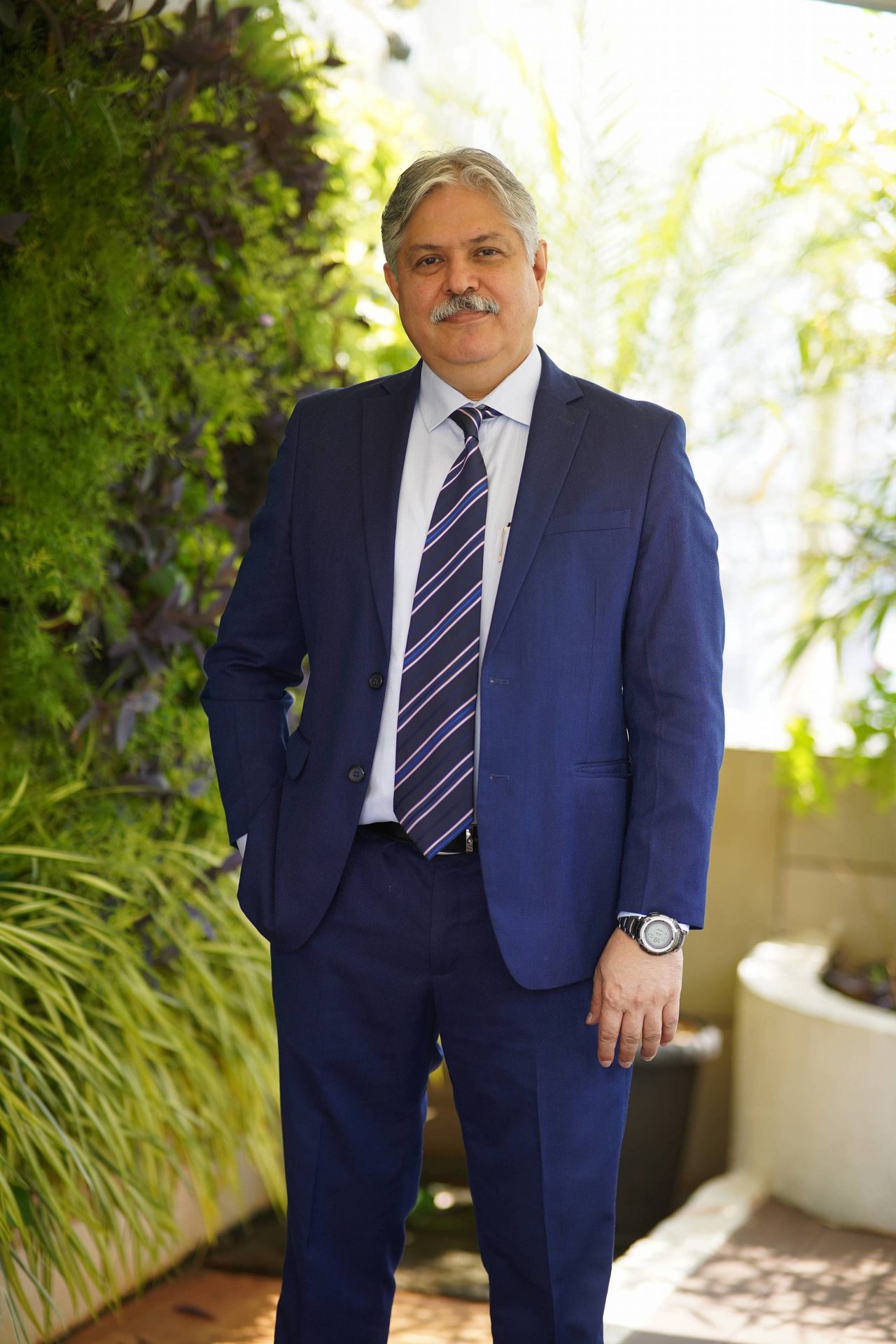
Through collaborations and knowledge-sharing, we aim to create a collective impact that goes beyond our individual efforts. By driving awareness, promoting responsible practices, and investing in sustainable infrastructure, we strive to create a positive and lasting change for the environment and society as a whole.”
Newsmakers
Adani Foundation
A Return To Safety
Mountaineer Anurag Maloo is recovering at the AIIMS, New Delhi.
Shreya Iyer
O
n 17 April 2023, Anurag Maloo, a resident of Kishangarh, Rajasthan, and an avid mountaineer, went missing while descending from a camp located at an elevation of 5,800 metres on the avalanche-prone Mt Annapurna, at 8,091 metres the world’s tenth tallest peak.
Alarmed and anxious for his safety, Mr Maloo’s fellow mountaineers, friends and relatives took to social media for help to find and rescue the 34-year-old mountaineer.
With every passing minute, the chances of locating and rescuing him from one of the most treacherous Himalayan terrains were becoming bleak. However, in a seemingly miraculous turn of events, on the morning of 20 April, Mr Maloo, who had survived in a deep crevasse for three days, was rescued by a team that included the Polish mountaineer Adam Bielecki. Mr Maloo, whose condition was critical, was first taken to a nearby medical camp before being shifted to Manipal Hospital in Pokhara and later to Kathmandu’s Medicity Hospital.
When the Maloo family was advised to shift him to a more advanced medical facility, they needed assistance to arrange a careful, medically-supervised airlift. It was also a very expensive transfer.
Help came from Adani Group Chairman Gautam Adani and the Adani Foundation. This allowed Anurag Maloo to be shifted in an air ambulance from Kathmandu to the All India Institute of Medical Sciences in New Delhi. Mr Maloo’s brother, Aashish Maloo, took to Twitter to express gratitude for the timely assistance.
The mountaineer is currently receiving advanced treatment and is reported to be in a stable condition. Gautam Adani and
Dr Priti Adani, who heads the Adani Foundation, have wished Mr Maloo a speedy recovery.
Grateful beyond words for the timely airlifting! Heartfelt thanks to @gautam_adani and @AdaniFoundation for their invaluable support in repatriating @AnuragMaloo safely."@PMOIndia@narendramodi@AmitShah@DrSJaishankar@MEAIndia@MofaNepal@IndiaInNepal@humancareww
— Aashish Maloo (@Aashish_09) May 16, 2023
Hope In A Time
Of Despair
The Adani Group will sponsor the education of children who lost their parents in the Odisha train crash.
Newsmakers
Adani Group
Nikhil Mistry
T
he horrific train accident in Odisha, on 2 June, has left an entire nation in mourning. A stationary goods train and two high-speed passenger trains were involved in a tragic sequence of collisions. Around 280 passengers lost their lives and hundreds were injured, many of them seriously. The cause of the accident is being investigated.
The triple train tragedy happened at around 7pm near the Bahanaga Bazar station in Odisha's Balasore district, about 250 km south of Kolkata and 170 km north of Bhubaneswar.
Pledging his support for the children of the victims of one of India's most deadly train accidents, Chairman Gautam Adani announced that the Adani Group would take care of their schooling.
“We all are deeply distressed by the Odisha train accident. We have decided that the Adani Group will take the responsibility of school education of the innocents who have lost their parents in this accident,” Mr Adani tweeted in Hindi.
Mr Adani also said that it is the joint responsibility of all to support the victims and their families and give a better tomorrow to the children.
उड़ीसा की रेल दुर्घटना से हम सभी बेहद व्यथित हैं।
— Gautam Adani (@gautam_adani) June 4, 2023
हमने फैसला लिया है कि जिन मासूमों ने इस हादसे में अपने अभिभावकों को खोया है उनकी स्कूली शिक्षा की जिम्मेदारी अडाणी समूह उठाएगा।
पीड़ितों एवं उनके परिजनों को संबल और बच्चों को बेहतर कल मिले यह हम सभी की संयुक्त जिम्मेदारी है।
adani green energy
AGEL Signs USD 2.5 Mn Deal With Israel-Based Airtouch Solar
AIRTOUCH Solar Group, one of Israel's best-known players in the solar industry, has signed a USD 2.5 million deal with Adani Green Energy Ltd (AGEL), India’s largest renewable energy company. As per the agreement, Airtouch Solar will supply and install the latest version of its water-free panel cleaning robots, AT 4.0, at AGEL’s solar field in Rajasthan. AGEL has an operational renewable portfolio of 8,086 MW — the largest in India, and a major part of this portfolio is solar.
Tal Laufer, CEO of Airtouch Solar Group, said, “The collaboration with Adani Green Energy Ltd has the potential to expand on a significant scale in India and abroad. This transaction is another layer in strengthening the Adani Group’s relationship with Israeli technology companies.” This collaboration will mark a pivotal milestone for both companies as they pave the way for potential future collaborations in renewables.
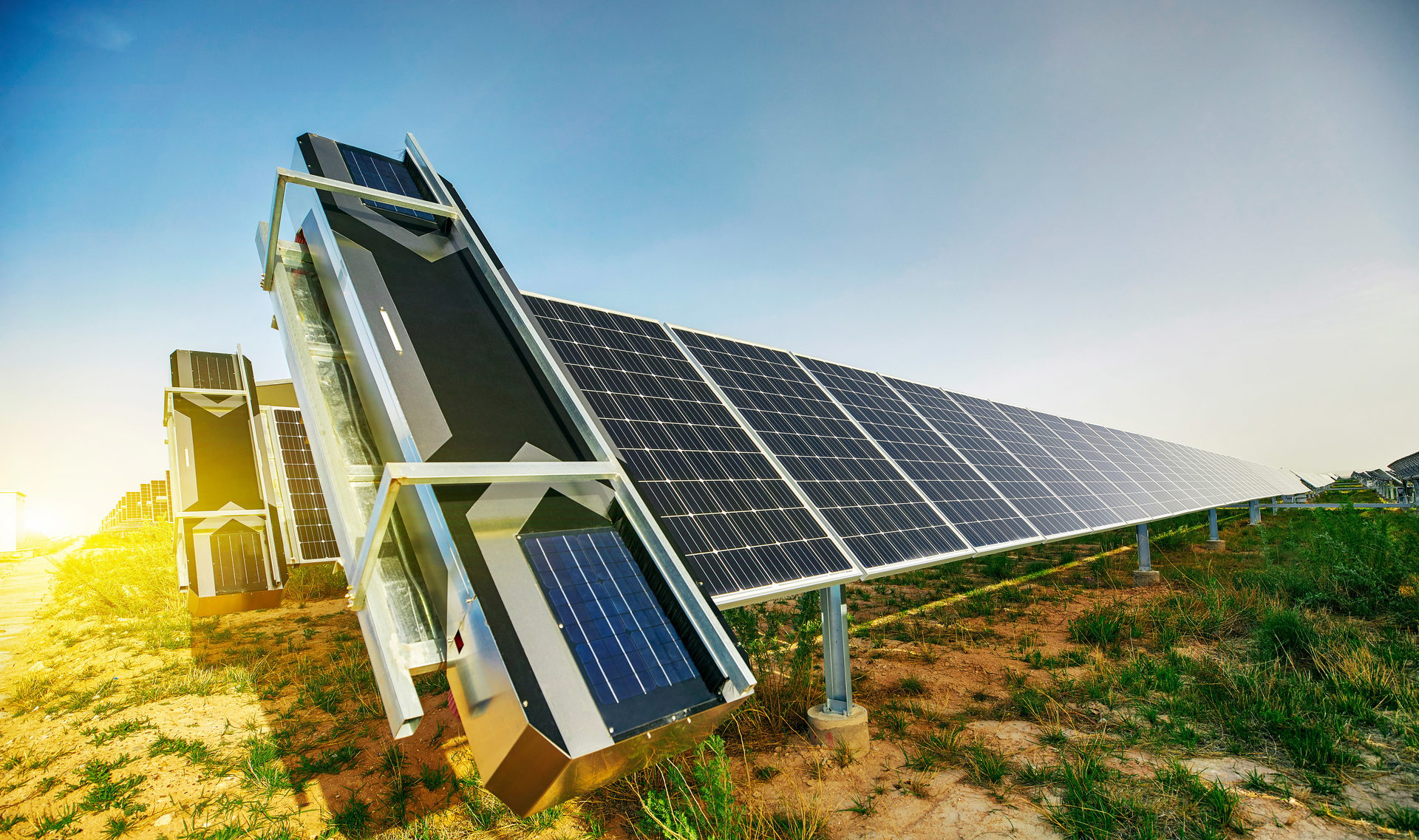
adani media networks
NDTV To Launch New Channels In Different Languages
NDTV, widely acknowledged as India's most respected television broadcaster, is planning to launch nine new channels in different Indian languages. This expansion will happen in phases.
The media firm will inform the stock exchanges about the launch dates of these channels once it obtains approval from the Ministry of Information & Broadcasting. Earlier, when the Adani Group acquired NDTV, Chairman Gautam Adani had said that NDTV would be assisted to grow even further.
“The Adani Group is privileged to further bolster NDTV with world-class infrastructure and talent and transform NDTV into a thriving multi-platform global news organisation,” Mr Adani had said.
On 30 December 2022, AMG Media Networks Ltd acquired a 27.26% stake in NDTV through its subsidiary RRPR Holding Private Limited, granting AMNL a controlling interest of 64.71% in the media company.

adani university
Adani University And Academy Of HRD Signs MoU To Collaborate On Research Programs
Adani University and the Academy of HRD (AHRD) signed a Memorandum of Understanding (MoU) for jointly offering certification programs, executive education, and higher degree research programs leading to doctoral degrees, inked by Prof Dr M Muruganant, Provost of Adani University, and Dr Rajesh Chandwani, Chairperson of AHRD. This partnership envisages benefiting the larger HR community and the future demands of HR.
Prof Dr M Muruganant said, “With the aim of enhancing learning and creating impact in society, Adani University has adopted a 3T framework – Translate, Transcend, and Transform to achieve excellence – and is proud to partner with AHRD in this journey.” The MoU provides the chance to gain global expertise and take advantage of a shared investment in time and resources.
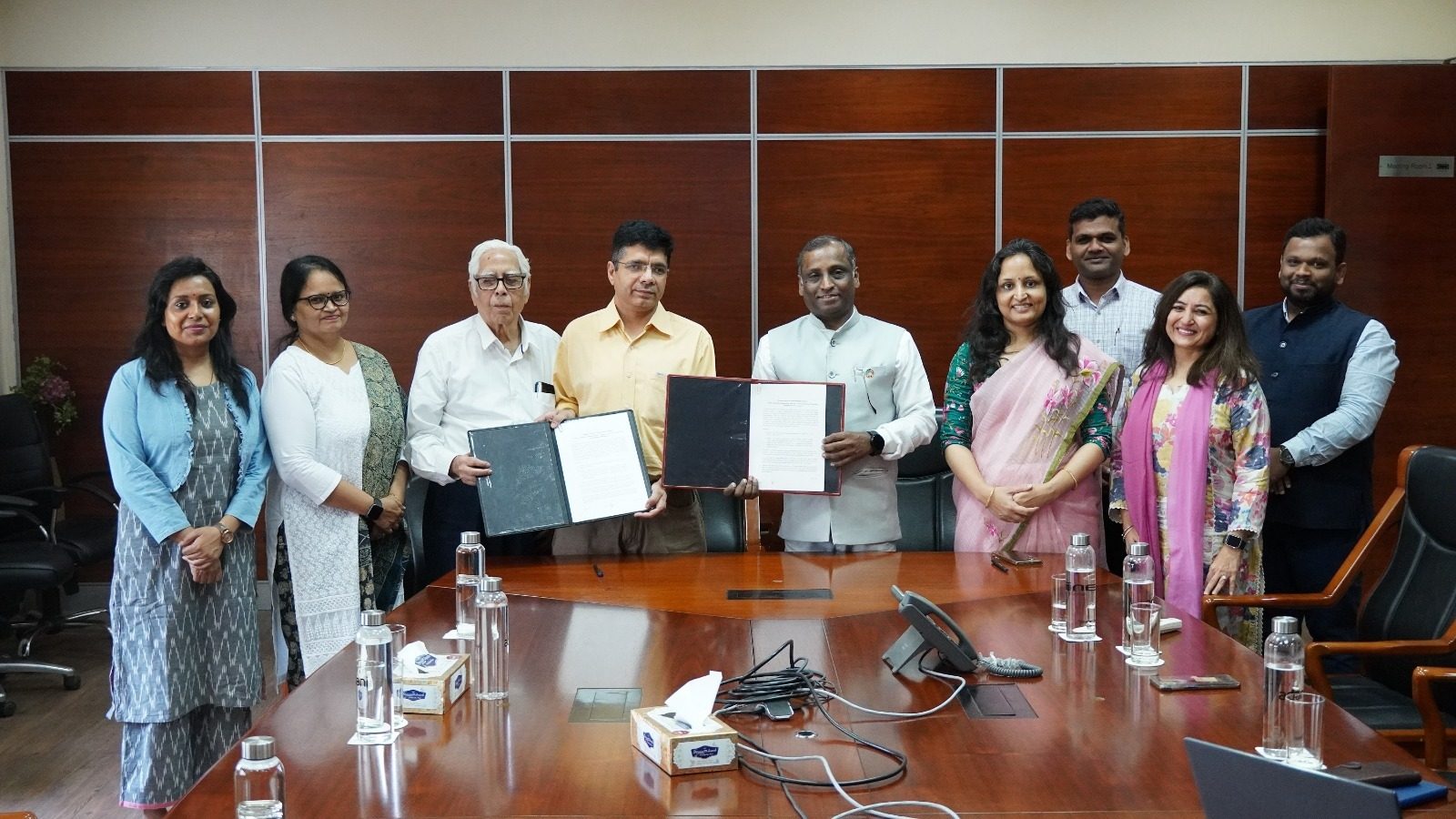
adani cement
Ambuja Cements To Expand Production Capacity By 14 Million Tonnes
Ambuja Cements Ltd is set to expand its blended cement production capacity by 14 million metric tonnes, as part of a previously announced plan to double capacity over five years. Ambuja placed orders to expand clinker capacity by 8 million tonnes at two units that would operate on green power or renewable energy and help increase production of blended green cement by 14 million tonnes, it said in a stock exchange filing.
The projects are expected to be commissioned in two years and will funded using internal accruals, it added. “These brownfield expansion projects are part of our strategy to double our production capacity over the next five years from the current capacity of 67.5 million tonnes a year,” Ajay Kapur, Chief Executive Officer of Adani's cement business, said, Ambuja, along with its subsidiary ACC Ltd, has a capacity to produce 67.5 million tonnes with 14 cement manufacturing plants and 16 cement grinding units across India.

adani group
LIC Looking At Profitable Growth In Market Share, Says Chairperson Siddhartha Mohanty
The rally in the Adani Group's share prices has provided a breather for Life Insurance Corporation of India (LIC), the country’s largest life insurer. LIC is a major institutional investor in the Adani Group and the market value of its investment has appreciated significantly in the last two months.
“We see the total portfolio growth in our basket. If that grows and we give decent return to all our investors, all our policyholders, then I think there should not be any concern,” clarified Siddhartha Mohanty, Chairperson, LIC, when quizzed about LIC’s specific investment in Adani.
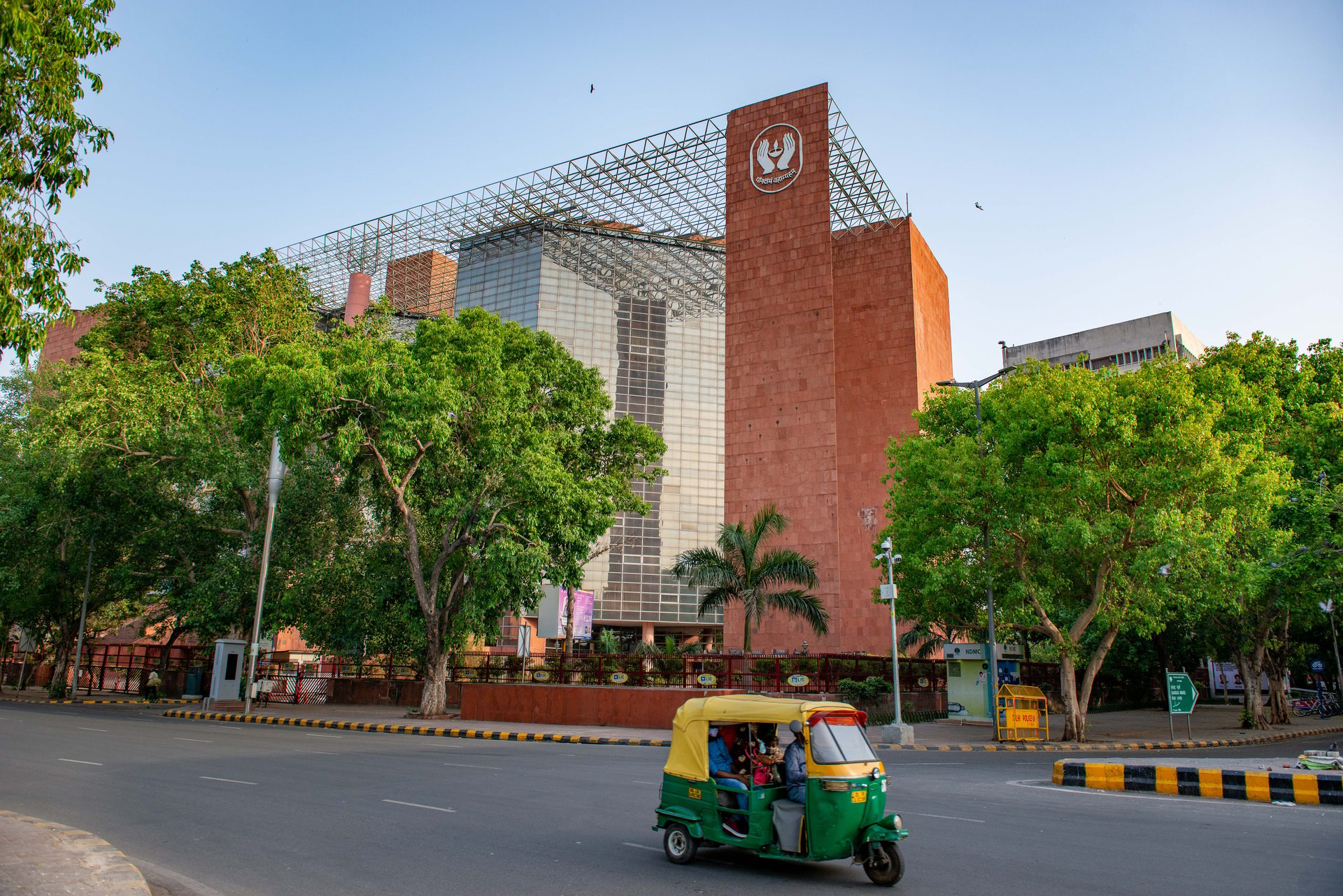
adani foundation
Community Empowerment Initiative Launched
In Vizhinjam
An aware community is half the battle won in the development process. In Vizhinjam, Kerala, the Adani Foundation has launched an initiative which will see volunteers make their communities aware of the various government schemes, their implementation and how they can avail their benefits.
For this, as many as 46 female volunteers in Vizhinjam are being trained to conduct awareness programs in their communities. The focus this year is to support at least 1,000 people to avail government schemes like Atal Pension Yojana, the Pradhan Mantri Jeevan Jyoti Bima Yojana and Pradhan Mantri Suraksha Bima Yojana to reduce their economic burden.
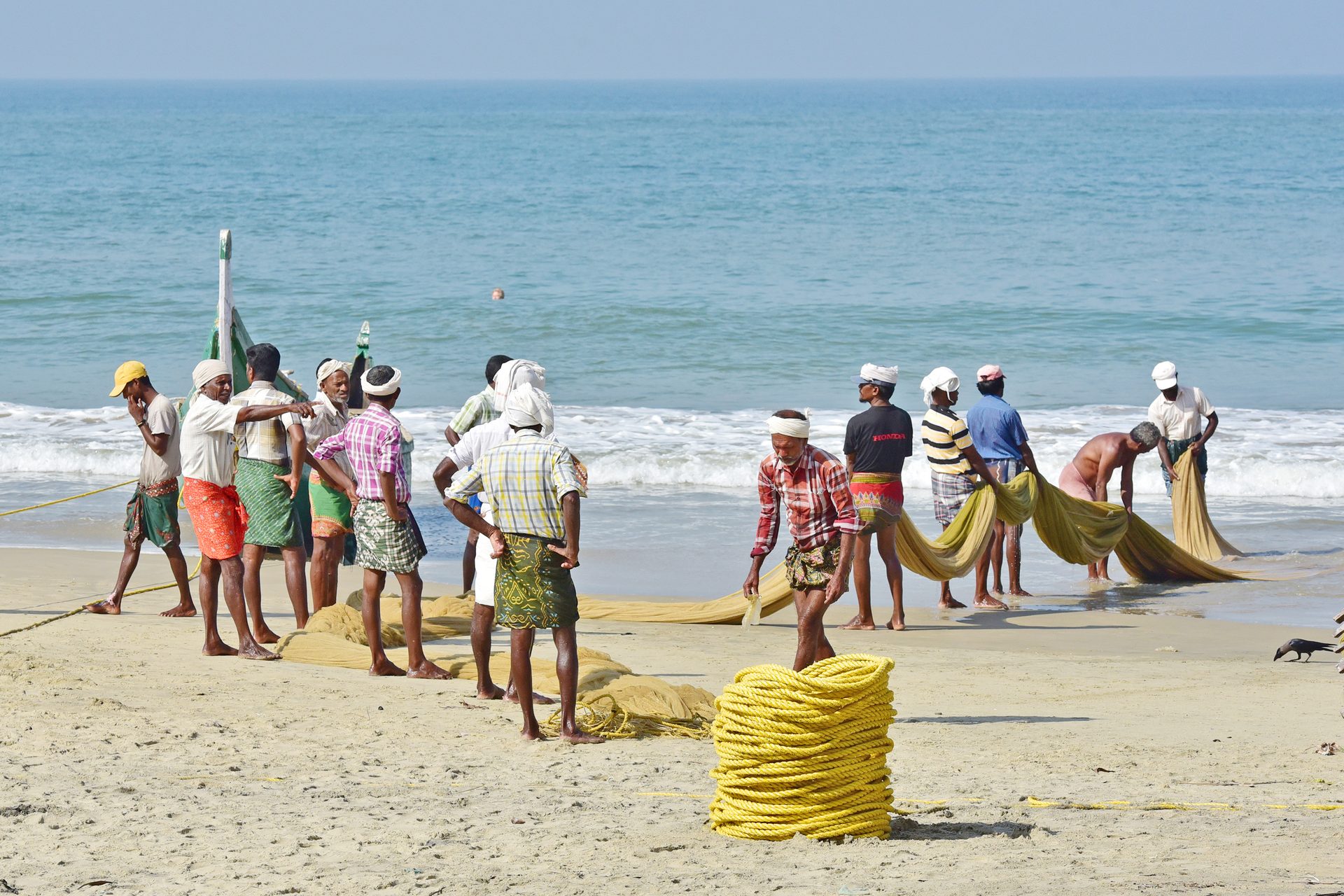
adani foundation
Adani SAKSHAM Launches Skill Centre In Metaverse
Adani Skill Development Centre (ASDC) was registered on 16 May 2016, as a not-for-profit company to skill India’s youth and contribute towards nation building. Marking the completion of seven years, ASDC has become the world’s first skill centre to enter the Metaverse, beginning by introducing two courses. With this milestone, the skill-development vertical of the Adani Foundation is furthering its mission of using cutting-edge technology to train future-ready professionals.
With Metaverse, ASDC is stepping into an exciting phase where knowledge, skills, and technology converge to create an immersive educational experience through virtual classrooms. Recognising the national urgency in healthcare and safety standards, ASDC has prioritised courses like General Duty Assistant (GDA) to support the healthcare and hospital industry, and Fire Safety in the Metaverse. In due course of time, more courses will be made available in a similar manner.
adani ports & sez
APSEZ Handles Its
Highest-Ever Rail Cargo Of Over 120 MMT
Surpassing its previous best of handling 98.61 MMT in FY22, Adani Ports & Special Economic Zone created a new record by handling its highest-ever rail cargo of 120.51 MMT in the financial year 2022-23.
APSEZ generated a record revenue of INR 14,000 crore for Indian Railways in FY23. Overall, there has been a growth of 22% YoY on the cargo handled by rail. In FY23, double-stack container trains handled by Mundra Port grew by 4.3% YoY.
Adani Ports and Special Economic Zone, a part of the Adani Group, announced that it had generated around INR 14,000 crore in revenue from rail cargo for the Indian Railways in the fiscal year 2023. The Company also said that its Mundra Port handled over 15,000 container trains in FY23, further cementing its position as India’s EXIM gateway.
Cargo at Adani’s Mundra Port Adds INR 80,732 Cr To Customs’ Coffers
THE cargo handled at Mundra Port, India's largest private port and owned by Adani Ports and Special Economic Zone (APSEZ), has contributed INR 80,732 crore to the coffers of the Customs department in FY23, compared to INR 60,945 crore in FY22.
According to company executives, with the rising traffic at Mundra Port, the Customs department is targeting to earn INR 1.15 trillion by the end of the ongoing fiscal year. Adani Ports and Special Economic Zone handled nearly a quarter of India’s port cargo, leading to the rise in Customs receipts, the executives said.
In the COVID-hit period ending March 2021, Customs receipts from cargo routed through the company’s port and inland container depots was
INR 41,110 crore.
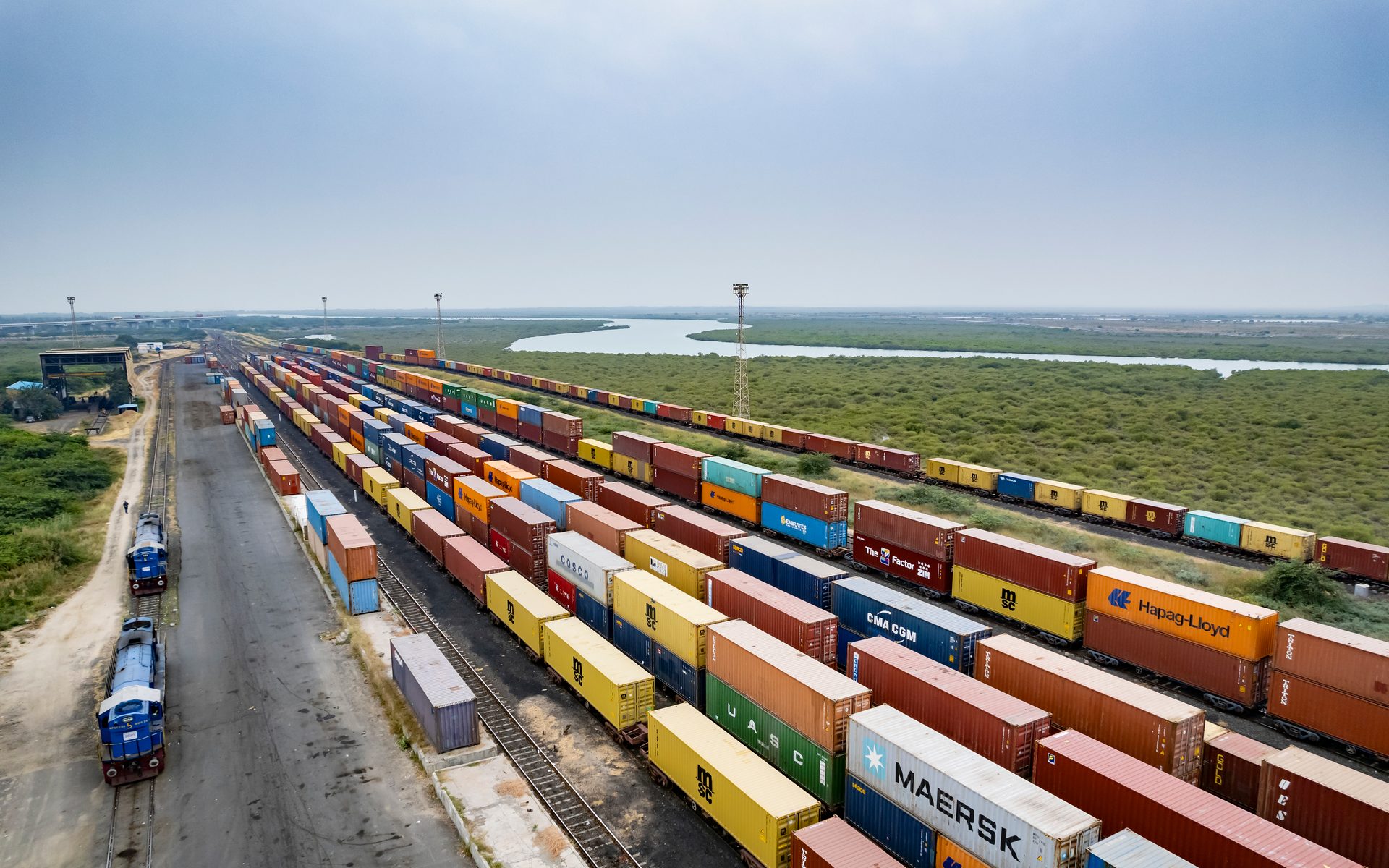
adani airport holdings
CSMIA & Mangaluru Airports Conferred Platinum Awards
At GAR 2023
As sustainability has always remained one of the important values of the Adani Group, the Chhatrapati Shivaji Maharaj International Airport (CSMIA), Mumbai, has been conferred with the prestigious platinum rating during ACI’s Green Airports Recognition (GAR) Programme 2023 in ‘over 35 million passengers per annum’ category. This award is a recognition of CSMIA’s ambitious mission to become one of the first airports to eliminate the use of single-use plastic by adopting a systematic approach and collaboration with all stakeholders.
Another Adani-managed airport, the Mangaluru International Airport (MIA) also received the platinum rating in the Green Airports Recognition (GAR) Programme 2023, in the over eight million passengers/annum category. The award recognises MIA’s continuous efforts towards eliminating the use of single-use plastic. The event, in its 18th edition, was held in Kobe, Japan.
CSMIA Introduces ‘Taxiway Z’ To Ease Operations
To boost sustainable airport operations, CSMIA (Chhatrapati Shivaji Maharaj International Airport), Mumbai, has commissioned a first-of-its-kind ‘Taxiway Z’, a strategically planned initiative, which is an extension of the existing ‘Taxiway P’ augmenting the airside efficiency and substantially lowers carbon emissions.
The new taxiway, which has been made fully operational, will make CSMIA the first in the Asian region to offer a flexible-use apron, allowing the taxiway and parking stand to be used interchangeably. Additionally, by cutting down the holding time for arrival aircraft, it is expected to result in a significant improvement in on-time performance by reducing the entry and exit time for the aircraft, thus benefiting both passengers and airlines alike. It will allow for a drastic cut in the total taxi time post landing and a reduced carbon footprint.

newsbytes
Filling Healthcare Gaps In Rural India
The challenge lies in bringing quality healthcare to the remotest regions.
Juhi Chakraborty
O
ne aspect that cannot be ignored about the Indian healthcare structure is the spectrum of contrasting scenarios. The remote reaches of rural India are a crucial area where medical and healthcare needs are massive and that is where the Adani Foundation is playing a vital role. The Foundation works towards improving access to quality healthcare services in remote regions for the most vulnerable sections of society through a network of health delivery mechanisms.
Mobile Healthcare Units
The difficulty increases when in a remote area, where there are many operational and logistical barriers. But, braving all odds and identifying the medical gaps, the Adani Foundation is currently running 17 Mobile Healthcare Units (MHCUs) across the country. Quality healthcare services reach the doorsteps of needy groups in the remotest villages. Armed with diagnostic tools and medicines, qualified medical professionals treat patients and refer those requiring further testing and care to the nearest medical facility. For instance, in Godda, Jharkhand, there are four MHCUs operating as of today.
Subodh Singh, the Adani Foundation's CSR Head in Jharkhand, says that the challenges are aplenty - infrastructural challenges, geographical challenges owing to undulating landscapes which resulted in a lot of time in commuting and frequent breakdown of vehicles, as well as communication challenges because of difficulties language-wise.
“Eventually, all these barriers were crossed and over 200 villages have benefitted. And, today, that is the reason trust has been established between the community and the Adani Foundation. They are very impressed that we have delivered what we set out to do,” Mr Singh adds.
In Dhamra, Odisha, there are two MHCUs and they have received positive responses from the community. In fact, there is a request and need to expand the MHCUs to other parts of Dhamra as well as to other locations across the country.
Health Camps
Providing the right health screenings and generating awareness alongside necessary treatment and referrals is another area in which the Adani Foundation has been working via health camps. According to the observations, general and specialised health camps for cancer screening, gynaecology, and paediatrics are also being held.
In Dhamra, the Adani Foundation organises free specialised mega health camps focusing on skin, ortho, paediatric, and O&G services as well as diagnostic, blood pressure and blood sugar checks, which are undertaken thrice in a year by inviting specialists.
In 2016, the Adani Foundation also began setting up multiple medical camps at various locations in Godda, Jharkhand, and there has been no looking back since then. Specialised camps were organised very frequently for problems related to gynaecology, paediatrics, ophthalmology, osteology and cardiology. But tackling diabetes and blood pressure was the main focus because, in the remote villages, most people did not know if they were diabetic or had BP issues.
Similarly, in Sainj, near Shimla in Himachal Pradesh, the Adani Foundation organises medical camps and provides full-time medical support to all the employees of Adani Agrifresh, labourers, packers, etc. and locals of the area as well as peripheral villages.
Rural Clinics
These clinics were initiated to provide healthcare services to the remotest areas of rural India with a vision to provide not only preventive and curative services but also support in as many forms and to as many people as possible. These clinics and wellness centres at various locations provide timely medical aid to patients. Rural clinics and wellness centres have considerably reduced travel time and expenses incurred by people living in the interiors of Mundra (Gujarat), Dhamra (Odisha), Krishnapatnam (Andhra Pradesh), and Surguja and Raigarh (both in Chhattisgarh).
Project Officer Manhar Chavda shares that the health situation in and around the villages of Mundra has considerably improved since the inception of these rural clinics in 2008-2009.
Currently, there are seven clinics in the area. “We identified areas where health facilities were not available and provided primary treatment. When the patient comes, a thorough check-up is done and we provide the medicines as per the requirement. We have a stock of around 94 different types of medicines and charge a nominal token fee of INR 20 as compared to the exorbitant price they would have to pay at city hospitals and clinics. The consultation fees at hospitals start at INR 200 and then there is an additional cost of medicines which goes up to INR 500. That means every patient saves an average of INR 500 when they visit our clinics,” Mr Chavda says.
Satya Ranjan Mishra, Unit CSR Head, Dhamra, says the wellness centre in the area provides basic facilities including diagnosis and also provides medicines.
“In July 2022, a physiotherapy unit was set up, which is another specialist service added to this. Subsequently, another specialised service was initiated twice in a month wherein specialised doctors from Bhubaneswar and Cuttack visit the wellness centre and examine patients. Other than the physiotherapy unit, every other service is free of cost. Even for physiotherapy, a very nominal amount is charged,” he adds.
At all rural clinics in the areas, along with general life-saving medicines and the medical equipment required for blood pressure check-up, electrocardiogram and random blood sugar testing facilities are available.
Hospitals
GAIMS, the Gujarat Adani Institute of Medical Sciences, is a first of its kind public-private-partnership (PPP) endeavour between the Government of Gujarat and the Adani Education and Research Foundation. Being the only medical college and multi-specialty modern teaching hospital in Kutch district, it serves a great purpose in the area. It prides itself in providing medical care at subsidized rates.
The Adani Hospital in Mundra is a 100-bed secondary care hospital catering to the healthcare needs of the local population of Mundra and its neighbouring areas. It provides financial assistance to the most economically challenged patients who are suffering from life-threatening diseases related to the heart, liver and kidney, and also to those with cancer.
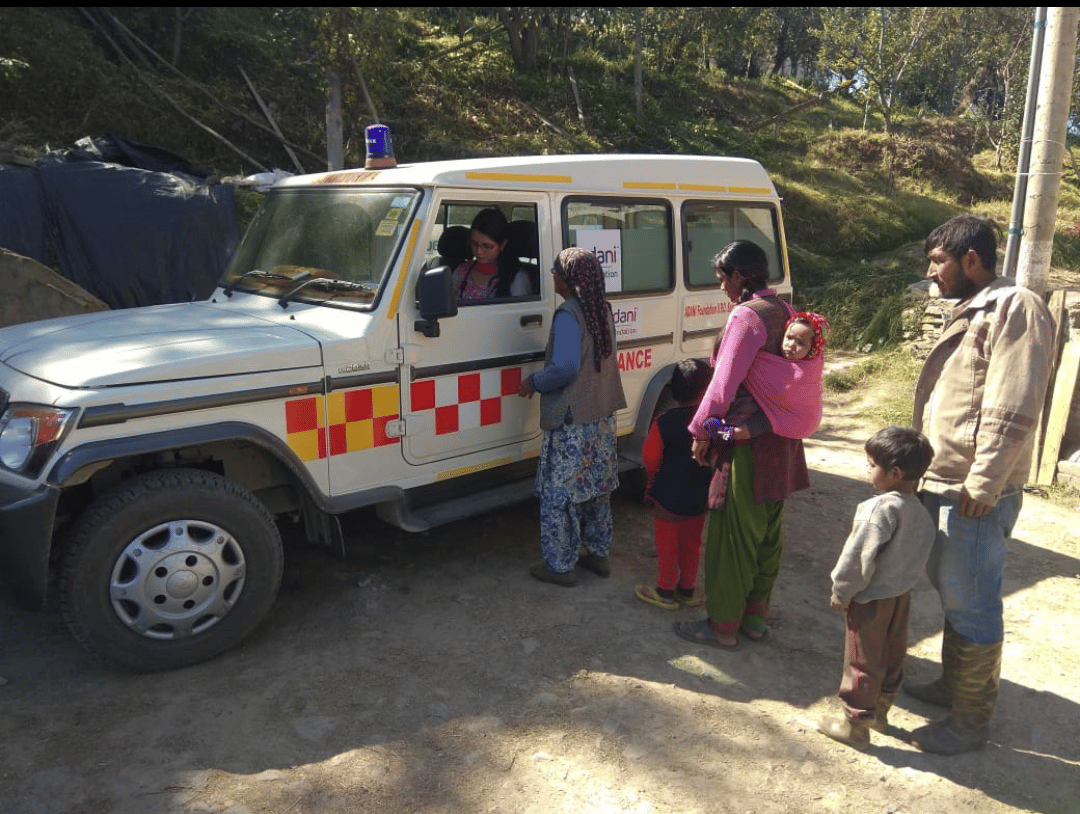
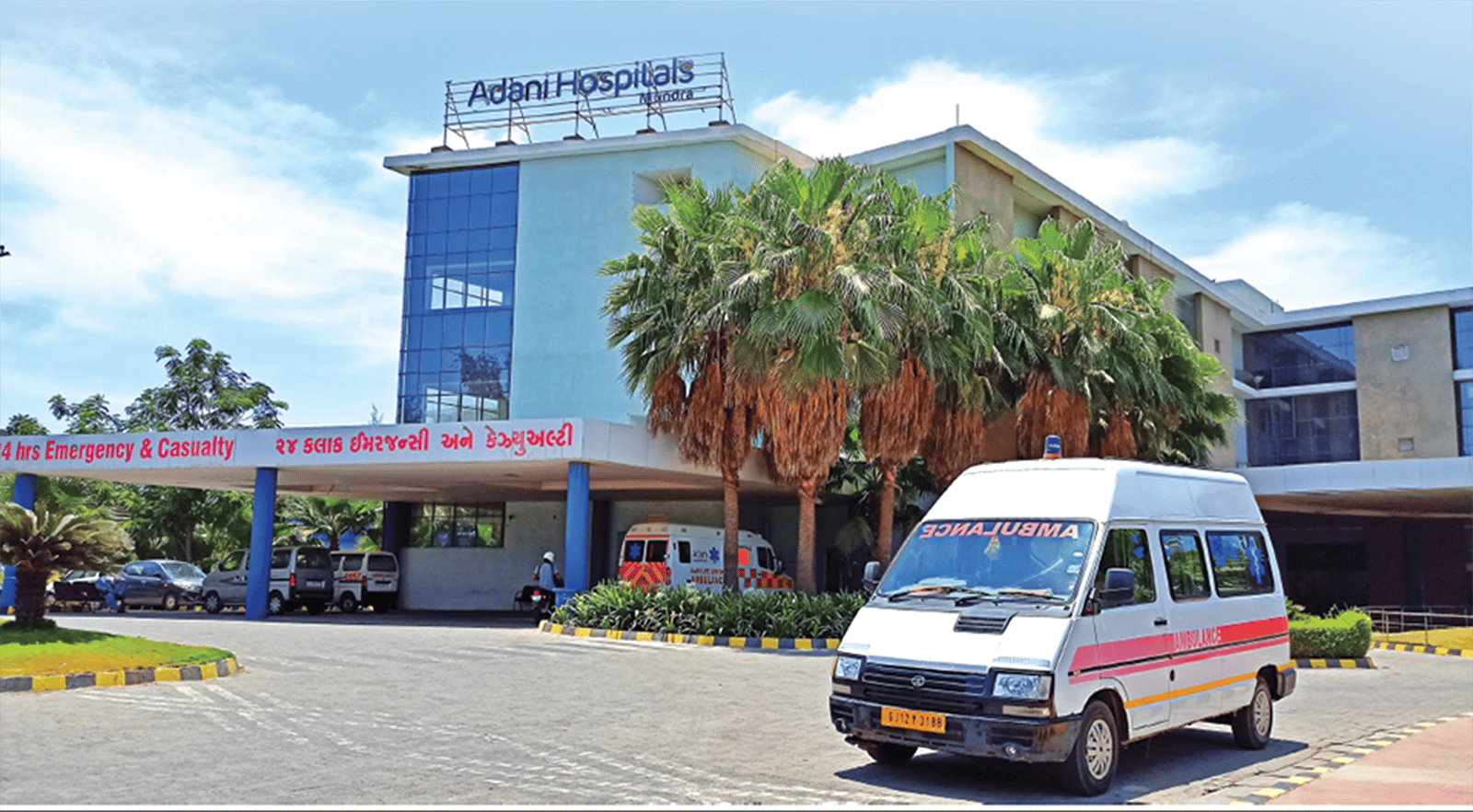
In FY 2022-23, 17 MHCUs covered 7,50,000 people. The MHCUs provided 3,58,434 treatments and healthcare services at 12 CSR sites across India.
In FY 2022-23, 490+ health camps directly benefitted 64,322 people. This includes general health camps, multi-specialty camps and eye check-up camps.
In FY 2022-23, 12 rural clinics and a wellness centre catered to 57,732 patients.
In FY 2022-23, Gujarat Adani Institute of Medical Sciences (GAIMS, Bhuj) registered 3.56 lakh+ patients in the Out-Patient Department (OPD)and 40,558 in the In-Patient Department (IPD). This year, the Adani Hospital in Mundra provided 46,135 OPD and 1,821 IPD services.
Newsmakers
Adani Vidya Mandir
AVMA Is Gujarat's First Private School To Collaborate With UNICEF
The collaboration aims to increase awareness about child rights.
Arpita Vadgama
I
n a one-of-its-kind collaboration, Adani Vidya Mandir, Ahmedabad, (AVMA) is joining hands with UNICEF to roll out the ‘UNICEF on Campus Knowledge Initiative’ for all the school students from June to December 2023. It is being implemented by the Gujarat office of UNICEF and the collaboration letters were signed at the AVMA campus.
Run by the Adani Foundation, AVMA provides free education to underprivileged students, through a system that perfectly blends modern technology and traditional values. The school also provides daily nutritious meals, books, transportation facilities and uniforms.
The ‘UNICEF on Campus Knowledge Initiative’ will create platforms and opportunities for the students to increase their awareness about child rights as articulated in the United Nations Convention on the Rights of the Child. It will also focus on areas such as climate action, life skills, body positivity and self-esteem, nutrition, anaemia, online safety, financial literacy, and ending violence against children, among others.
“Adani Vidya Mandir, Ahmedabad, managed by the Adani Foundation, is pleased to collaborate with UNICEF and curate this immersive learning experience for its students. Through the multitude of interactive sessions and speaking opportunities, our children will get great exposure to develop themselves as aware and responsible citizens,” said Dr Priti Adani, Chairperson, Adani Foundation.
Shilin Adani, Trustee, Adani Foundation, congratulated the AVMA team for being the first private school in Gujarat to collaborate with UNICEF. This collaboration will contribute to creating a unique model in Gujarat, furthering the cause of quality-cum-holistic education. The programmes are set to be organized with Elixir Foundation and other partner organizations.
“UNICEF is delighted to roll out the ‘UNICEF on Campus Knowledge Initiative’ in AVMA. It is a unique model focused on the development and participation of the children, aligned to the UN Convention on the Rights of the Child & the RTE Act guaranteeing access to quality education for all children. It aims to create platforms and opportunities for children to increase their awareness about child rights, engage them in strategic campaigns and amplify their voices through on-ground and online activations and channels. I congratulate Dr Priti Adani and Mrs Shilin Adani for their leadership, commitment and vision to ensure quality education,” said Prasanta Dash, Chief, Gujarat Field Office, UNICEF.
The initiative aims to engage children through innovative and strategic digital and on-ground campaigns, capacity building sessions as well as lecture series and talks with young leaders and influencers. UNICEF and AVMA will analyze the impact of this collaboration at the end of the year and consequentially, may agree to extend and expand this collaboration for the coming years.
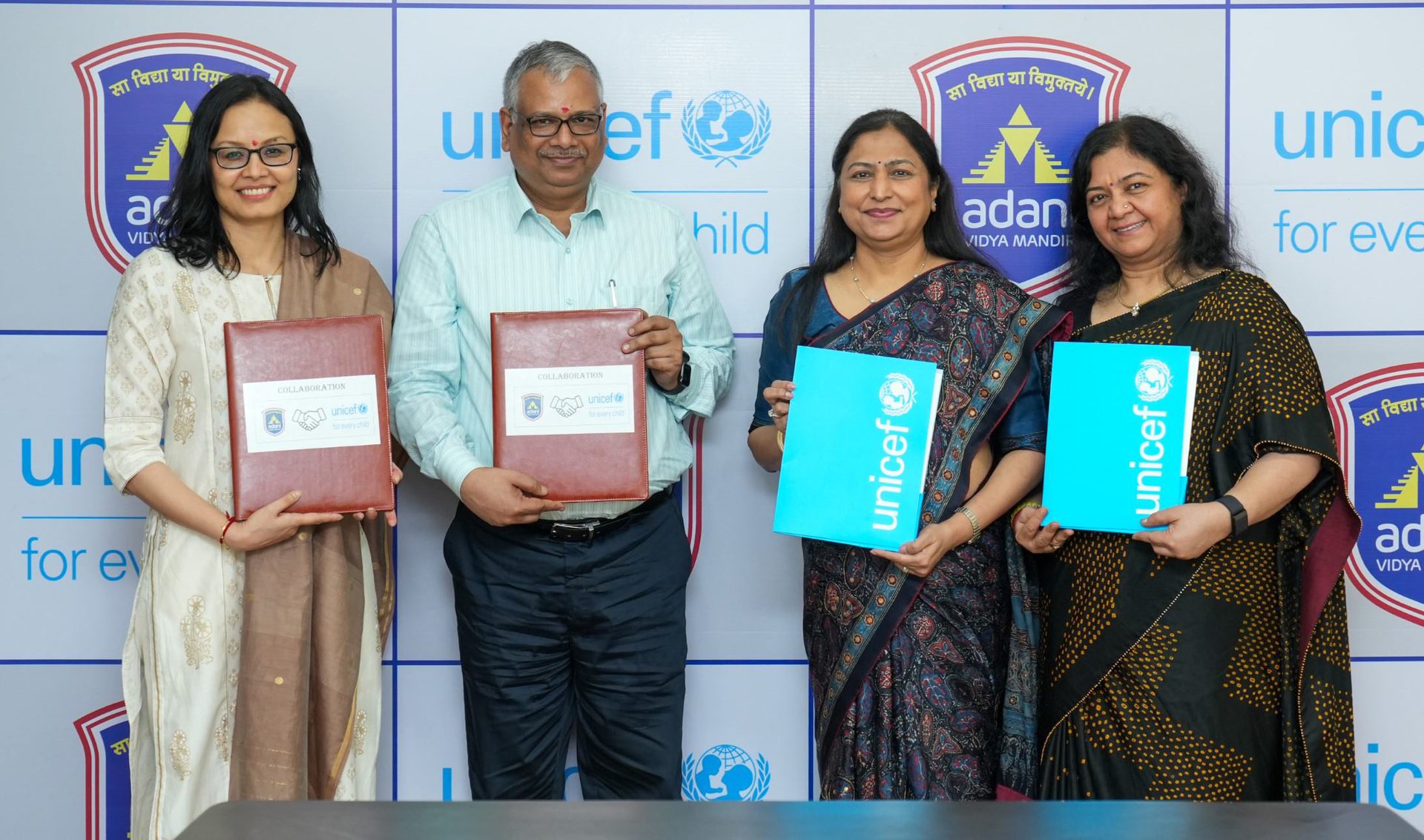
from the chairman
“There Has To Be A More Equitable Way.”
The prosperous man in the brightly lit home with more than one car in his driveway cannot insist that the poor farmer give up his only cow and keep his house dark to save the earth from greenhouse gas emissions. There has to be a more equitable way.”
Excerpts from Chairman Gautam Adani’s Keynote Address at the JP Morgan India Investor Summit.
Across the world, much has changed – and much is changing. The pandemic and the conflict in Europe have cast the global economy into unprecedented turmoil. And if those were not enough, another challenge looms ahead of us. After the bursting of the dot-com bubble in 2001, the bursting of the US housing bubble in 2007, and the rise and spread of COVID-19 in 2020, we now have to collectively confront and manage the crisis of climate change.
Some people rightly call this crisis a green swan event and define it as risks we humans have created for ourselves by sub-optimal management of ecosystems that, in turn, is destabilizing global climate. The essential difference between a green swan event and a black swan event, like a pandemic, is the certainty in the green swan risks materializing, the certainty that they will be of much larger magnitude, and the certainty that the specific outcomes will be less certain. What makes this crisis trickier is how scientists model climate change risks, and how risk managers factor them into their financial models. With no set models, global finance is being impacted in multiple and yet-to-be-understood ways.
What is certain though is that managing the climate crisis will require the countries of the world to unite, perhaps like never before, and work together. Climate change is a complex and exponential multiplier that accelerates the existing challenges that humankind faces and makes them all worse. The biggest of these challenges is that, without effective global unity and coordination, the massive and growing inequality between the haves and have-nots will be irreversible. Let me talk about the challenges from India’s perspective.
There is stubborn resistance to the idea that if developed economies do not bear their share of responsibility, developing economies will have to deal with extreme climate impacts at the expense of their own development. This effectively means those who bear the brunt of climate change will also be the poorest. Therefore, the biggest balancing act will be the coordination between the governments of the developed and the developing world. I can already see the possibility of developing economies being asked to sacrifice their growth to stay aligned with the climate goals of developed nations. This, surely, would be unacceptable and so must be collectively addressed.
A 2019 Stanford University study, published by the prestigious journal, the Proceedings of the National Academy of Sciences, summarizes this point. The study found that the gap between the world’s poorest and richest countries is about 25% larger today than it would have been without global warming. It also showed that India’s economy is 31% smaller than it would have been in the absence of global warming. These are terrible statistics that we must find a way to reverse. Here, I will make two observations and one suggestion that may be unpopular with some advocates of climate reform.
First, those criticising the pace of climate reform in countries like India must remember that the economic and industrial might of the West sits on a carpet of carbon soot several centuries deep. A hundred years ago, today’s climate reformers were burning over 800 million metric tonnes of coal – that is more coal than what India produces today! From pre-industrial times until now, India accounts for only 3% of the extra carbon in the atmosphere and will eventually end up consuming less than 8% of the entire remaining carbon budget. All this is while supporting one-sixth of the world’s population and being one of the fastest growing markets in the world.
Second, those criticising our reluctance to directly adopt western advice on climate change must deeply consider the disparity in the situation. It is impractical to suggest alternatives that the developing world does not have, cannot use, and cannot afford. When electricity accounts for about 30% and transportation 29% of the carbon footprint compared to agriculture, which accounts for just 10% of all emissions, it is a paradox. The prosperous man in the brightly lit home with more than one car in his driveway cannot insist that the poor farmer give up his only cow and keep his house dark to save the earth from greenhouse gas emissions. There has to be a more equitable way.
In India, more than a quarter billion households and millions of small businesses that generate jobs rely on the availability of cheaply produced electricity. To switch off that power source without an economical alternative in place would put hundreds of millions of people on an accelerated path to darkness – and there are several other nations in the same situation. This is not about pointing fingers but an essential perspective we must collectively keep in mind as business and political decisions are made across the world to tackle the climate crisis.

The worst-case scenario would be that, in following our need to become green, we adopt a structure that deprives a developing nation’s people of hope and of opportunities to better their lives. If so, the search for sustainability will in itself become unsustainable.”
Well-intentioned and necessary pacts and agreements should be careful not to compromise the principle of international fairness. The worst-case scenario would be that, in following our need to become green, we adopt a structure that deprives a developing nation’s people of hope and of opportunities to better their lives. If so, the search for sustainability will in itself become unsustainable.
I am in absolute agreement with the science that states climate change is a clear and present danger. I also firmly believe that it is science that will help us find an optimal path towards a win-win solution.
In the context of the two observations I made, there will have to be a tapered approach – one that moves the solution down a slope rather than off a cliff. The path forward must include an international accord that is implementable, accountable, and considers the individual situation of each nation. It must factor in the rates of projected per capita emissions and a mix of incentives and penalties that would ensure that every country does its part. After all, we now remain awake to the fact that, much like the rampaging coronavirus that knows no borders, a carbon dioxide molecule too respects no borders.
While I have laid out the challenges, as an entrepreneur I also see hope on the horizon. This comes from my appreciation of the market forces that have started pointing towards the economic opportunities arising out of the global effort to combat climate change.
I believe that these opportunities will equate to trillions of dollars over the next two decades, as technologies evolve rapidly. These include next generation high-efficiency solar panels, new materials that make massive offshore wind turbines affordable, mainstreaming of carbon capture technologies, various fit-for-purpose battery technologies, smarter and distributed grids, green hydrogen technologies, electric vehicles, plant-based meats and much more.
I also believe that the advances in digital technologies and machine learning will further stimulate innovation across every single one of these technologies and create their own markets.
The sheer power of the economies and policies that will back these developments can compress the timescale required to achieve global energy transition goals.
No doubt, several existing industries will be disrupted, and made redundant, but at the same time new industries will be created. There is also a real possibility that the marginal price of green power will drop steeply in the future as technologies mature and economies of scale kick in. This will enable the next big manufacturing boom which, in turn, will create new jobs. This is what we should all collectively be aiming for to create an equitable tomorrow. It will not be easy but as the great poet Antonio Machado said,
“Hey walker, there is no road here.
The road is made as you walk’.
The Adani Group remains aligned with India’s position on sustainability. We will exceed the goals, including India’s NDC target of achieving 33-35% intensity reduction. We are also confident that our integrated value chain, scale and experience puts us on the path to be the producer of the least expensive green electron anywhere in the world.
Today, the Adani Group is already the world’s largest solar power player when we account for our generating, under construction, and contracted projects. We have done this in just two years and our renewables portfolio has reached our initial target of 25 GW a full four years ahead of schedule. This puts us well on track to be the world’s largest renewable power generating company by 2030. Our actions clearly indicate that we are putting our money where our mouth is.
It’s not just us.
Others too among India’s strongest conglomerates have announced significant plans in the renewable energy space. As the nation’s industrial giants pool its resources together, I have very little doubt that India will continue to be a beacon of hope in the mission to build a more sustainable world. India is in a position to set an example for most major nations of the world to follow.
I remain optimistic all of us will emerge stronger and the next 12 months will lead to a world that is more understanding, more cooperative and believes in the power of collaboration.
esg special
“I Was The First.”
My story must be told. Someone must tell it. The transformation began with me. I was the first in the journey from wasteland to forest, the journey from one to many.
environment
Dipika Rathi
I
stand tall in the dusty, windswept land of Rajasthan. I was planted by someone, just five years ago. At first, I thought I would not survive the night as I was parched and lonely in a wasteland. Stumped? Of course, I have emotions, can feel pain, and like to stand close to another and cuddle. I am a living tree.
But there I was lonely. As much I could sway to watch, I could see drought-struck pastures and eroded valleys. I had no hope of surviving there.
As the days passed, I started growing limb by limb. I multiplied and, with tender care from the local women, I was joined by more than thousands of various plants, trees, and shrubs. Together, we grew and collectively brought in lovely shade and amazing colour in all seasons, and also became home to hundreds of birds and animals over the years.
I watched the park grow in awe, each day, from day one. Little did I know that I was the start to what is today one of the most diverse man-made parks across the country. Meet me, I am the Peepal tree, popularly known as the Bodhi tree. In this forest, I am the Mother Tree. This forest has given me a spirit, a wholeness and, importantly, a reason to be.
Today, we are soaring columns of living wood drawing the eye upward to our outspreading crowns, but the real action takes place when animals and birds hug us, live within and on us. Monkeys swing from us with their tails. Geckos, frogs, squirrels, lizards, and mice glide in glee to descend, tickling us. Our small limbs carry the nests for small birds like sparrows, parrots and greater coucal. Larger limbs are for the heavy nests of the owls and crows. We also have holes in the trunk for homes for squirrels and other forest dwelling creatures, or cavity dwelling birds like the Indian roller and woodpeckers. Tiny twigs are taken by the hummingbirds to build nests hidden by leaves to protect from the weather. We have an entire world living in us. We are a vital habitat for countless species. Imagine the power of a tree. A forest has even more!
It’s a matter of pride that I am a part of this magnificent man-made forest teeming with the huge diversity of life. It is a result of strength, hope, resilience, love, kindness, laughter, and above all else joy—both ways.
We are resilient but not invincible—and we need your help. We deliver for the humans—from eating greenhouse gases that cause climate change, to cleaning the air for them to breathe, to providing a home to the wildlife we equally adore, to cooling down temperatures and filtering the water for all to drink—but we need your help to thrive.
If the humans of Rajasthan could convert a wasteland into an urban forest, people everywhere can do so much more. I want my story to persuade the old, the young and everyone in between to sow at least one seed. Plant more of us, protect and restore old forests for we are the most precious gifts for your own family tree—for your children and their children—to ensure life's continuity.
esg special
From Wasteland To Green Land
A barren, desolate stretch of land just a few years ago, the Biodiversity Park in Rajasthan's Kunjer Village is now a dense forest and home to many endangered species of birds and animals.
environment
Dipika Rathi
I
n the village of Kunjer, nestled in Rajasthan's Baran district, a green stretch of land shimmers like a mirage in the desert. Hardly five years ago, this was little more than 50 barren hectares of land in India's most arid state. Today, it is a famous Biodiversity Park, the stunning showpiece of a state government initiative supported by the Adani Foundation, although it is the collective effort of the villagers that deserves the most praise.
Apart from its natural beauty and its environmental benefits, this land gives so much back — from providing employment opportunities, to being a learning medium for students, to becoming home to several endangered species of birds and animals – the benefits have been limitless. There are more than 17,000 trees in full bloom in the park, including orange, guava, papaya, rudraksh, tamarind, rosewood, olive, plum, fig, neem, bamboo, babul, arjuna, lime – all of which fill the park with beauty and fragrance. The forest is an emerald carpet. Among the shrubs and trees in this manmade spread are many plants of medicinal value. Attractive signs posted around the park offer concise lessons in the properties and features of these herbs, plants and trees.
Greenery aside, one can only marvel at the mounds of honey in the many beehives and also the bevy of birds—cuckoos, mynas, sparrows, crows—that make the park their home, indulge in endless chatter, a cacophony that soothes weary human spirits. The park attracts researchers, bird watchers, scientists, environmentalists and nature lovers as easily as it attracts wildlife.
Amid the dense forest cover, the more unusual varieties of flora and fauna, visitors to the park are also treated to the more familiar sights of hyperactive squirrels, frolicking monkeys, and dancing peacocks. A space for flourishing nature, the biodiversity park also functions as a normal tourist draw, with an open-air gym, walking trails and cafes. It has become a place for people to gather and socialise, as well as to learn what it means to live in harmony with nature.
The women of Kunjer have played a particularly prominent role in the development of the park. Local women sowed seeds, constructed trench walls and waterbodies, and created the conditions in which a forest could flourish. With the active support of the local government and the Adani Foundation, Rajasthan’s Kunjer village provides a standout example of how community participation can make life more rewarding for everyone.
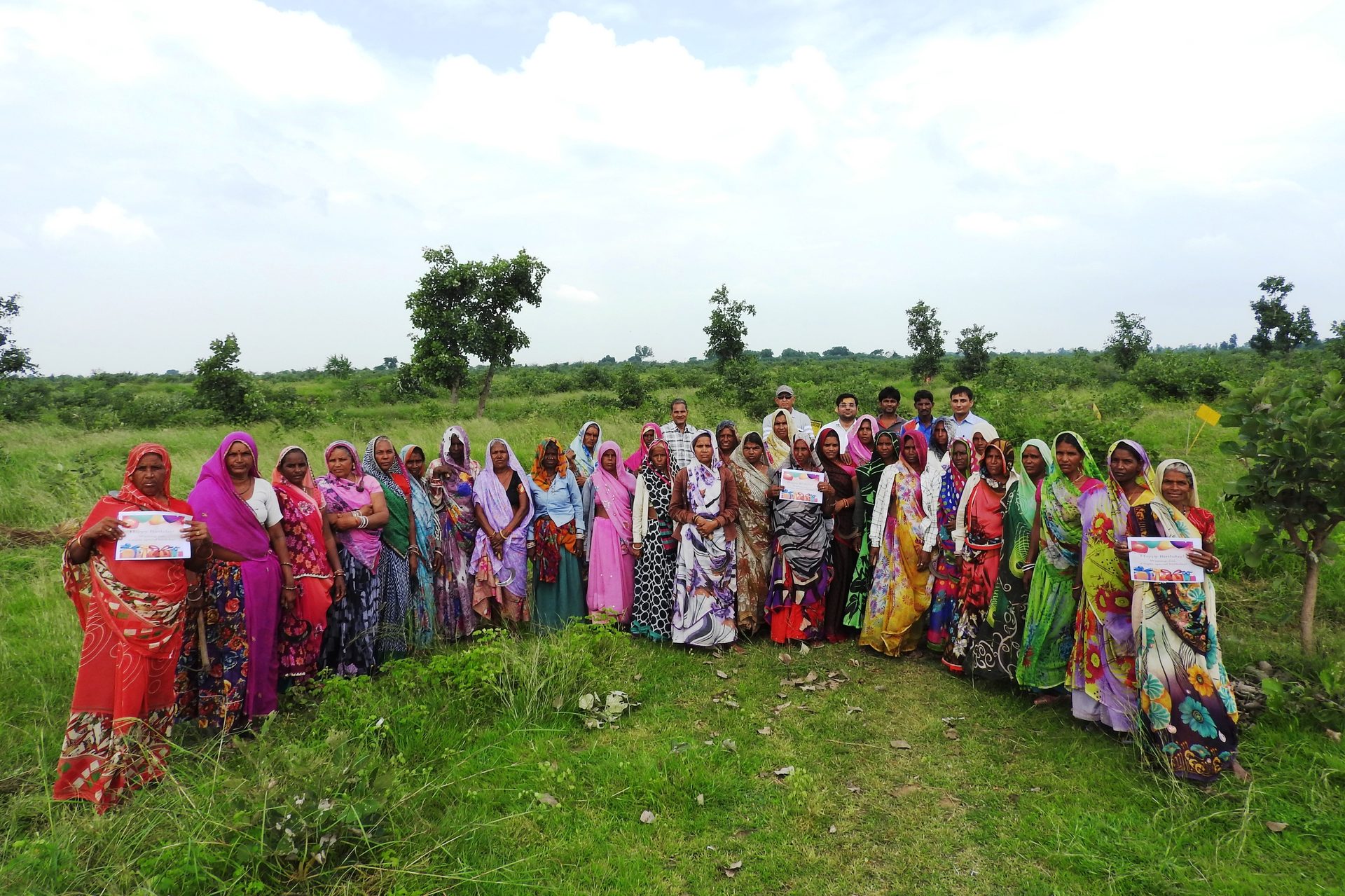

esg special
Keep it green
A green corporate movement is creating an innovative platform to focus attention on energy conservation and environmental issues.
environment
Juhi Chakraborty
C
limate change, deforestation, global warming, pollution – these terms have become part of our daily conversations. But increasingly, scientists and researchers say that these should not be just conversation topics. Instead they say, it is important that everyone be informed about our natural surroundings, and understand how our actions affect the well-being of our local and global environments.
That is what the Greenmosphere team has been working on. Launched in 2021 by Adani Total Gas Ltd, a joint venture between the Adani Group and Total Energies, Greenmosphere is a green corporate movement that targets afforestation and outreach to millennials by creating a platform for spreading consciousness on energy conservation for our community circle.
When it comes to understanding environmental issues, a good place to start is at school, where students can learn something from eco actions, which have been tapped via Greenmosphere. The Green Millennials platform spreads knowledge among millennials across schools and colleges. This runs as a structured program based on green technology, energy efficiency and conservation with deep empathy for sustainable living.
Under the Greenmosphere Project, ATGL has partnered with CERC (Consumer Education and Research Centre) and launched an ATGL Greenmosphere Students’ Club for students of 30 selected schools with an engagement of 4,250+ students. The value and belief system for a better future starts by educating and implanting the seed of optimal techniques and environmentally conscious choices, along with engaging activities through which they will learn and develop towards a greener future. Also, the Green Millennials Achievers Award has been constituted, which is an interschool competition for the Greenmosphere Students’ Clubs.
As part of Greenmosphere, ATGL has also been developing a Biodiversity Park at Gota in Ahmedabad in collaboration with the AMC (Ahmedabad Municipal Corporation). Spread across 36,200 sq m, the Park, whose foundations were laid on World Forest Day 2022, uses the Miyawaki methodology to help grow self-sustaining dense forests where two to four trees are planted in each square metre. The forest area will help lower temperatures, reduce air and noise pollution, and become a habitat for birds and insects. It will also act as a carbon sink. Besides attracting a variety of birds, the park also provides an ideal ecosystem for aquatic animals.
This project is aligned with several Sustainable Development Goals (SDGs). The overall project will see a healthy participation of women with 1:1 male/female employee ratio. This is aligned with SDG 5 which calls for achieving gender equality and empowering women and girls. The nature of ATGL’s business is about ensuring access to affordable, reliable, sustainable, and modern energy for all, which makes it compliant with SDG 7. The entire park is designed in collaboration with students of the Unitedworld Institute of Design (UID), Karnavati University. The park has adopted permaculture technique that eliminates use of any chemicals or inorganic nutrients and improves soil and plant health by natural composting of fallen plant parts like leaves, twigs, fruits, seeds, etc. The benches, pathway and other installations will be made from waste or recycled material, in alignment with SDG 12, which is about Sustainable Consumption and Production Pattern.
Additionally, the 1,536 metric tonnes of oxygen generated per annum because of the 2.5 lakh trees is aligned with SDG 13 which seeks urgent action to combat climate change and its impacts.
Gota’s Biodiversity Park is set to attract people from all walks of life, and go a long way in fulfilling SDG 15, which envisages communities to protect, restore and promote sustainable use of terrestrial ecosystems, sustainably manage forests, combat desertification, and halt and reverse land degradation and halt biodiversity loss.
esg special
In Carmichael,
A Little Bird
Is Thriving
Three years of expert on-the-ground science reveals that the native Black-throated Finch is thriving at the Carmichael mine.
environment
Andrew Strutton
B
ravus Mining and Resources, part of the global Adani Group, has used the latest findings from three years of expert on-the-ground research to update its Black-throated Finch Management Plan, which is one of the many State and Commonwealth regulatory documents that form the operation’s rigorous environmental approvals. The research, the world's first on the Black-throated Finch, has found that populations of the bird are thriving at Bravus Mining and Resources’ Carmichael mine in Australia's Queensland.
The number of habitat condition monitoring sites has now reached 40 under the revised Management Plan. The research ecologists will add motion-sensing cameras at water troughs and small water bodies to the cutting-edge bioacoustics and automated radio telemetry tech that are already in use. The time researchers spend watching water sources has also been amended from 9am to midday. The results showed a vast majority of birds coming to drink. The team will now use the earlier hours of the day – when the birds are foraging for grass seed – to gather extra behavioural data that is used to inform land management activities.
The updates to the Management Plan were made in consultation with the Queensland Department of Environment and Science, and with feedback from the Black-throated Finch Recovery Team.
In all, the amendments build on the thousands of hours Bravus Mining and Resources has spent monitoring the species within the non-mined areas of the company’s leases and the 33,000 hectare conservation area over a total of 12 years.
Mick Crowe, Chief Operating Officer of Bravus Mining and Resources, said the data collected to date from 449 individual birds fitted with a radio transmitter or uniquely identifiable coloured band showed that the populations of finches local to the mine were doing well.
“The Carmichael mine has some of the strictest environmental conditions of any resources project in Australia’s history," said Mr Crowe. "As part of those conditions we developed a targeted Management Plan to protect the local Black-throated Finches and their habitat. The research we have done over many years now shows those plans are working and the finches are thriving.
“Importantly, the work we are doing is also unlocking new scientific understanding about the species that the Queensland Government and others can use to improve management of finch populations elsewhere in the state. One example is that cultural fire burning practices, which we conduct in partnership with First Nations business Woongal Environmental Services, improve finch habitat by encouraging the regeneration of important finch food species," added Mr Crowe. “As we better understand the ecology of this fascinating native bird, it’s only appropriate that we use that knowledge to update the Management Plan to ensure it continues to be world’s best practice, and that’s what we’ve done here. Queenslanders can be confident we are mining in a way that is responsible and protects the environment so we can continue to create local jobs and business opportunities for generations.”
cover story
Growth with greenery
On World Environment Day, we take a close look at the best practices on which the Adani Group has successfully laid its ESG foundations.
Team ESG
F
or any corporate, one of the greatest responsibilities is attending to the conservation and restoration of the environment in which it operates.
Every year World Environment Day is observed on June 5, to create awareness about climate change. Over the years this movement has also encouraged people from all walks of life to initiate a dialogue and work towards sustainable solutions.
This year's theme for World Environment Day 'Solutions To Plastic Pollution' is not just about the excessive use of plastic and the problem of plastic waste, but also its production and the disposal of the material through incineration.
Over the years every business vertical in the Adani Group has strived towards their commitment of exercising sustainable business practices. The focus has also been on balancing economic growth with environmental protection and social responsibility.
“Climate change and global pandemic worries have accelerated ESG-driven economic transformation," says Prof Arun Sharma, Group Head, Sustainability and Climate Change. "Each Adani portfolio business is committed to decarbonisation, by improving operational emissions efficiency and, where possible, through the electrification of operations and use of biofuels. We have implemented robust systems and policies to manage environmental impacts, climate-related risks and opportunities that contribute to nation building,”
Let's take a look at some of the environmental initiatives by the Group.

Environmental Initiatives
Going Plastic-Free
To facilitate a plastic-free workplace, the Group has conducted awareness campaigns, regular workshops and training sessions for its employees to make them aware about the detrimental impacts of plastic and to promote sustainable alternatives at office premises across the country.
Sustainable Water Practices
Businesses in the Adani portfolio are committed to minimise the environmental impact of operations through sustainable water practices. The pillars of these management practices at Adani are:
- Recycling of treated wastewater
- Harvesting of rainwater
- Conservation of water resources
- Zero discharge of wastewater
Water Sustainable Initiatives
- Adani Solar, AWL, APSEZ & ATL use treated sewage for watering the green areas.
- ATGL has rainwater harvesting systems at all city gas stations.
- AGEL has rejuvenated four village ponds in Jaisalmer, Rajasthan. It is also water positive at its 200+ MW capacity sites.
- AWL has Zero Liquid Discharge facilities across nine sites.
Adani Wilmar
Adani Wilmar, the commodities business, collected 70% of the plastic used under the Extended Producer Responsibility (EPR) through registered vendors in FY23. The plastic pouches used by Adani Wilmar for packing of edible oil are recyclable with no additional cost to consumers.
Adani green energy
All Adani Green Energy operating locations achieved the SUP-free (Single-Use Plastic) certification, awarded by the Confederation of Indian Industry (CII).
Adani Power
Seven out of eight operating power plant locations are certified by CII as SUP-free as of FY2021-22.
Growing 100 million trees by 2030
Net Zero Targets
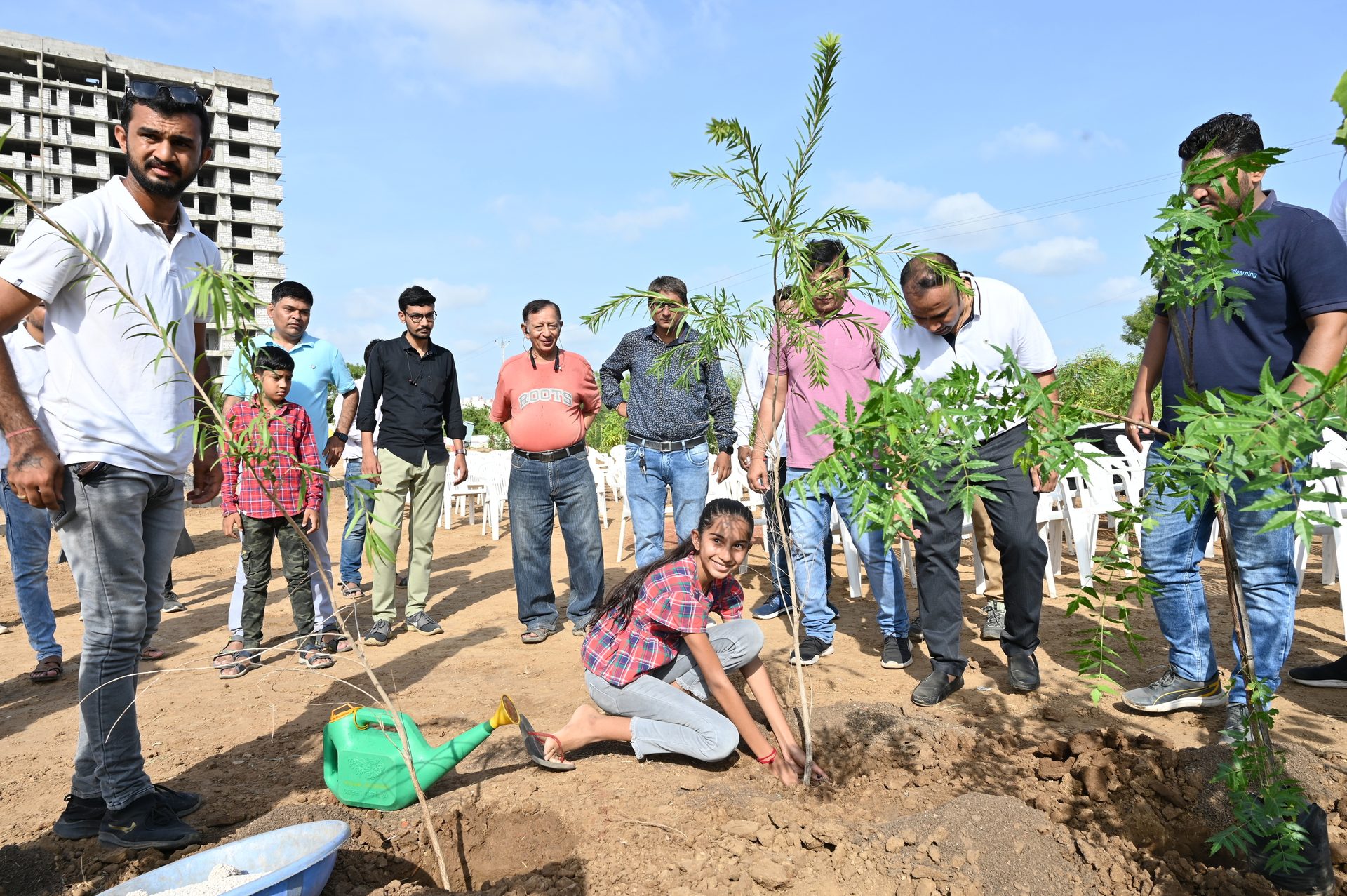
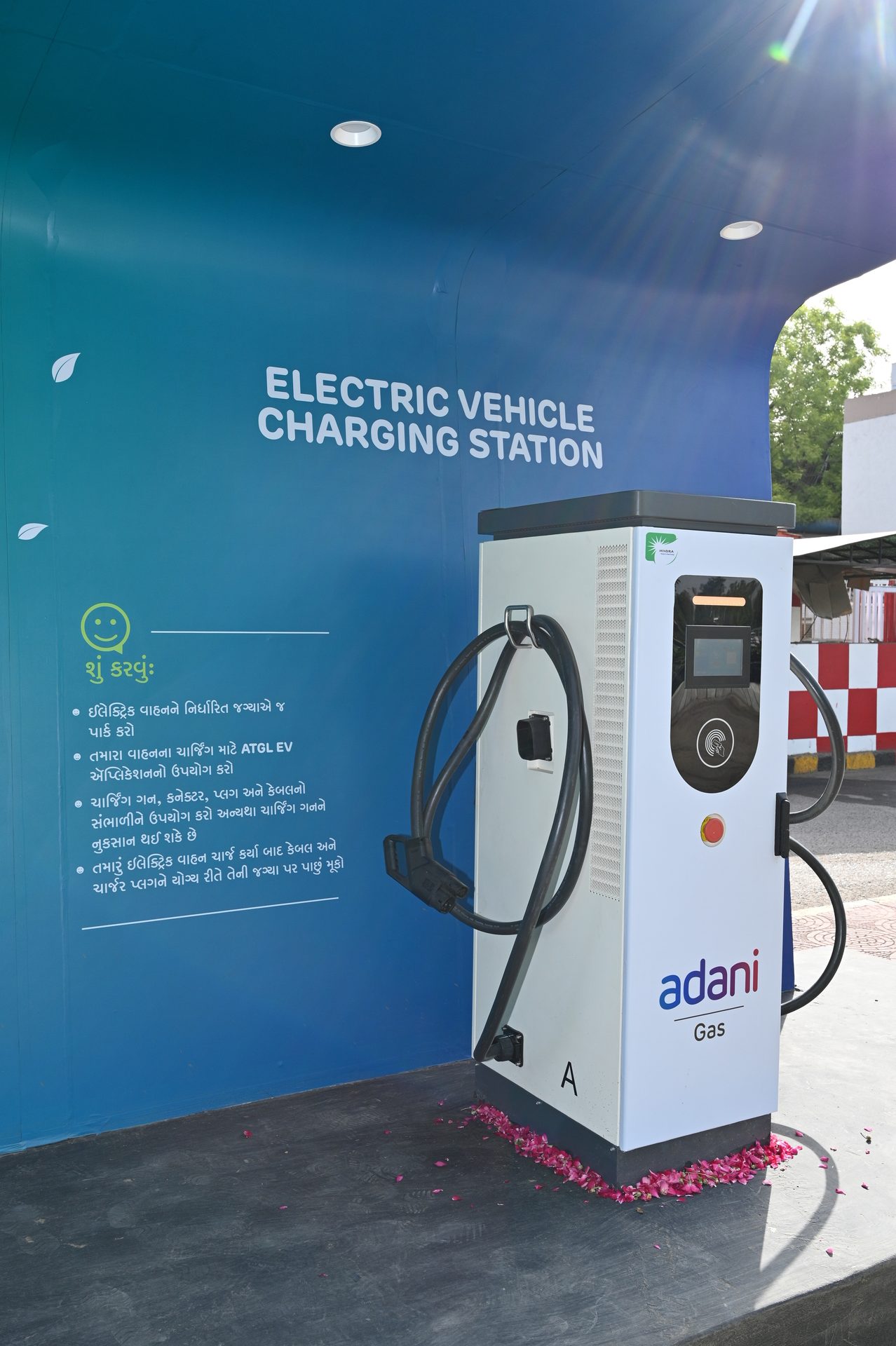
The Adani Group has pledged to grow 100 million trees by 2030 of which 29.52 million trees have already been planted. This commitment was made on 1t.org, the World Economic Forum’s 'Trillion Trees Platform'. This pledge will support the Adani Group’s actions towards addressing climate change and its ambition to transition to low carbon and, subsequently, carbon neutral and also to achieve net zero targets.
The group’s strategy of growing trees is to plant local species with a high capacity for sequestering carbon and the ability to thrive in the area’s climatic circumstances, which will improve biodiversity and create work opportunities for local people.
The commitment to decarbonise has resulted into multiple initiatives across businesses:
Use of Renewable Energy
- AdaniConneX to use 20% of energy consumption from renewable sources by FY2024.
- Adani Solar is using 17% of energy consumption from renewables.
- MIAL is using renewable energy.
Reducing Carbon Emissions from Transport
- Airports has replaced 108 of its vehicles with EVs.
- AWL has moved its freight from trucks to rakes earning Green Points from MOEF.
- Adani partners with Ashok Leyland, Ballard to make hydrogen fueled electric trucks.
Improving Energy Efficiency
Energy consumption across the Adani portfolio's operational sites and offices is moderated through installation of energy efficient devices and equipment.
Circular Economy in waste management
- Ambuja Cements co-processes waste from the agricultural, industrial, and public/municipal sectors, which has enabled the company to replace traditional fuels with alternative fuels and raw materials (AFR).
- Adani Solar is selling sludge (containing 85% calcium fluoride) generated from effluent treatment plants to other industries to be used as raw material. This will reduce the burden on the solid landfill sites and promote waste recycling.
- Fly ash is sold to cement manufacturers.

Social Initiatives
Since 1996, the Adani Foundation, the community engagement arm of the Adani Group, has remained deeply committed to making strategic social investments for sustainable outcomes throughout India. The Foundation has been active in the core areas of education, health, sustainable livelihood, skill development and community infrastructure. Its strategies are rooted in national priorities and global Sustainable Development Goals (SDGs). By building institutions of people and focusing on sustainability, the Foundation contributes to the dignity, well-being and wealth of the communities surrounding Adani businesses and beyond. The Adani Foundation's reach is extensive, currently operating in 5,675 villages across 19 states, positively impacting 7.6 million lives.
“Working across the broad pillars of education, health, sustainable livelihoods and community infrastructure development, the Adani Foundation’s community outreach programmes are aligned with the United Nations’ Sustainable Development Goals and New India’s vision of inclusive growth,” says Dr Priti Adani, Chairperson, Adani Foundation.
Let's take a look at the various social initiatives of the Adani Foundation.
States
19
Villages
5,675
Lives
7.6Mn
Fortune SuPoshan

An initiative by Adani Wilmar, implemented by the Adani Foundation, Fortune SuPoshan is a mission against malnutrition and anaemia among young girls. SuPoshan Sanginis are village health volunteers raising awareness on this subject across many sites. 483 trained Sanginis are working across 1,079 villages, 147 slums and covering 12 states.
Strengthening Women’s Livelihoods
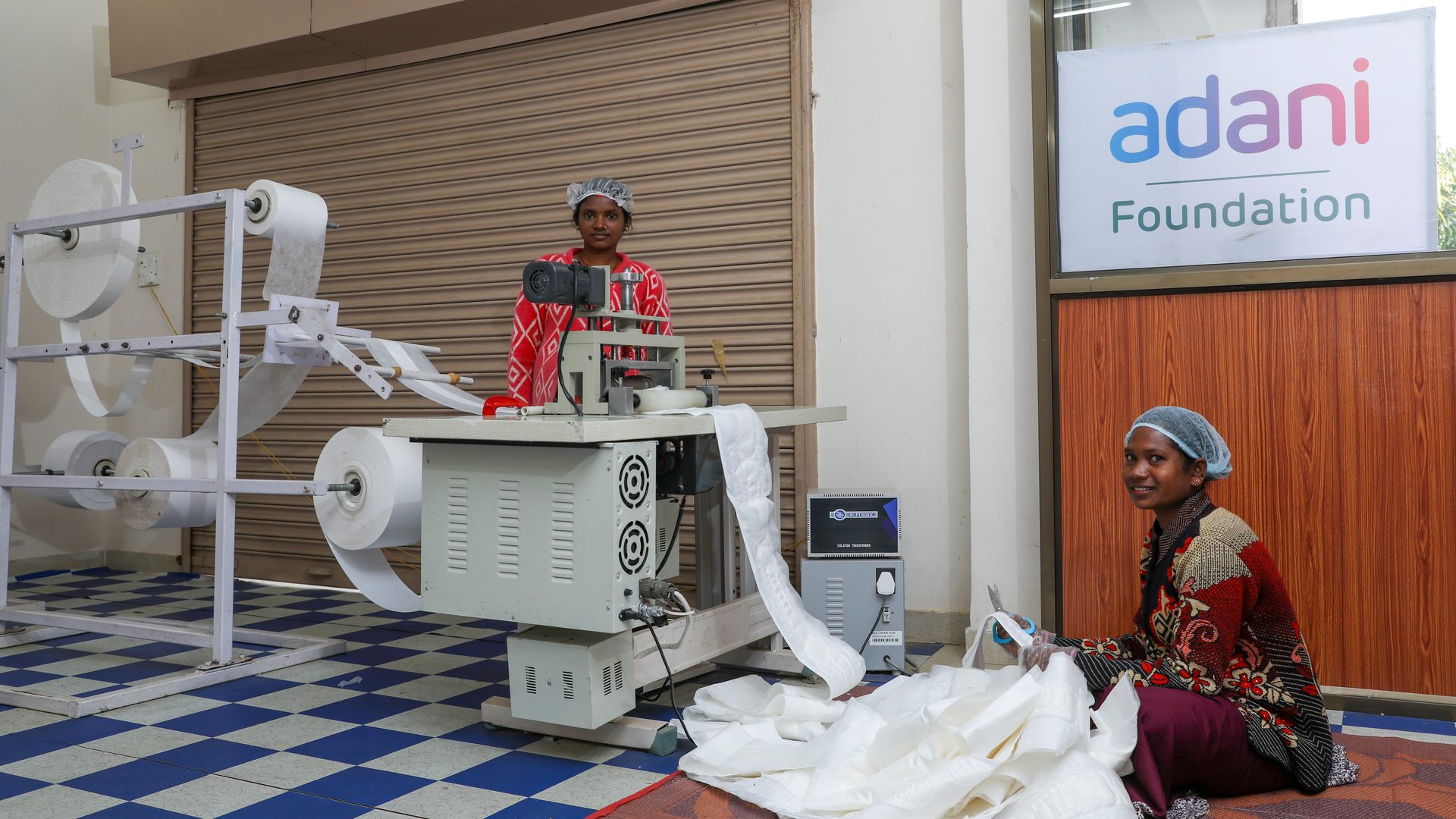
The Adani Foundation facilitates home-based and other entrepreneurial ventures for women. It trains to improve production techniques, accounting, bookkeeping, branding, packaging and marketing. From the women entrepreneurs of Vizmart (Vizhinjam) to self-help groups (SHGs) in Mundra, Dahej, Hazira, Kawai, Dhamra, Raigarh and Raipur, these women are engaged in diverse businesses. More than 2,700 women from 300 SHGs are earning a livelihood through various income generation activities.
Health Initiatives

The Adani Foundation provides quality healthcare to weaker sections through Mobile Health Care Units (MHCUs) and specialised health camps with an emphasis on the differently-abled and the elderly. The team conducts regular health camps for all. Vadil Swasthya Yojana benefits socioeconomically marginalised senior patients in Mundra, Gujarat.
The medical team present at the sites provides medical assistance in far-flung regions, as well. On an average, 17 MHCUs address over 4,00,000 people annually, especially in remote localities. The 14 rural clinics and wellness centres at various CSR locations provide timely medical aid to around 30,000 patients annually.
Adani SAKSHAM
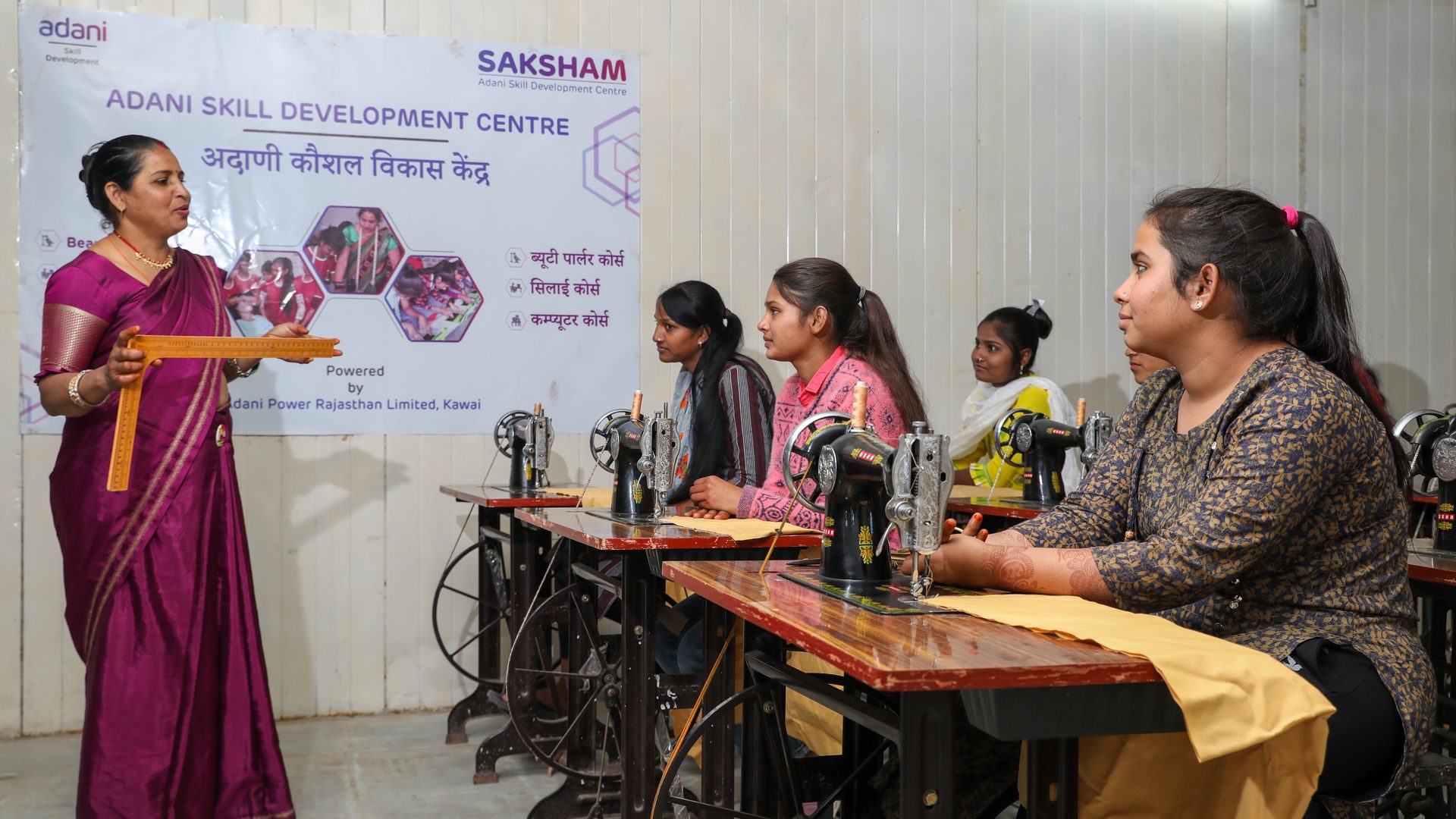
SAKSHAM is Adani's skill development project that provides skill-based training, enhancing employability. Through its Adani Skill Development Centres (ASDCs), the project is aligned with the Government's Skill India Mission.
Educational Interventions
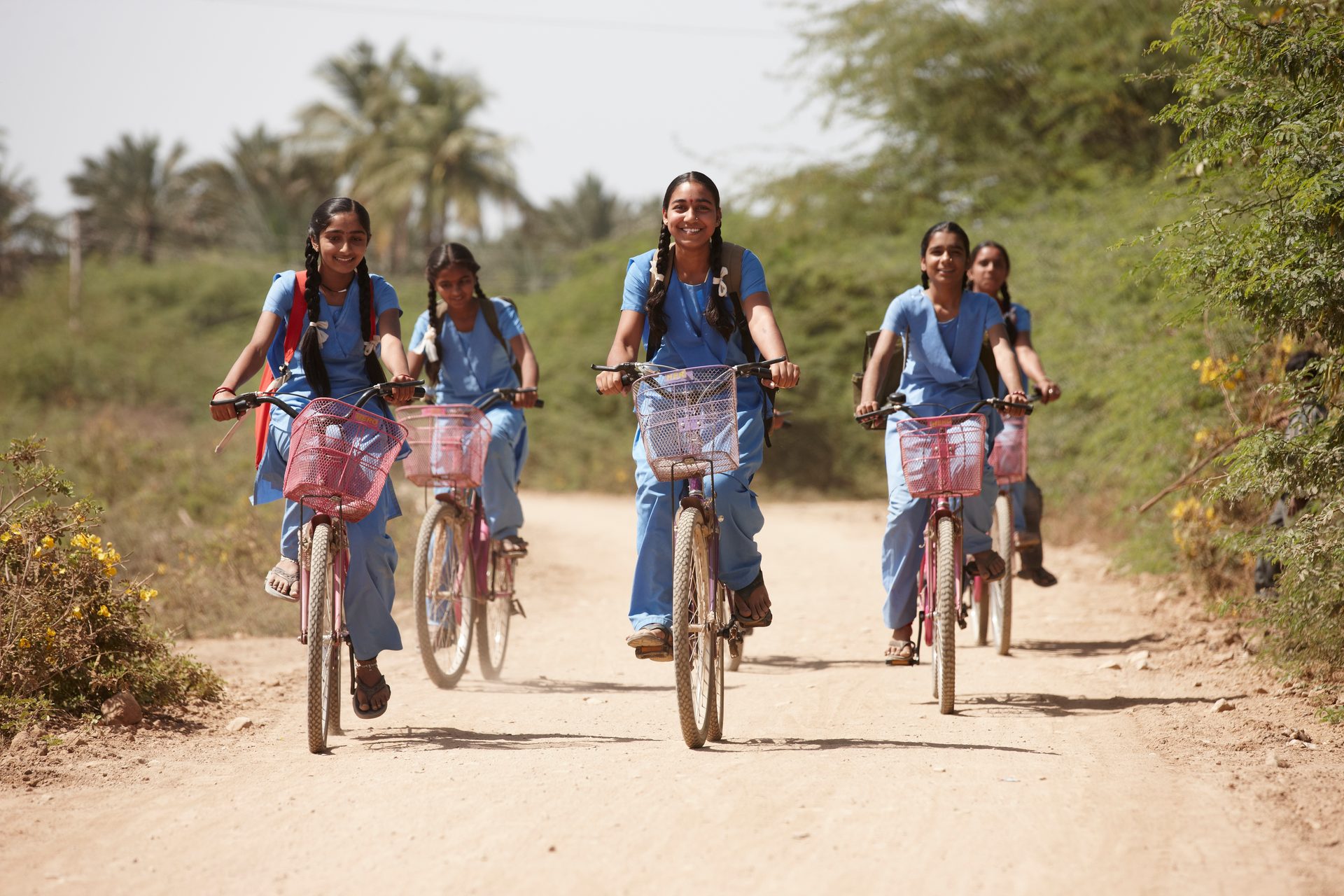
The Adani Foundation perceives education to be a destiny transformer, providing quality education through free or subsidised schools across India. The Adani Vidya Mandir schools, operational in Ahmedabad (AVMA–Gujarat), Bhadreshwar (AVMB–Kutch, Gujarat), Surguja (AVMS–Chhattisgarh) and Krishnapatnam (AVMK–Andhra Pradesh), provide free education to 3,094 meritorious students from economically weaker sections.
Water Retention Initiatives
Enhancing the supply of precious water for the community, the Adani Foundation has undertaken multiple initiatives towards water conservation and providing drinking water. The team also works in the nearby community areas to increase the capacity of ponds and to build check-dams to enhance rainwater harvesting. These initiatives from the Foundation have helped to increase the ground water levels, making water accessible for both irrigation and drinking purposes.
Other Educational Initiatives
Gyanodaya
This online education initiative by the Adani Foundation in Jharkhand in collaboration with the Godda District Administration and Eckovation helps rural students learn efficiently through interactive system and smart classrooms.
Started in 2018, the project benefited over 80,000 students across 316 Govt schools while reaching close to 30 lakh students through Doordarshan during the pandemic.
Utthan
This initiative was launched in July 2018 in collaboration with various district administrations and government schools. The project, which started in Mundra, has over 32,000 students across 236 Govt schools and 16 AWCs with a presence in Hazira, Dhamra and Dahej. The project reached student beneficiaries digitally and through online and in-person learning during the pandemic.
Udaan
Udaan is inspired by the life-changing story of Chairman Gautam Adani who had visited the Kandla Port as a child and dreamed of owning a port one day. The rest, as they say, is history. As part of project Udaan, exposure tours are organized for students to visit the Adani Port, Adani Power and Adani Wilmar facilities, to get an insight into the large-scale business activities. The objective behind such visits is to encourage an entrepreneurial spirit in young minds so that they dream big in life and become future nation-builders. Till date, more than 3,78,000 students have visited various Adani Group facilities.
Students Received Subsidised Education In FY 2022-23
26,336
Children Were Supported
Through 552 Government Schools
In FY 2022-23
113K+
Students Received Free Education In FY 2022-23
3,094

Governance Initiatives
At the Adani Group, we believe a strong corporate governance mechanism is imperative for nurturing a culture of integrity and sustainable businesses.
Our corporate governance philosophy is based on our three cherished values: Courage: We shall embrace new ideas and businesses. Trust:We shall believe in our employees and other stakeholders. Commitment:We shall stand by our promises and adhere to high standard of business.
While we have a robust governance structure that ensures that our commitment to the principles as laid out in these three values is always upheld, the Governance in the ESG framework is guided by our confidence in our Group's world-class practices.
Structure
Committees & teams to steer, manage and execute sustainability strategy.
Roles and Responsibilities
Clarity on scope of work, expected outcomes, priority areas and boundaries.
Assurance Protocol
Internal review and validation including external assurance protocol followed in the businesses.
Governance Philosophy Encompassing Strong Policy And Structure Backed By Robust Assurance Mechanism.
■ Board Diversity
■ Nomination and Remuneration
■ Cyber Security and Data Privacy
■ Whistleblower Policy
■ Code for Fair Disclosure of UPSI
■ Nomination and Remuneration Committee
■ Risk Management Committee
■ Info Tech and Data Security Committee
(100% Independent Directors)
■ Established 'CRC' of the Board to provide assurance for the ESG framework.
Governance
■ Occupational Health & Safety
■ Human Rights
■ Diversity, Equity and Inclusion
■ Supplier Code of Conduct
■ Corporate Social Responsibility Committee
■ Stakeholder Relationship Committee
■ Risk Management Committee
■ Public Consumer Committee
(100% Independent Directors)
■ Established 'CRC' of the Board to provide assurance for the ESG framework.
Social
■ Climate Change
■ Energy Management
■ Water Stewardship
■ Resource Conservation
■ Biodiversity
■ Risk Management Committee
(100% Independent Directors)
■ Established 'CRC' of the Board to provide assurance for the ESG framework.
Environment
Bigger and Better
Competing against the very best in the technology and data center industry, AdaniConneX walks away with a hotly contested award.
Newsmakers
Adani ConneX
Vidhi Doshi
A
daniConneX has added another win to their steady repertoire. In May this year, the Chennai-based data center was awarded at the Tech Capital Awards in London. The category in which the flagship data center, Chennai 1, was felicitated was the newly introduced category, ‘Digital Infrastructure Project of the Year.’ The award ceremony was attended by leaders from the global digital infrastructure industry who came together to acknowledge the exceptional achievements of the companies.
“At the heart of our success lies an exceptional team and the transformative power of Chennai 1,” says Sanjay Bhutani, Joint President - Chief Business Officer, AdaniConneX.
The Tech Capital Awards recognises and honours outstanding achievements in the digital infrastructure finance, investment, legal and operational industry. The ‘Digital Infrastructure Project of the Year Award’ majorly recognises the newly commissioned data infrastructure project for making an impact on the sector and the location in which it is operational.
A panel of 23 judges representing 11 countries was tasked with identifying some of the deserving names from the industry and zeroing in on this year’s winners. The second edition amassed a total of 66 submissions from North America, Central and South America, Europe, Africa, the Middle East, and APAC.
Talking about the prestigious award, Mr Bhutani says, “Winning this award is a testament to our unwavering dedication, ingenuity, and collaborative spirit. Together, we have built a digital ecosystem that empowers businesses to embrace the future with confidence. This recognition further motivates us to push our boundaries and continue delivering cutting-edge solutions that redefine what’s possible in the digital landscape.”
AdaniConneX, a joint venture between Adani Enterprises and EdgeConneX aims to strengthen India’s digital infrastructure with a pan-India network of sustainable Data Centers to enable the next phase of the country’s digital growth.
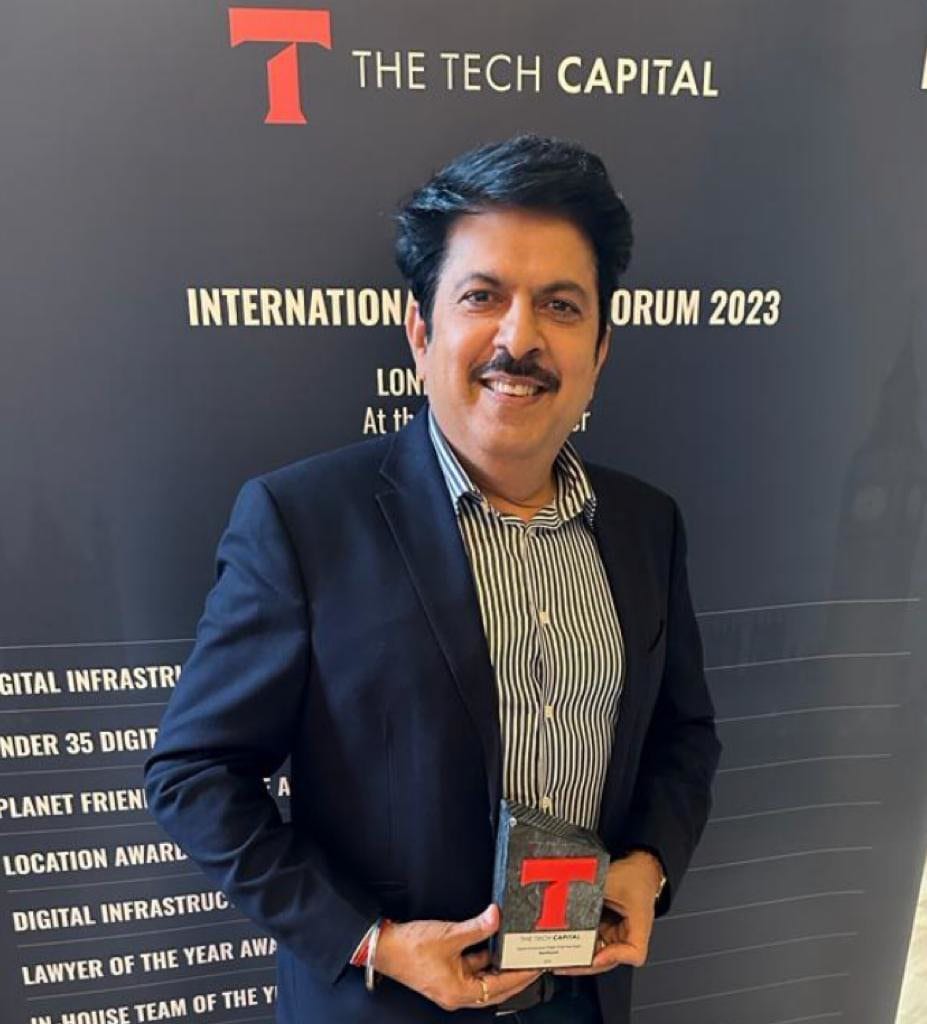
Winning this award is a testament to our dedication and motivates us to continue delivering cutting-edge solutions that redefine what’s possible in the digital landscape.”
Sanjay Bhutani
Joint President - Chief Business Officer, AdaniConneX
special report
As GQG’s Investment
In Adani Soars In Value, Rajiv Jain To Invest More
GQG Partners, which invested USD 1.87 billion in Adani in March, has raised its stake in the Adani portfolio.
Team CBC
V
eteran investor Rajiv Jain’s asset management firm, GQG Partners, has raised its stake in the Adani portfolio of companies by about 10%. Doubling down on what he calls “the best infrastructure assets available in India,” Mr Jain said that GQG Partners will take part in the Adani Group’s future fund raising moves.
“Within five years, we would like to be one of the largest investors in the Adani Group depending on the valuation, after the Adani Family,” added Mr Jain, who is both Chairman and Chief Investment Officer of GQG Partners. “We would certainly want to be partners in any of the Adani Group’s new offerings.”
Mr Jain said the value of GQG Partners’ holdings in Adani is close to USD 3.5 billion. He did not specify which Adani companies he had newly bought into or what part of the investment value came from direct purchases and rallies in Adani shares.
In March 2023, GQG Partners acquired almost USD 2 billion worth of shares in four companies in the Adani portfolio from a family trust. The companies that caught Mr Jain’s eye were Adani Green Energy, Adani Transmission, Adani Ports and Special Economic Zone and Adani Enterprises, the Group’s flagship company and one of the world’s most successful business incubators.
Within five years, we would like to be one of the largest investors in the Adani Group, depending on the valuation, after the Adani Family.”
Rajiv Jain
Chairman & CIO GQG Partners
special report
Deleveraging for Growth
The Adani Group has completed its USD 2.65 billion deleveraging programme, improving its key financial metrics.
Team CBC
T
he Adani Group concluded full prepayment of margin-linked share backed financing totalling USD 2.15 billion before 12 March 2023.
This is well in advance of the 31 March 2023 timeline.
The promoters also prepaid USD 700 mn debt taken for the Ambuja Cement acquisition along with interest payments of USD 203 million and completed a secondary USD 1.87 billion transaction with GQG Partners for four key listed entities.
The credit update on its group portfolio, released by the Adani Group on 5 June 2023, reflects strong fundamentals in its credit ratio.
The portfolio's combined Net Debt to EBITDA ratio showed considerable progress, decreasing from 3.81 in FY22 to 3.27 in FY23.
The run rate EBITDA surged from INR 50,706 Cr in FY22 to INR 66,566 Cr in FY23. As a result, the Net Debt/RR EBITDA was as low as 2.8x. Run Rate (RR) considers annualised EBITDA from projects that commissioned during the year.
The credit update says that the Group's banking lines continue to show confidence by disbursing new debt and rolling over existing lines of credit. Moreover, rating agencies, both domestic and international, have reaffirmed their ratings in all the group companies.
- Gross Assets increased to INR 4.23 lakh crore, up by INR 1.06 lakh crore.
- Gross Asset / Net Debt cover has improved to 2.26x in FY23 from 1.98x FY22.
- Continued investments in Core Infra with Gross Assets of INR 3.77 lakh crore (~89% of the portfolio), which provides long term multi-decadal visibility of Cash Flow.
- Cash balance higher by 41.5% at INR 40,351 crore against INR 28,519 crore.
- Free Flow from Operations – FFO – (EBITDA less finance cost less tax paid) at INR 37,538 crore.
- Cash Balance and FFO (INR 77,889 crore together) are much higher than
debt maturity cover for FY24, FY25 and FY26 of INR 11,796 crore, INR 32,373 crore and INR 16,614crore respectively at combined portfolio level.
Gross Assets Grow Despite Deleveraging
Strong and Rapid Deleveraging
Prudent Capital Management and
High Liquidity
Portfolio’s Combined Net Debt/RR EBITDA improved to
2.81x
in FY23 from 3.16x in FY22.
Portfolio’s Combined Net Debt/EBITDA improved to
3.27x
in FY23 from 3.81x in FY22.
Debt Service Cover Ratio (DSCR) has improved to
2.02x
during FY23 from 1.47x during FY22.
Annual results fy23
the year that was
Jwalit Vyas
T
he year gone by was an eventful one. Those with the ability to go beyond the negative headlines from certain sections of the media will know the financial and operational strengths of the Adani Group and the growth opportunities that await us.
The Group achieved a record-breaking performance with our portfolio-level revenues (all companies combined) touching
INR 2,62,499 crore, an 85% growth over the previous year’s. Portfolio-level net profits rose by 82% to INR 23,509 crore. Portfolio-level EBITDA stood at INR 57,219 crore, a strong 36% growth over the previous year. EBITDA here means earnings/profit before interest, taxes, depreciation, and amortization. If one assumes the full year contribution of projects that started in between the year, EBITDA would be as high as INR 66,566 crore.
Of the three financial parameters mentioned above, EBIDTA is the most widely accepted measure of profitability for infrastructure businesses, given that it includes depreciation, a non-cash item. For infrastructure businesses, the depreciation is usually quite high and net profit does not capture this profit cash that flows into the company.
Growth Drivers – What led to such high profit growth?
The growth was seen across businesses. While the performance of the core businesses remained strong, it was the solid performance by newer businesses that gave the additional thrust. For instance, the renewables business (Adani Green Energy), which includes solar and wind power witnessed a 63% rise in profits (EBITDA). Profits for the transport and logistics business, which includes airports and roads, increased by 54%. The flagship ports business profits gave a double-digit growth of 14%.
Acquisition of cement businesses (Ambuja Cements and ACC) also contributed to the overall profit pool. On the back of such solid performance by these businesses, the Group will continue investing in them aggressively. This year, the Group will add another ~40% to its renewable capacity portfolio, taking it to a total of 10 GW. It has plans to add more airports to its existing airports portfolio. The New Industries Ecosystem business (ANIL), which is in the manufacturing of renewable utility components, is receiving large contracts from major global players such as NextEra Energy and will also start contributing meaningfully to overall profits from this year. At the same time, in the ports business, we continue to evaluate various assets for acquisition to further strengthen our strategic position.
All this should ensure strong growth in the coming years.
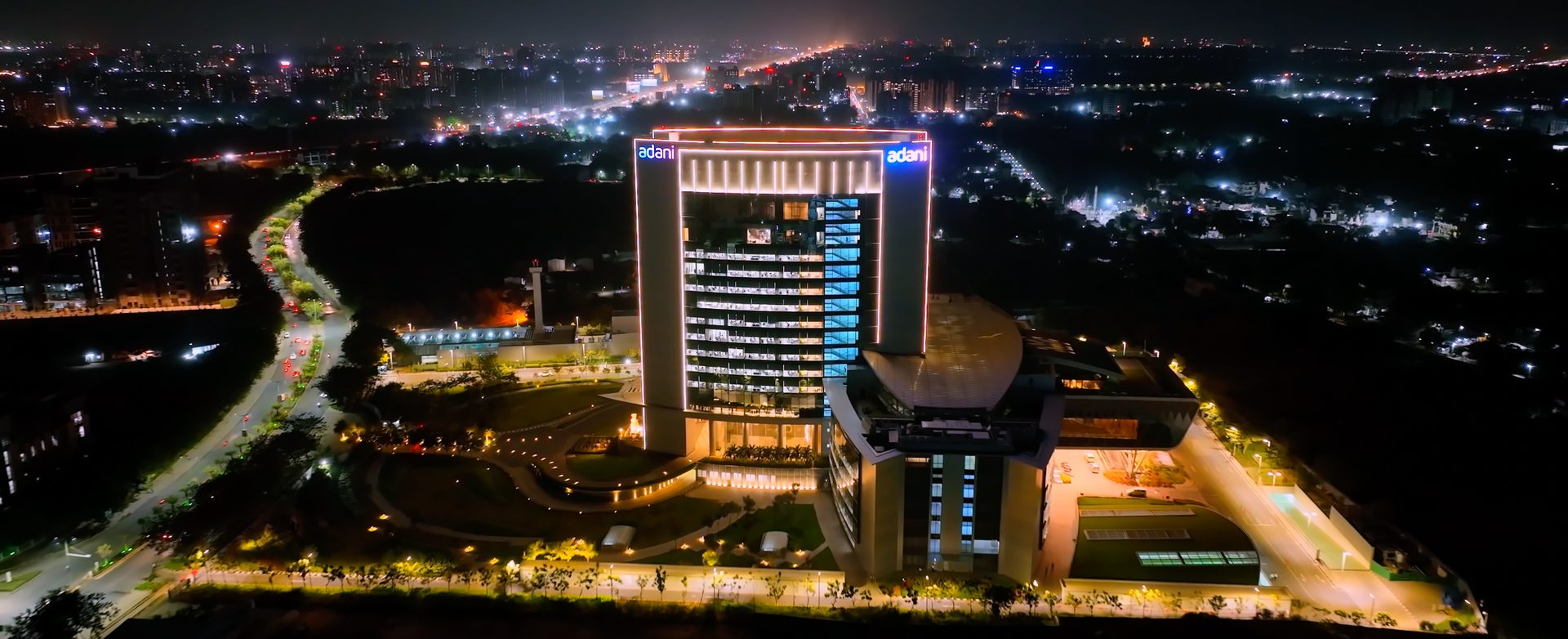
The Debt Factor – Is it really high?
The Group recently accomplished a massive deleveraging program. As a result, the debt metrics of the group have sharply improved. The net debt at the portfolio level for FY23 was INR 1.86 lakh crore. Now compare this with the profit (RR EBITDA) of INR 66,566 crore for the fiscal. This gives us a portfolio-level net debt-to-RR EBITDA ratio of 2.8 times. Globally, infrastructure companies operate at a net debt-to EBITDA of between 3 and 4 to optimize the return on investments, and a ratio of up to 4 times is broadly considered low risk. This shows how less levered the group is. The EBITDA for this year is expected to be even higher, leading to further deleveraging at the portfolio-level. It should also be noted that 83% of profit contribution was from the core-infra sector, most of which involves assured long-term contracts (some multi-decadal). This offers high certainty to future earnings.
Interestingly, the gross value of the Group’s assets now stands at twice that of the Group’s portfolio-level net debt. Total gross asset value at the end of FY23 was INR 4.22 lakh crore as against INR 3.16 lakh crore a year ago.
Regardless of low leverage, the Group believes in keeping high liquidity in its companies as a part of prudent risk management strategy. This is to safeguard against unforeseen risks. Total cash in group companies at the end of FY23 was as high as INR 40,351 crore, much higher than the debt that will be maturing in each of the next three years.
Industry experts who understand this have continued to remain positive about us. Not a single business has seen any change in their ratings by the rating agencies. Our banking partners, domestic as well as foreign, are confident about us and continue to lend. Large foreign equity research firms such as Jefferies and CLSA have taken a bullish stand on various group companies. GQG Partners, one of the largest emerging market funds, has made huge investments in four of our group companies. Pre-payment of certain loans and buy-back of bonds by some of the group companies have offered additional comfort to our various stakeholders.
The recent events have only offered us one more opportunity to demonstrate the Group’s business and financial strengths. The deleveraging done over the past few months, an act of showcasing our financial strength, has left the Group with sufficient headroom to mobilize capital in the form of debt as well as equity. This will allow us to accelerate investments going forward.
consolidated NUMBERs
revenue
EBITDA
net profit
%
0
Growth Y-o-Y
%
0
Growth Y-o-Y
%
0
Growth Y-o-Y
*Revenue includes Other Income
EBITDA = PAT + Share of Profit from JV + Tax + Depreciation + Finance Cost + Unrealized Forex Loss / (Gain) + Exceptional Items
Annual Results FY23
Adani Enterprises
revenue
EBITDA
net profit
%
0
Growth Y-o-Y
%
0
Growth Y-o-Y
%
0
Growth Y-o-Y
Revenue includes Other Income
EBITDA = PAT + Share of Profit from JV + Tax + Depreciation + Finance Cost + Unrealized Forex Loss / (Gain) + Exceptional Items
EBITDA includes AEL's share of profit from jointly controlled companies and associates like Adani Wilmar Ltd.
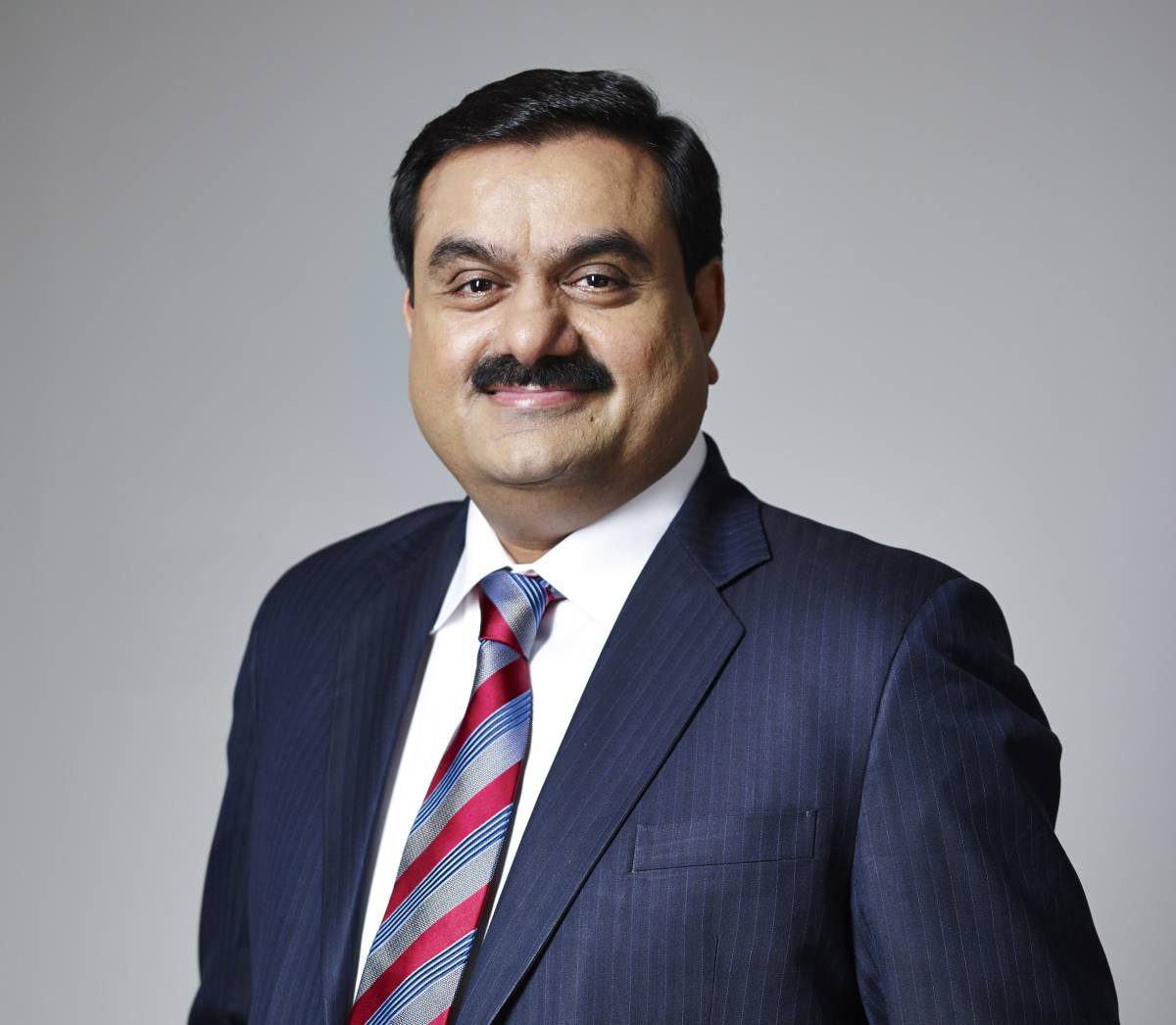
Once again, Adani Enterprises has lived up to its standing as not only India’s most successful business incubator but also one of the world’s most successful infrastructure foundries. The past year’s results represent indisputable evidence of the strength and resilience of the Adani Group’s operational and financial performance. These exceptional results also highlight our consistent track record of gestating and building critical infrastructure businesses. Our mega-scale infrastructure project execution capabilities and our O&M management skills, which are comparable to the best in the world, are strengths that we continue to derive from the Adani portfolio’s diversity to create reliable long-term value for all our investors. Our focus remains on governance, compliance, performance, and cashflow generation.”
Mr Gautam Adani
Chairman, Adani Group
Annual Results FY23
Adani Ports & SEZ
revenue
EBITDA
net profit
%
0
Growth Y-o-Y
%
0
Growth Y-o-Y
%
0
Growth Y-o-Y
Revenue includes Other Income
EBITDA = PAT + Share of Profit from JV + Tax + Depreciation + Finance Cost + Unrealized Forex Loss / (Gain) + Exceptional Items
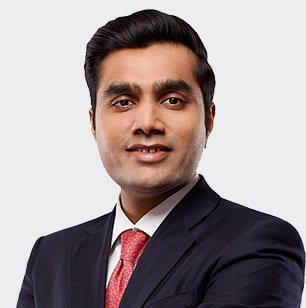
FY23 has been a stellar year for APSEZ in operational as well as financial performance. The company has overachieved against its highest-ever revenue and EBITDA guidance provided at the beginning of the year. Our strategy of geographical diversification, cargo mix diversification, and business model transition to a transport utility is enabling robust growth. Over the last five years, APSEZ’s revenue and EBITDA have grown at a CAGR of 16-18%, while the Company’s domestic market share jumped 800bps to ~24% in FY23. APSEZ did record investments of around INR 27,000 Cr in FY23, which includes six major acquisitions totalling around INR 18,000 Cr and organic capex of around INR 9,000 Cr. These investments were primarily financed through internal accruals and the cash and cash equivalents held with the company. As a result, gross debt to fixed asset ratio has declined sharply from 80% in FY19 to around 60% in FY23. The investments made along with the five bid wins during the year will enable APSEZ to achieve its targeted cargo volumes of 500 MMT in 2025 and speed up the transition of the business model to a transport utility.”
Mr Karan Adani
CEO and Whole Time Director Adani Ports and Special Economic Zone Ltd
Annual Results FY23
Adani Transmission
revenue
EBITDA
net profit
%
0
Growth Y-o-Y
%
0
Growth Y-o-Y
%
0
Growth Y-o-Y
Revenue includes Other Income
EBITDA = PAT + Share of Profit from JV + Tax + Depreciation + Finance Cost + Unrealized Forex Loss / (Gain) + Exceptional Items
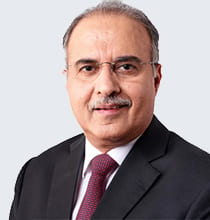
ATL is constantly evolving and is already a significant player in the T&D sector. ATL’s growth trajectory remains firm despite the challenging macroeconomic environment. Our pipeline of projects and recently operationalised assets will further strengthen our pan-India presence and consolidate our position as the largest private sector transmission and distribution company in India. ATL is consistently benchmarking to be the best-in-class and is pursuing disciplined growth with strategic and operational de-risking, capital conservation, ensuring high credit quality, and business excellence with high governance standards. The journey towards a robust ESG framework and practising a culture of safety is integral to our pursuit of enhanced long-term value creation for all our stakeholders."
Mr Anil Sardana
Managing Director, Adani Transmission Ltd
Annual Results FY23
Adani Green Energy
revenue
EBITDA
net profit
%
0
Growth Y-o-Y
%
0
Growth Y-o-Y
%
0
Growth Y-o-Y
Revenue includes Other Income
EBITDA = PAT + Share of Profit from JV + Tax + Depreciation + Finance Cost + Unrealized Forex Loss / (Gain) + Exceptional Items

We have added massive greenfield capacity of 2,676 MW renewable assets this year. This feat is attributed to the relentless efforts of our teams. AGEL's operational capacity has grown at a CAGR of 33% over the last five years, outpacing overall renewable capacity growth at ~ 15% CAGR in India in the same period. De-risked project development, analytics driven O&M, disciplined capital management and a strong governance framework continue to be the backbone of our sustained growth. We are proud that we have been able to lead the way towards large scale renewable adoption in India helping the country move closer to its Sustainable Development Goals.”
Mr Vneet S Jaain
Managing Director, Adani Green Energy Ltd
Annual Results FY23
Adani Total Gas
revenue
EBITDA
net profit
%
0
Growth Y-o-Y
%
0
Growth Y-o-Y
%
0
Growth Y-o-Y
Revenue includes Other Income
EBITDA = PAT + Share of Profit from JV + Tax + Depreciation + Finance Cost + Unrealized Forex Loss / (Gain) + Exceptional Items
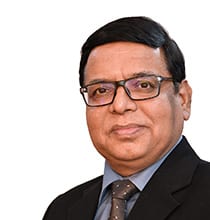
ATGL has shown resilience and delivered a good all-round performance both on physical infrastructure and financial front despite high gas prices throughout the year. The fast-track development of steel pipeline and CNG stations has helped in creating natural gas ecosystem in geographical areas where we are present and will now help in connecting PNG consumers going forward. To provide wider energy offerings to consumers, ATGL, through its SPVs, have forayed into E-mobility and Bio. These SPVs, in the next 12-18 months, will create over 3,000 EV charging points and build one of India’s largest biogas plants in Uttar Pradesh, whose work is in full swing. ATGL appreciates the Government of India’s decision on approving the ceiling and floor price on domestic gas, which will ensure stability in domestic gas price. Further, ATGL has passed on the benefit to the end consumers. We are confident that this, coupled with the softening of R-LNG prices, will drive increased demand across both PNG and CNG segments and ATGL will play pivotal role in achieving the government's vision in moving towards gas-based economy.”
Mr Suresh P Manglani
Executive Director & CEO, Adani Total Gas Ltd
Annual Results FY23
Adani Power
revenue
EBITDA
net profit
%
0
Growth Y-o-Y
%
0
Growth Y-o-Y
%
0
Growth Y-o-Y
Revenue includes Other Income
EBITDA = PAT + Share of Profit from JV + Tax + Depreciation + Finance Cost + Unrealized Forex Loss / (Gain) + Exceptional Items
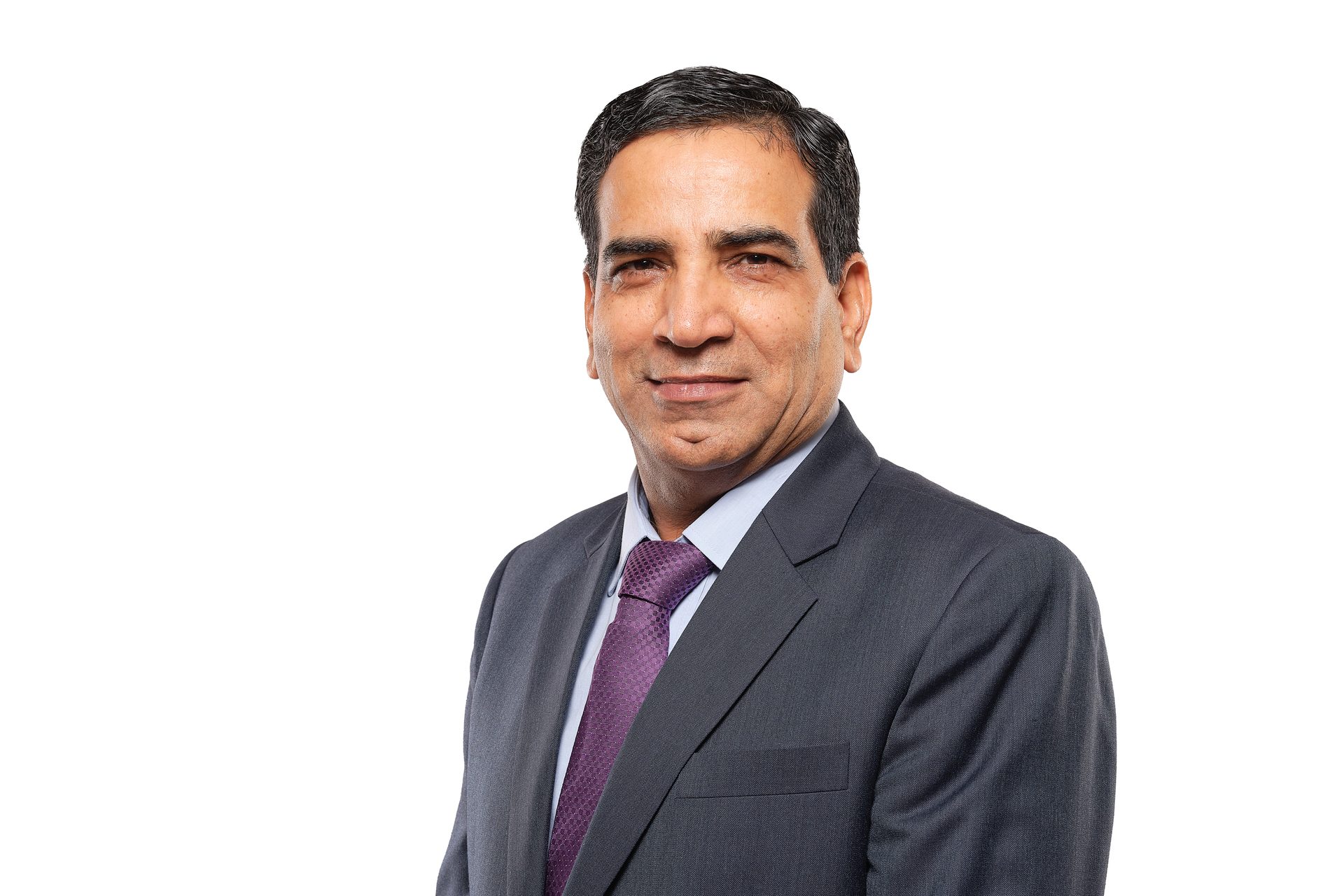
The indefatigable spirit that drives the Adani Group has been aptly demonstrated by Adani Power Ltd by surmounting challenges through perseverance, dedication, and strong belief in fundamental values. The Company now enters the next stage of its corporate journey with a healthy balance sheet, a modern and efficient fleet, and a revitalized holding structure. The culmination of long-deliberated regulatory matters has helped evolve and refine the principles that will enable the power sector to grow profitably and equitably. We have also started a new chapter in cross-border co-operation with the commissioning of the first 800 MW unit of the Godda ultra-supercritical thermal power project, which will provide Bangladesh with a reliable source of electricity, and help it achieve its long-term economic goals.”
Mr S B Khyalia
CEO, Adani Power Ltd
Annual Results FY23
Ambuja Cement
revenue
EBITDA
net profit
Revenue includes Other Income
EBITDA = PAT + Share of Profit from JV + Tax + Depreciation + Finance Cost + Unrealized Forex Loss / (Gain) + Exceptional Items
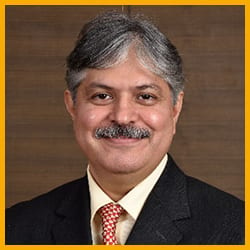
We are pleased to report another strong performance of the Group’s cement business which has been driven by our strategic initiatives on business excellence, operational efficiencies and synergies. Our focus on operational excellence and cost optimisation measures has yielded improved profitability. We have been able to maintain our growth trajectory and further strengthen our position in the market. With the rise in construction activities across our markets, we see the continuation of the elevated demand and strong volumes in the coming quarters as well. On the ESG front, we continue to transform the lives of the community around us and are consistently focused on sustainability in all our operational and growth planning. We continue to reduce our carbon footprint by lowering the clinker factor, reducing thermal and electrical energy intensity, implementing Waste Heat Recovery Systems at our plants and increasing our use of and capacity of generating renewable energy. We remain committed to delivering sustainable growth and value to our stakeholders, and we are confident that our ongoing investments in capacity expansion and sustainability will enable us to achieve our long-term objectives.”
Mr Ajay Kapur
CEO, Cement Business, Adani Group
Cruising
ever higher
With passenger numbers rising steadily and quickly, Ahmedabad's Sardar Vallabhbhai Patel International Airport is on a mission to improve and enhance safety, security and services.
Newsmakers
Adani Airport Holdings
Shreya Iyer
O
nce again air travel is experiencing a sharp increase across the country. Over 10 million passengers travelled through Ahmedabad's Sardar Vallabhbhai Patel International Airport (SVPIA) in the period April 2022 to March 2023. This year, in just the month of April, around 1 million passengers travelled through the SVPIA.
With passenger traffic rapidly growing, SVPIA has ramped up its commitment to ensuring the highest safety standards and reliable world-class services. Recognising that more needs to be done to match the enhanced air connectivity and footfalls, the airport is striving to make the passenger experience seamless and time-efficient.
The Ahmedabad Airport has already operationalized an all-new expanded security check-in area in the domestic terminal. In addition, a new container retail area and drop-off lane outside the domestic terminal has added capacity and convenience for passengers. Currently, extensive expansion work for the Security Hold Area (SHA) at Level 1 in the Domestic Terminal will provide over 1,800 sq m space for passengers.
To provide a faster and better processing experience for passengers, seven e-gates have been installed at the domestic departure, along with the option for web check-in and self-check-in machines to get boarding passes and save time on their departure and also their journey.
SVPIA has been adding new destinations with direct or through flights from Ahmedabad to ensure that all favourite destinations in the country are well-connected. As a result, the airport has increased flight frequency to many current destinations like New Delhi, Mumbai, Bengaluru, Hyderabad, Indore and Lucknow, and also added flights to new destinations like Nashik and Pantnagar via Jaipur.
Post the complete implementation of the current summer schedule, SVPIA will connect 39 domestic and 19 international destinations with nine domestic and 17 international airline carriers. While SVPIA currently has a terminal capacity of 8 million annually, it is expected that passenger movement through SVPIA will reach approximately 20 million per annum by the end of FY 2025-26, thereby necessitating the expansion work.
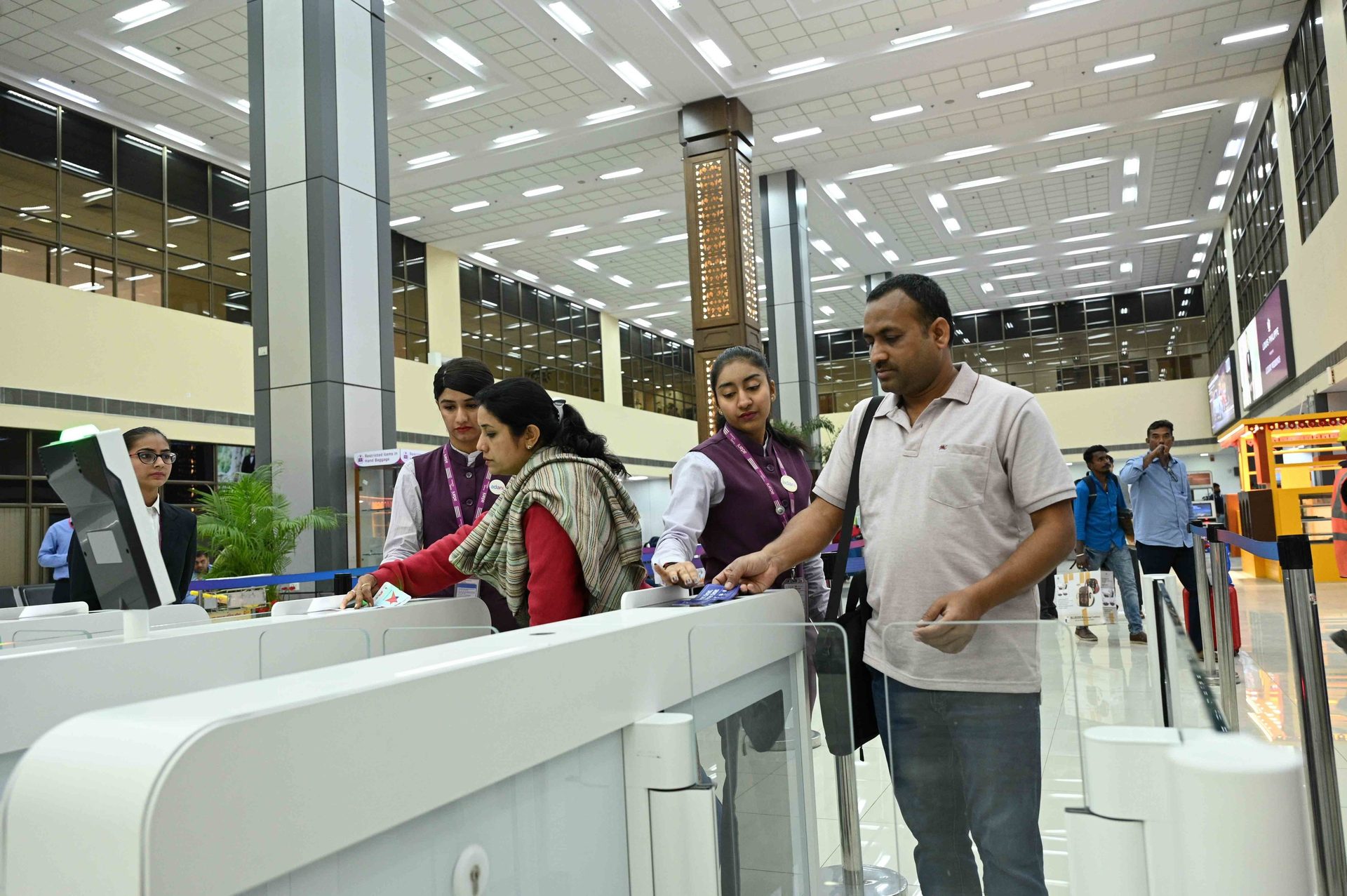
new features
- Seven e-gates were installed in Domestic Departure to make the process seamless.
- Web check-in and self-check-in machines installed to get boarding passes on time. Security check lanes increased from 7 to 11.
- Extensive expansion work is being done at the Level-1 Security Hold Area in the Domestic Terminal which will provide over 1,800 sq m space for passengers.
- FASTag-based parking payment enabled for passengers and visitors.
- New food and beverage box park has been introduced at T1 Departure, along with seven new outlets and a large waiting area for visitors.
- A new Arrival bus gate along with a new arrival hall has now been made operational which will have two more belts for incoming luggage.
go beyond
A Force
For Good
13 years ago, Pankti Shah joined the Adani Foundation as a volunteer, She talks about
her journey, her aspirations and her most precious moment.
Arpita Vadgama
I
t was in 2010 that Pankti Shah first volunteered to work with the Adani Foundation. That was in Mundra, Kutch. Today, she leads the Adani Foundation's CSR initiatives for all of Gujarat.
Ms Shah is an engineer by qualification and became a CSR leader through passion – a passion that she discovered by chance, but followed with all her heart.
Born and bred in aapnu (our) Amdavad, Ms Shah very much identifies as a Kutchi now. Before e-meeting me, she collected documents of a few community members on her way to the Adani Foundation office in Mundra, so that their Ayushman cards can be made. Her day ahead included meeting the fisherfolk development committee of Tuna Port, then meeting the Social Forestry Officer of Kutch as, together, they are planting one lakh trees, then another meeting, in Abdasa, with Gujarat's Minister for Water Resources, Kunvarji Bavaliya, about the deepening of a pond in Ustiya village, then on to Bhuj to meet some artisans for corporate gifting and finally, meeting with the irrigation department of Kutch for construction of check dams.
“Don’t worry,” she told me. “I’ll have lunch on the way”.
Looking back at her initial volunteering days with the Adani Foundation, Pankti Shah says she did not think much of it, except that it would be a good way to ease back into work after a maternity break. In a candid conversation, she shares snippets from her journey, overcoming challenges and what keeps her going.
As a young girl, what were your aspirations?
Ours was an ordinary Gujarati household. We were five sisters, my mother was a homemaker and my father worked as a bank clerk. I always dreamed of making big buildings and check-dams – structures that were common and useful.
So, for me, engineering was a natural choice. I did my BE in Civil Engineering from Nirma Institute of Technology, Ahmedabad, and then a PG Diploma in Contracts Management from NICMAR, Pune.
My first job was an office job in a Commercial and Purchase department in Ahmedabad, which I happily took. I met my husband Mehul Shah in college and our first jobs were also at the same company. Soon, we got married and I took a career break after five years to look after my baby boy, Dhairya. Life was more than kind.
How did you start working with the Adani Foundation?
When my husband got a job at the Adani Ports’ commercial department in Mundra, we shifted there with my in-laws. At a gathering I happened to meet Sushama Oza, who was then the CEO of the Adani Foundation. As I was an engineer, she motivated me to volunteer for the Adani Foundation for a couple of hours daily. Four months later, I got the chance to meet Dr Priti Adani at a programme in Kandagara village. The first question that she asked me was if I would like to work full time. That was my personal interview with the Chairperson. I knew she had a soft corner for girls and women but I never imagined something like this would happen. I took up the opportunity and started working as an engineer from the very next day for rural infrastructure projects.
How did you balance a home, a baby and a new job in a new field of work?
I was worried because Dhairya was still only 4 years old. As a woman, no matter what kind of work comes knocking at your door, family takes precedence. My husband, however, supported and motivated me to give it a shot. He deserves a lot of credit for often being a very supportive parent who looked after the kids and the house in my absence as mine wasn’t a typical 9-to-5 job.
The first few years were difficult and the mom guilt was real! But soon, Dhairya started going to school and I became more comfortable with my new routine. I feel grateful as my son never expressed his disappointment or got angry with me for not being around as much as other mothers. He would always say with pride that both his parents are engineers.
In 2013, our family was blessed with a baby girl, Dwiti. I was once again anxious about managing a toddler and my work, and simultaneously giving time to Dhairya who was then in Std 3. I remember that Dr Priti Adani was very supportive. She encouraged me to focus on taking care of the little one, especially in the initial months. Time flew, my kids grew up and handling all gradually became a seamless process. Dhairya is currently in Std 12, preparing for NEET, while Dwiti is in Std 3.
From engineer to CSR Head of Mundra and, now, all of Gujarat – what do you think worked in your favour?
I really started enjoying my work. I felt elated and motivated with the kind of success that our team achieved in various projects, be it water conservation, fisherfolk livelihoods, biodiversity projects, natural farming or empowering women’s entrepreneurial groups. And this was not possible without the support of various government departments and NGOs. When other corporates began to approach me for advice, I realized how much growth this field had given me. It transformed me! It also pushed me to upgrade myself academically and, in 2020, I completed master’s in social work (MSW) alongside my job.
The one thing which really helped my journey is that while our core team has always been male dominated, they have accepted and respected me all through their and my careers, especially the respect which you expect as a professional for your capabilities.
Mundra was the Adani Foundation's first CSR site and, even today, Gujarat receives the highest CSR investment. Our work has gone from transactional to transformative. It is my duty to ensure that every penny is put to the best use and benefits the most marginalised people – be it the fisherfolk community of Mundra or the tribal community in Dahej and Hazira, where we are now working outside the industrial zone, reaching the peripheries.
What keeps you going?
We are indirectly putting the company’s CSR funds to use but are directly receiving the people's blessings. I don’t feel like I am working – especially when I am on the field. I can cook hot chappatis for my children even after travelling 600 kms over a long work day.
What is your most memorable moment?
I have been associated with the Adani Foundation for 12 years now and my husband has completed 17 years with Adani Ports. We both had the honour of meeting our Chairman on his 60th birthday and we jokingly told him that, together, my husband and I have given 29 years to the company. To which he replied, “The company is yours. We just set things up, whereas you all set things in motion. Mundra is what it is because of people like you.”
Even in this brief interaction on his birthday, he gave credit to his people. That belief in his people and his humility are what make him who he is. I have noticed over the years that he has a strong spiritual side – only then can one man have the inner strength to build at this scale and take thousands of people with him.
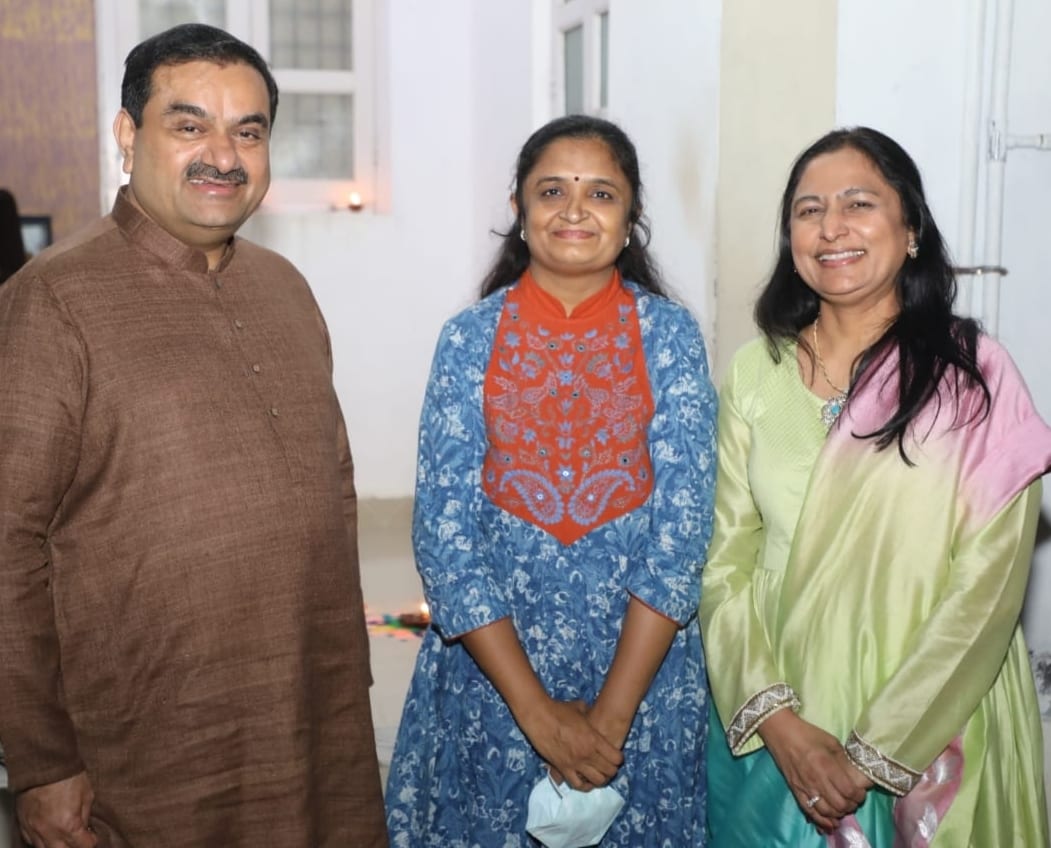
- Hobbies and interests Travelling and landscape photography. After my last promotion I treated myself to a new camera which I had been eyeing for quite some time.
- Tell us something that not many people know about youI am a jyotish visharad – an astrologer. I do not practice actively but it is definitely an area of interest for me.
- Food that uplifts your mood Bajra rotla and khichdi.
- All-time favourite movies Super 30, 3 Idiots.
- A book that has inspired you Wings of Fire by Abdul Kalam.
- A good habit that you swear by I am a firm believer and practitioner of meditation.
Quick Talk

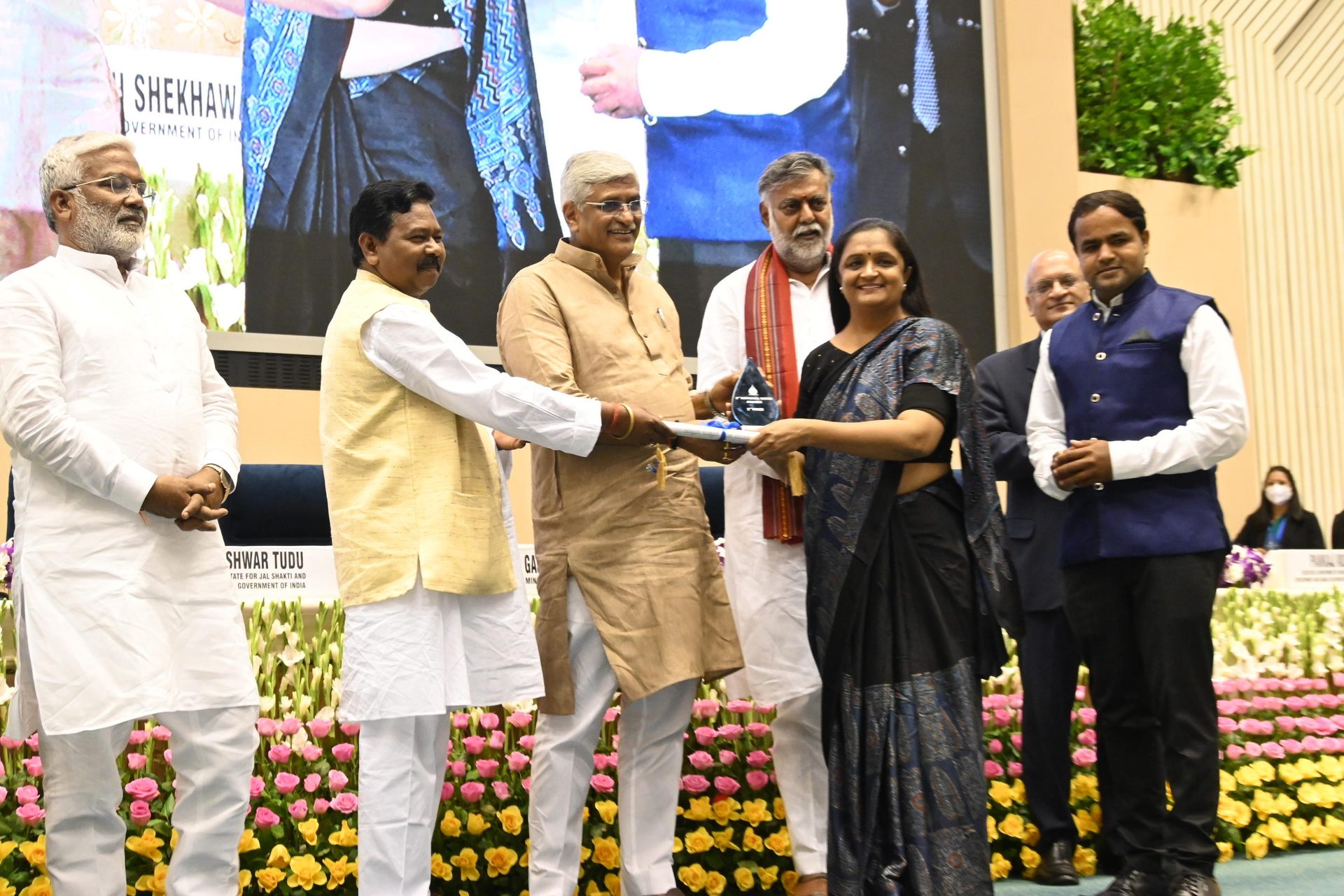
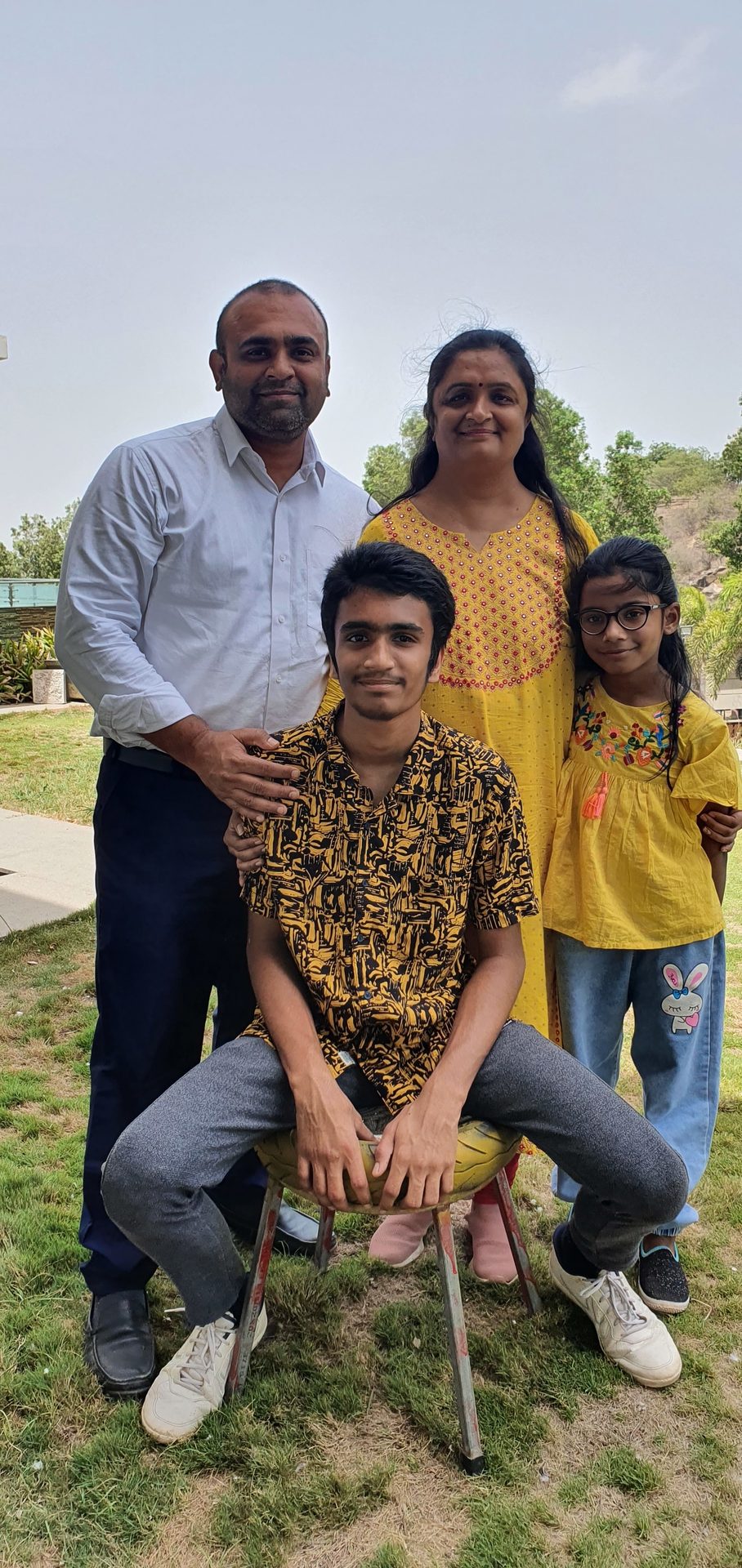
The first few years were difficult and the mom guilt was real! But soon, Dhairya started going to school and I became more comfortable with my new routine. I feel grateful as my son never expressed his disappointment or got angry with me for not being around as much as other mothers."
A Flying Visit To CSMIA
Newsmakers
Adani Airport Holdings
Mallika Dasgupta
Agroup of 13 undergraduate business honours students from Babson Center for Global Commerce at the University of the South Sewanee, Tennessee, USA, visited the Chhatrapati Shivaji Maharaj International Airport (CSMIA) on 30 May 2023. The aim of their visit was to gain a comprehensive understanding of the Mumbai Airport and its business operations. The visit was part of their education and skill development initiative.
The students were given a traditional welcome at CSMIA's Terminal 1. Rajeev Chawla, Chief Hospitality Officer and Head of Terminal 2 Operations, CSMIA, briefed the students regarding the airport’s efforts to modernise and adopt newer technologies, thus ensuring operations at CSMIA set new industry benchmarks and move from functional to seamless. The students were awestruck by the facts and figures presented on the magnitude of CSMIA’s daily Terminal & Airside Operations.
At the end of the session, the students and faculty were presented with a token of appreciation by CSMIA followed by some refreshments. This visit allowed the students to experience the dynamic environment of Mumbai International Airport and offered them a hands-on learning experience regarding various aspects of the Mumbai Airport.
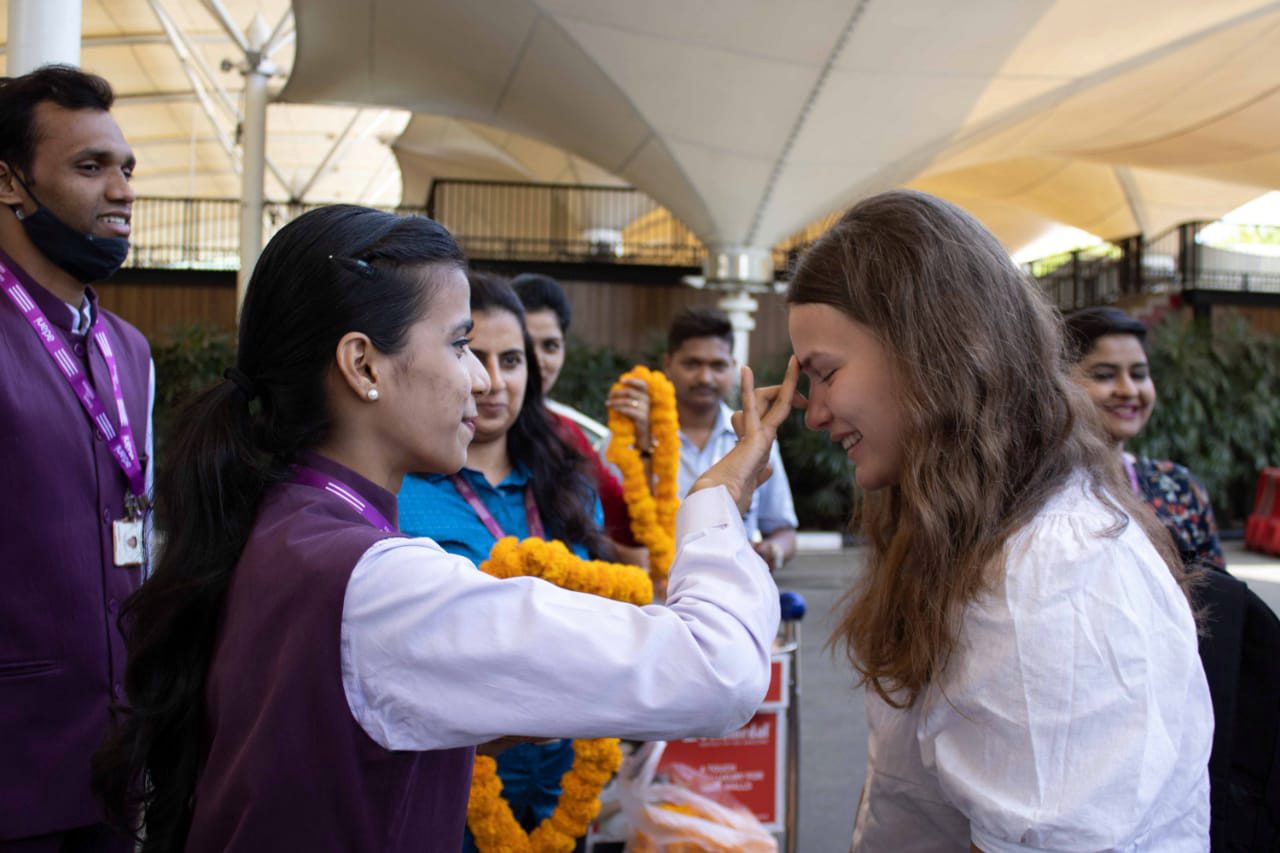
spotlight
LIFTING GOLD
From using sports as a means to channel his anger and frustration to winning gold medals, the tale of this 36-year-old specially-abled sportsman is truly an inspiration for all.
Shreya Iyer & Dipika Rathi
“I can’t change the direction of the wind, but I can adjust my sails to always reach my destination.” – Jimmy Dean
The life trajectory of Ashok Kumar Parmar quite resembles the quote by American singer Jimmy Dean. He won his second national gold medal at the National Powerlifting Championship, Surat, in the 56 kg category. Ashok took part in the open category, which included specially-abled sportsmen and transgenders. However, his journey to the podium has not been a bed of roses.
“When I was barely a year old, I was administered the wrong injection due to which I was infected with poliovirus that paralysed my left leg. However, I have always focused to look at the positive and never let my disability come in the way of my goals. I work doubly hard to achieve them,” says Mr Parmar.
At the age of two, his family shifted to Ahmedabad from his village Mandva, Gujarat, for better medical facilities and education.
“I never liked people calling me disabled,” shares the champion. “However, I was never allowed to do things like everyone else. During my younger days, whenever I visited my village, people discouraged me from riding a bicycle and insisted that I use the tricycle for the disabled. But I didn’t listen to any of them and decided to learn how to ride a bicycle. From rocky roads to thorny bushes, I fell on all kinds of surfaces, got hurt, but never gave up on my goal. Soon I was riding a bicycle. Now, I commute from my home to my workplace daily on a two-wheeler which takes a total of 2-3 hours.”
Often bullied in school, he would either walk away or fight it out. But gradually, he realised that unless he became physically and mentally strong, his grief-stricken situation would always get the better of him.
“When I was a child, other children would bully me. Their words and actions hurt me, but I wouldn’t complain. Sometimes I would ignore it while at other times I would fight back. Over the years, every time I fought back, I felt the power and wanted to become more powerful. So, in 2012, when I was 22, I joined a gym to get fitter,” says Mr Parmar.
Hailing from a financially backward income group, he chose to begin his training at a government gym rather than at a fancy one. “The training I got there has helped me immensely, even until now. The first three months I was only given body-weight exercises and later slowly began training with the equipment,” adds Mr Parmar.
Around 2014, his peers at the gym encouraged him to participate in a body building competition in the 50 kg weight category, where he stood first.
“In 2016-17, I started to learn about powerlifting and started participating in championships. Since then, I have won bronze, silver and gold medals,” he adds happily.
But Mr Parmar is not looking at slowing down after his latest win. He is gearing up to win many more prestigious competitions. However, things still are not easy for him.
“I live in a joint family and my family is my priority,” he says. “So, investing money in training, supplements and other necessities is still not a feasible option. I have been training on my own for all the championships so far and often have been turning to friends and their trainers who have been associated with powerlifting for years. I don’t consume any supplements and my intake of extra proteins – chicken and eggs – happens once in 2-3 weeks.”
“My parents haven’t been very supportive, as they fear that the training for a sport could cause further injury and irreparable damage. I still don’t inform my father when I’m travelling for any competitions, and I hide my medals from my family. My strong willpower, the hunger to learn new techniques and win more medals have been my biggest source of strength, and I’m my biggest cheerleader,” says Mr Parmar.
Ashok Parmar now works in logistics in the Adani Group. “Often, for disabled people like me, jumping from a mid-scale company to a large company like Adani is not easy. But the team here has been nothing but warm and helpful, and have welcomed me with open arms. Working in this environment has also helped me give my full attention to sports as my senior has been very supportive of my dreams and always pushes me to strive harder.”
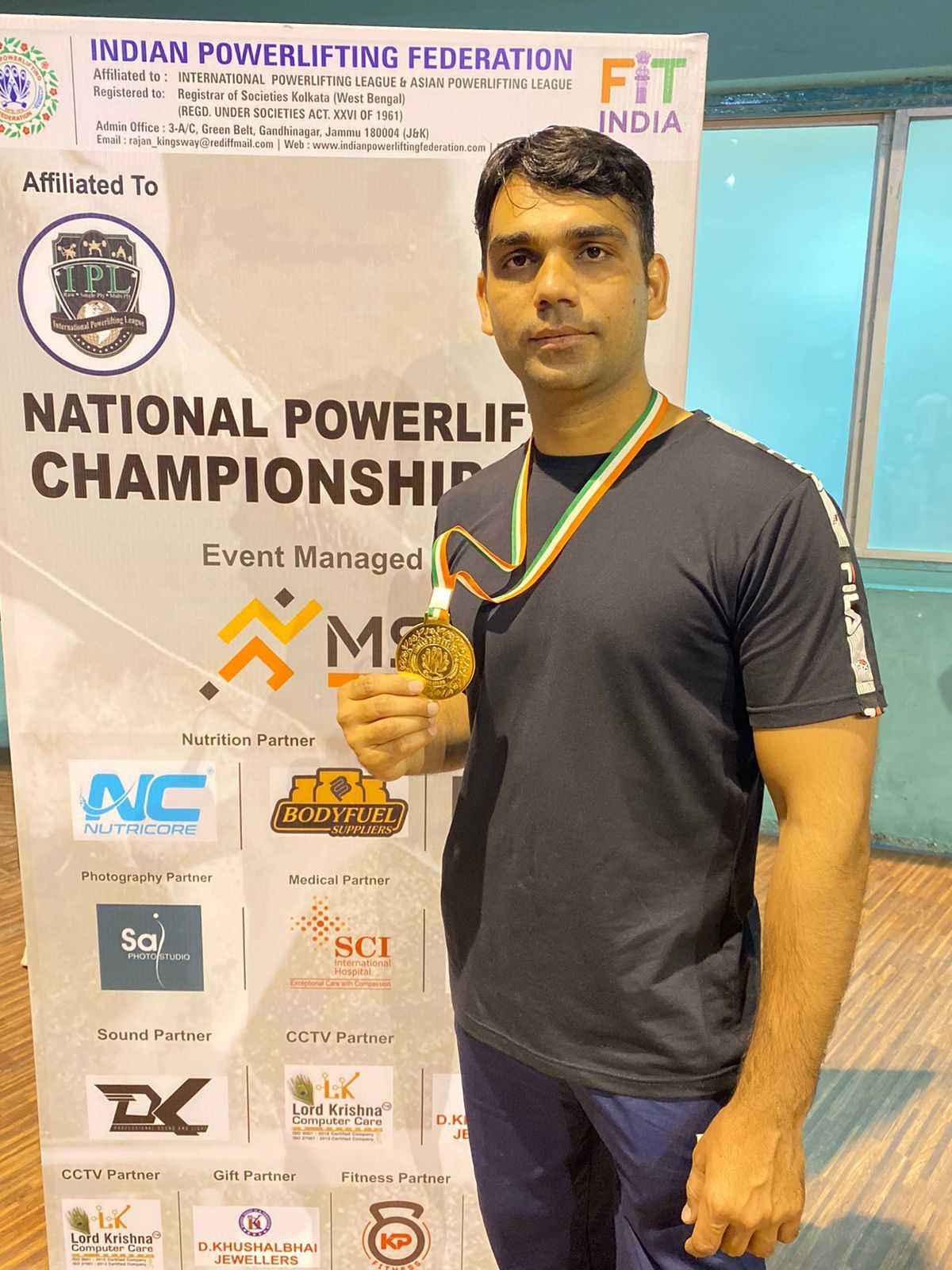
My strong willpower, the hunger to learn new techniques and win more medals have been my biggest source of strength, and I’m my biggest cheerleader.”
opinion
The MFN Mystery
Shishir Priyadarshi
(Don’t read on if you are a purist!)
Literally close to three decades ago, I was assigned to go to Geneva and to take care of India’s interests in the World Trade Organization, or the WTO, as it is popularly referred to. Naturally, one of the first things I started doing, as part of my preparations, was to start reading about the organization that was soon going to be my day-time home for the next three years. I still recall that there were two things that I found difficult to fully comprehend (it’s a different matter that, later, there were many other issues that fell into this category).
One, was the most favoured nation treatment, the MFN principle, as it is called, about which I will share some thoughts today.
And the other was the consensus-based decision-making nature of the organization, which we will keep for another (rainy) day.
Going purely by the English dictionary definition (though I must admit that English is a funny language), the words ‘most favoured nation’ seemed to imply a special dispensation that any one nation may wish to give another, a dispensation that it was not giving to anyone else – hence the phrase is most favoured. This seemed to make sense, since in those days India had a special relationship with Russia and I was very much aware (having worked in the office of the Cabinet Secretary), that we would often be able to export goods to Russia at a very low rate of duty, because we had an MFN relationship with them. This was quite similar to the relationship that I knew existed between the US and Mexico, and between countries which were part of the European Union, and I felt fairly confident that this is what MFN meant.
Some of the senior bureaucrats that I went to call on before leaving for my foreign assignment, as was the tradition those days, a tradition that has long since been abandoned, also very knowledgably told me that “Shishir, now you will be able to see first hand how the MFN principle helps countries like India.” Clearly they knew what this fundamental principle was all about, though I must say that post these very intelligent sounding conversations, I would try and analyze what I had gleaned from those very wise words of peers far more senior and knowledgeable than me, and the answer after much deliberation would invariably be "nothing" – but then, that is something we bureaucrats are really good at – the ability to say a lot and convey little!
In any case, one fine day in May of 1997, this suitably empowered colleague of yours, gingerly tiptoed into the hallowed portals of an organization that I had a heard lot about, but probably knew very little of. My first feeling was one quite close to that of foreboding. I think they had chosen the colour of the building very consciously. The gray stone building immediately made you look at it in awe. It was as if it had been designed by a group of wizened old men, obviously with white flowing beards, who had this funny notion that respect could be generated only by intimidating ‘freshers’ like me. And if that were not enough, then the very sight of a very large number of esteemed gentleman (there were very few women trade diplomats in those days), all wearing dark suits, much more reminiscent of a sombre gathering in church rather than a UN body, carrying a bunch of files, which for all I knew may have held empty sheets of paper, and engaging in serious low tone conversation, as if any louder decibels would bring the building down, was enough to intimidate me like nothing had done before.
But this is where having spent many a year in the Indian Administrative Service came handy. Rather than trying to be iconoclastic, I decided that my best bet at survival would be to follow the old adage of ‘do in Rome, as the Romans do’. So what if I was in Geneva, and Rome was a good 888 kilometers away (yes, that’s been checked by Google maps), I decided to do what they ‘did in Rome’. So the next day, yours truly took out his most dull and dark suit, and clutching a sheaf of papers, as if they contained the will of a rich uncle who had decided to bequeath his entire wealth to me, I decided to reenter the brave new world of the WTO, aka Aldous Huxley style.
And, voilà, it worked like magic. Instantly, I was able to merge into the small groups of the many serious gentlemen involved in un-animated conversations. I even elicited a few ‘bonjours’, or good mornings, to which I smiled and nodded my head as intelligently. Oh, this was a great world to be part of and, suddenly, the next three years seemed much more attractive than what they had appeared to be on day one. But, then God, and the English language (remember we spoke about it a few paras ago), had other plans for me.
The notice board announcing the meetings for that day indicated, in flashing colour, as if that were the only way to catch the eyes of the short sighted trade diplomats, that the meeting on ‘Trade Preferences’ would be held in Room W and, in smaller parenthesis, it said that the meeting would be discussing the MFN principle. I thought that this was a great opportunity to confirm what I knew about this sacred principle of the WTO. By the way, I presumed that the WTO must have a very large number of rooms to have a Room with the alphabet W, only to find a few weeks later and after much footfalls all over the building, that the wise men had decided that they would randomly number rooms in the WTO. After all, why name rooms alphabetically, when it would be so much more fun to have delegates searching for randomly named rooms. But lest I digress, and I know this is an apology that I may need to utter numerous times, let me take you back to Room W, which I had found simply by following the stream of serious gentlemen.
Having seated myself, and very proudly at that, under the name plate which said ‘INDIA’, I put on my earphones and started listening to the debate, which was French to me, literally, till I could find the right knob which allowed me to listen to the discussions in English. But, soon the pleasantness of the morning turned into consternation, because everything that was being said about the MFN principle went against the grain of my understanding of it. Delegations from a number of countries were accusingly giving details of those countries which were not according the MFN principle. I just couldn’t understand this – how could one country argue that another country, which wasn’t as close to it as it was to others, should also be giving the country which was complaining, the most favoured nation treatment?
I was confused – what did MFN actually mean? Who should I ask? And, importantly, how should I ask, so that my pretense at being knowledgeable didn’t go up in instant smoke? The way out appeared to me that evening. I had seen a notice that a delegate who was departing wanted to sell his car. So I called him and knowing fully well that he would soon be leaving Geneva, I took the conversation away from his emotions on having to part with his car, to the rather more mundane topic of what MFN meant.
Now, this is what he told me – that the WTO rules obligate every member country to accord the very same treatment that it was giving to its most favoured trading partner, to all other members of the WTO. So basically, you had to treat everyone equally, without any discrimination. For instance, if the US was importing cigars from Spain and levying a duty of 10% on them, then they were prohibited from levying a duty higher than 10% on the same kind of cigars coming in from Cuba. Meaning thereby that a country could not discriminate between different members of the WTO, irrespective how its political relations with these countries were, and was obliged to give all the other WTO member countries the same treatment that it was according to its most favoured trading partner.
This was diametrically opposite to my understanding of the MFN principle, but it was also a very telling fact and made a very strong counter argument for countries who were hesitant to join the WTO because they felt the organization was a discriminatory rich man’s club. Much to the contrary, it was clear that if you were a member of the WTO, then every other member would have to accord the most favorable terms of trade to you, without any discrimination whatsoever. But what I couldn’t understand then, and probably to some extent even now, was the reason for calling what was clearly a clarion call for non-discrimination, something diametrically opposite – the most favoured nation principle. In my view, the thrust of this core principle of the organization would be so much better conveyed if it were called the ‘Non Discrimination Principle’. But, if they had done that, then the wizened old men who had plotted the creation of the WTO, as also the upholders of the purity of the English language, wouldn’t be laughing as I write this, and as you read this!
Epilogue
Normally this article should have ended with the above lines. But I have to recount that when I went back to India for the first time after having spent a year in Geneva, I again went to see those wonderfully wise colleagues of mine who apparently knew what MFN meant and, in a very tongue-in-cheek way, I explained to them that this principle meant the following: that if country C1 was charging a duty D1 while importing a product P1 from country C2, then country C1 was prohibited from charging a duty higher than D1 while importing product P1 from countries Cµ…Cn (with apologies to all great mathematicians).
The writer is President, Global Relations for the Adani Group.

I was confused – what did MFN actually mean? Who should I ask? And, importantly, how should I ask?”
techspeak
technology,
the value Creator
Digital transformation is a key necessity for business excellence in a VUCA world.
Kamal Ajitsaria
The VUCA world refers to a Volatile, Uncertain, Complex and Ambiguous environment, further characterized by rapid changes in the business operating environment and digital markets. Most businesses are affected and, to survive in the VUCA world, they are forced to transform themselves to excel. To put things in perspective, let’s take the example of the global energy transition, moving from carbon-based to carbon-free and how the Adani Group is leading this transition with its push for renewable energy enabled by digital technologies.
For further context, the electricity that powers our appliances and gadgets has been the same since our childhood days but, behind the scenes, the entire industry is getting disrupted – a perfect example of the VUCA world.
The business environment is becoming increasingly Volatile due to global warming that has paved way for rapid climate change. Increasing awareness, activism and regulatory pressures are forcing the adoption of renewable resources for generating electricity. However, this leads to increased Uncertainty as these renewable resources (solar irradiance and wind speed) cannot be controlled manually, unlike coal or nuclear. However, consumers and regulators expect a 24x7 reliable supply of clean energy. Further, the Complexity of electricity generation has increased a million-fold. Earlier, just five thermal power generation units of Adani Power were able to supply 10 GW of electricity but, now, we have 33 million solar panels and 8,000+ windmills installed across India to produce a similar amount of electricity. The Ambiguity of RoI from renewables is also much higher. As a rule of thumb, 1 GW is about a billion dollars in investment with a project lifespan of around 25 years. Estimating the RoI in the face of changing environmental, technology and geo-political factors, coupled with stiff pricing pressure, is more of an art than science. It is in this context that one can appreciate the critical role of digital technologies – such as Cloud, Data and Artificial Intelligence – to manage the India-scale portfolio of Adani Green Energy.
Our journey of digital transformation of energy businesses started in 2018 with the creation of an 'Energy Digital Transformation Roadmap'. The goal of this roadmap was to transform the businesses from thinking of technology as a cost center to technology as a value creator. Multiple programs were successfully initiated for smart bid management, procurement, project execution and monitoring, smart operations, and asset performance management.
One of the key digital transformation initiatives was the setting up of the Network Operations Center (NOC) for renewable energy business. We started by implementing platforms built by start-ups. However, our requirements and scale were growing much faster than any of the existing solution providers and, very soon, we realized that none of the existing solutions was techno-commercially viable. So, in early 2020, we decided to build our own data and AI platform, 'The Adani Industry Cloud'.
Little did we know that we were about to enter a mega-VUCA world with the onset of the COVID-19 pandemic. But we had already taken our first step towards this exhilarating journey and decided to go full steam. We partnered with Google Cloud to build a state-of-the-art cloud platform which now runs our renewable energy operations from our Command & Control Center in Ahmedabad, India. We are collecting almost a billion records every day, calculating millions of KPIs, and executing thousands of business rules in real-time which are automatically converted into operations and maintenance tickets to ensure maximum generation of electricity from renewable resources.
The journey of the Adani Industry Cloud continues with expansion into the edge, multi-clouds and other businesses of the Adani Group. More importantly, this has given us the ability to convert data into revenue and cost savings with AI powered insights. Our AI teams are building use cases around generation forecasting, predictive maintenance, panel performance optimization, windfarm performance optimization, etc.
We are now taking forward the Adani digital transformation story with the creation of Adani AI Labs. The new entity's goal is to transform technology from being a business enabler to a revenue centre driving exponential growth with new business models.
The writer is Vice President, Adani AI Labs.
We are collecting almost a billion records every day, calculating millions of KPIs, and executing thousands of business rules in real-time which are automatically converted into operations and maintenance tickets to ensure maximum generation of electricity from renewable resources.
Whole & Gold Grains To
Mill Your
Own Flour
Newsmakers
Adani Wilmar
Dipika Rathi
A greater emphasis on health and well-being has occurred in the post-pandemic times. People are making healthier food choices and are more aware of what they consume. The modern generation in India is getting attracted towards incorporating the conventional art of cooking which comprises integrating wholesome and natural sources of food ingredients and the previous generation could not be any happier.
The traditional method of milling one’s own flour has gained popularity in recent times. And to deliver nutritious, delicious and ethically sourced whole wheat grains that have been a part of the human diet for tens of thousands of years, FMCG giant Adani Wilmar Ltd (AWL) has entered the whole wheat category with its market-leading brand Fortune.
Whole wheat refers to the entire wheat grain, including the bran, germ, and endosperm. When wheat is refined, the bran and germ are removed, leaving only the starchy endosperm. Whole wheat is a good source of dietary fiber, B vitamins, and minerals such as iron, zinc, and magnesium.
Reading the Food Label
It is not always easy to know what kind of grain is in a product. For example, bread may look like it is made from whole wheat because it is brown. But the colour may be from molasses or some other ingredient. When shopping for whole wheat products, it is important to read the labels carefully, as some products may be labeled as ‘whole wheat’ but still contain refined grains or added sugars.
To bring authenticity to the consumers and purity in its offerings, AWL has launched four whole wheat variants with the best of India’s wheat produce. Our country is known for its diverse varieties of wheat, and rightly so, AWL is sourcing the best of Sharbati, Poorna 1544, Lokwan and MP Grade 1 wheat seeds. These varieties meet stringent AWL specifications to ensure purity of variety in its 30 kg vibrant packs.
Hearty Options for a Healthy Diet
Whole-grain foods are good choices for a nutritious diet. Whole grains provide fiber, vitamins, minerals and other nutrients. Discussing the new product launch, Vineeth Viswambharan, Associate Vice President, Marketing & Sales, AWL, shared, “Traditional wheat connoisseur households in the West and North of the country are very selective about their preferred wheat varieties which they get ground under their supervision in neighbourhood chakki stores. The range of Fortune Whole Wheat varieties will give them just what they are looking for and will stand out for their clearly superior quality and variety assurance.”
While a high intake of refined grains is linked to health problems like obesity and inflammation, whole grains are a different story. In fact, eating whole grains is associated with various benefits, including a lower risk of diabetes, heart disease, and high blood pressure.
“There is a pressing need for genuine and unadulterated whole wheat options in the market. Our products will deliver a wholesome and unadulterated whole wheat experience to consumers across the country,” added Mr Viswambharan.
Single-Breed Wheat Flour
Fortune will set the gold standard for whole wheat in India and stand out for its exceptional sourcing from the best growing regions in Madhya Pradesh, which is known for its high-quality golden grains that are grown in abundance there.
Eating whole wheat products has been associated with numerous health benefits, including improved digestive health, lower risk of heart disease, and better weight management.
Health-conscious consumers across India have been ardently embracing conventional and ethnic food products which are anticipated to redefine the paradigm of the FMCG (Fast-Moving Consumer Goods) industry in the country and AWL is leaving no stone unturned to cater to the rising healthy demands of the nation.

There is a pressing need for genuine and unadulterated whole wheat options in the market. Our products will deliver a wholesome and unadulterated whole wheat experience to consumers across the country.”
Vineeth Viswambharan | AVP Mktg & Sales, AWL
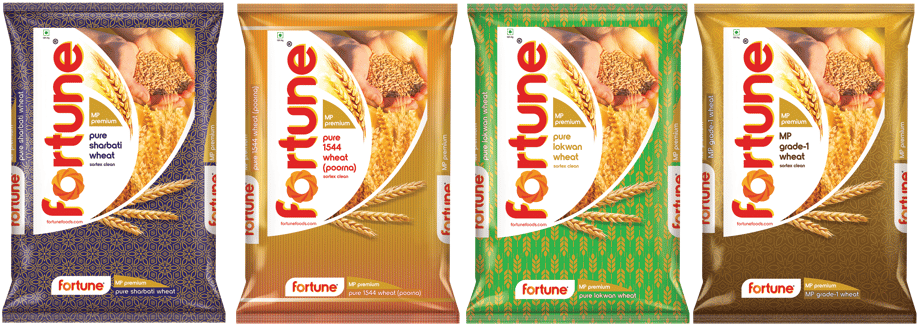
Adani Wilmar has launched four whole wheat variants with the best of India’s wheat produce - Sharbati, Poorna 1544, Lokwan and MP Grade 1 wheat seeds in their new 30 kg packs.
Q&a
“Never Let Fame Get to Your Head”
At Windows-To-Naya-Bharat, cricket commentator Harsha Bhogle offered tips on how to drive your point and catch opportunities.
Shreya Iyer
O ne of the most critical assets for a company is its people, and the Adani Group has always believed in its people, says Sachin Garg, Head of Business Excellence, Adani Group. “Since the Adani Group’s inception, we have witnessed tremendous growth across all our business verticals, thanks to its robust team of amazing people,” he says.
To ensure that every employee receives the opportunity to perceive the world and their surroundings from a different perspective, a new initiative – Windows-To-Naya-Bharat’ – was launched.
“Our goal is to help our employees and executives build a broader perspective to accelerate our journey towards nation-building,” adds Mr Garg.
With this objective in mind, Windows-To-Naya-Bharat invites eminent speakers from various walks of life to address Adani employees.
The latest personality who enthralled the audience was ace cricket commentator Harsha Bhogle.
In a freewheeling chat with a-connect, Harsha Bhogle talked about his vision of Naya Bharat, life’s lessons from the field and more.
Women and the youth are the future of Naya Bharat
I have been very bullish about India. During the last couple of years, every time I go as a speaker to any event, I have always come back energised as the passion shown by the youth has been extraordinary. And I’m in awe of the confidence and ambition of young India.
If we can unshackle the youth of India, then they will surely take us to great heights. More importantly, the future of a bright and new India lies in the hands of the women in our country because they are naturally very resilient and they have extraordinary work ethic, that can take us to places on the world map.
Never let go of your work ethic
I have often been asked to give a piece of advice to those who want to make it big. While I believe that giving advice is easy, the will to follow it comes from the inside. However, the one piece of advice I have always followed is to never let go of your work ethic once you become successful. When you become successful, you begin to lose focus and take things for granted which can have adverse effects. There’s a thin line between being confident and overconfident and one must acknowledge it before it gets too late. As you progress, learn new skills and stick to your work ethic as that will take you a long way.
Social media is a double-edged sword
I see a lot of younger people in my profession, and I have realised that I wasn’t as talented as them when I was their age.
With so many avenues at our disposal today, it has become relatively easy to connect with the right kind of people. However, when it comes to social media, I believe it’s a sharp double-edged sword. You get to meet a lot of people that help you to understand and perceive the world better, but I hope people resist the urge to become somebody else.
Everybody wants to be somebody else on social media and you cannot live that lie for long, as I feel this idea of being someone else on social media has paved the way for severe mental and emotional health concerns. Be yourself on social media and people will recognise your talent.
Lessons from the field
There have been so many lessons from the field, and I have always been grateful that my family has my back, as with the increasing amount of stress at the workplace you need to have a safety cushion. The other thing I have learned is that it is OK to be respectful of people’s achievements and try to be better than them. You don’t have to hate someone to be better than them. Lastly, never stop learning.
I’m lazy and I procrastinate!
Not many people know that I’m actually very low on self-confidence and it’s mostly because I’m scared that I will get carried away by my ego and start taking things for granted. Even today I never go unprepared for an event. I have gotten this habit from my wife as we have done many events in the past and she would never allow me to go unprepared. The other thing that many don’t know about me is that I’m lazy and I still make a to-do list daily.
Lastly, not many know this but I’m a procrastinator. This is also why I overburden myself with work so I’m always on my toes. I don’t remember when the last time was I took some time off and did nothing. I must learn to take off days and enjoy them.
I have always looked up to people with long careers
I have always looked up to people who have had long careers because it means that they were that good to evolve with time and learn new skills, are thorough professionals, and would never get pompous with success.
The one piece of advice I have always followed is to never let go of your work ethic once you become successful.”

Our goal is to help our employees and executives build a broader perspective to accelerate our journey towards nation-building.”
Sachin Garg | Head, Business Excellence
Newsmakers
Adani Foundation
The real
through
the virtual
Virtual Reality is helping students understand the size and scale of the Adani Group.
Shreya Iyer
Under the Adani Foundation’s Project Udaan, a Virtual Reality lab was set up at the Shantivihar Guest House, Mundra. The VR lab enables students to understand the size and scale of the Adani Group’s various business verticals.
Visiting students were left amazed after virtually experiencing the sheer breadth and magnitude of the facilities in Mundra, including the Mundra Port, the Adani Power Plant, and Adani Wilmar’s factory units.
“It was thrilling to have a 360-degree immersive and engaging learning experience about the various business verticals of the Adani Group. As a management student this is my second visit, and the experience was incredible. When we visited the Adani Port and the Adani Wilmar factory, we were enthralled. But we were amazed beyond words when we watched these sites closely through VR,” says a student from Ganpat University in Mehsana, Gujarat.
Explaining the vision behind this new digital initiative, Vasant Gadhavi, Executive Director of the Adani Foundation, says, “As part of Project Udaan, we are elated to add a digital dimension to our guided tours in the form of a Virtual Reality lab. We hope this experience will encourage and inspire students to expand their horizons and contribute towards nation-building.”
Another factor that led the team to bring in virtual reality is that, often, due to several safety protocols, site visits are restricted. However, since students are keen to learn more about the daily operations at these sites, the team decided to introduce this engaging and immersive learning tool for students to have an enriching and 360-degree experience of every business aspect.
Vidhita Sinha, Management Studies Professor at Ganpat University, says, “It was a surreal experience. While I visited the port in person, getting a chance to see the expanse of it through VR was unbelievable. I have never experienced anything like this before.”
This year, the Project Udaan team is looking to arrange tours for over 30,000 students from 440 institutes. Students from higher educational and technical education institutions will get a chance to experience the VR lab.
Project Udaan, under the Adani Foundation, organises educational tours wherein participants are given a chance to visit the Adani Group’s industrial facilities at Mundra, Hazira, Dahanu, Kawai, Tirora, Dhamra, Kattupalli, Krishnapatnam and Gangavaram and also the Sardar Vallabhbhai Patel International Airport (SVPIA), Ahmedabad, to provide insights into the large-scale business operations, thus inspiring the students to dream big in life.
The project was launched in 2010 and, until now, over 4,00,000 participants have visited various businesses.
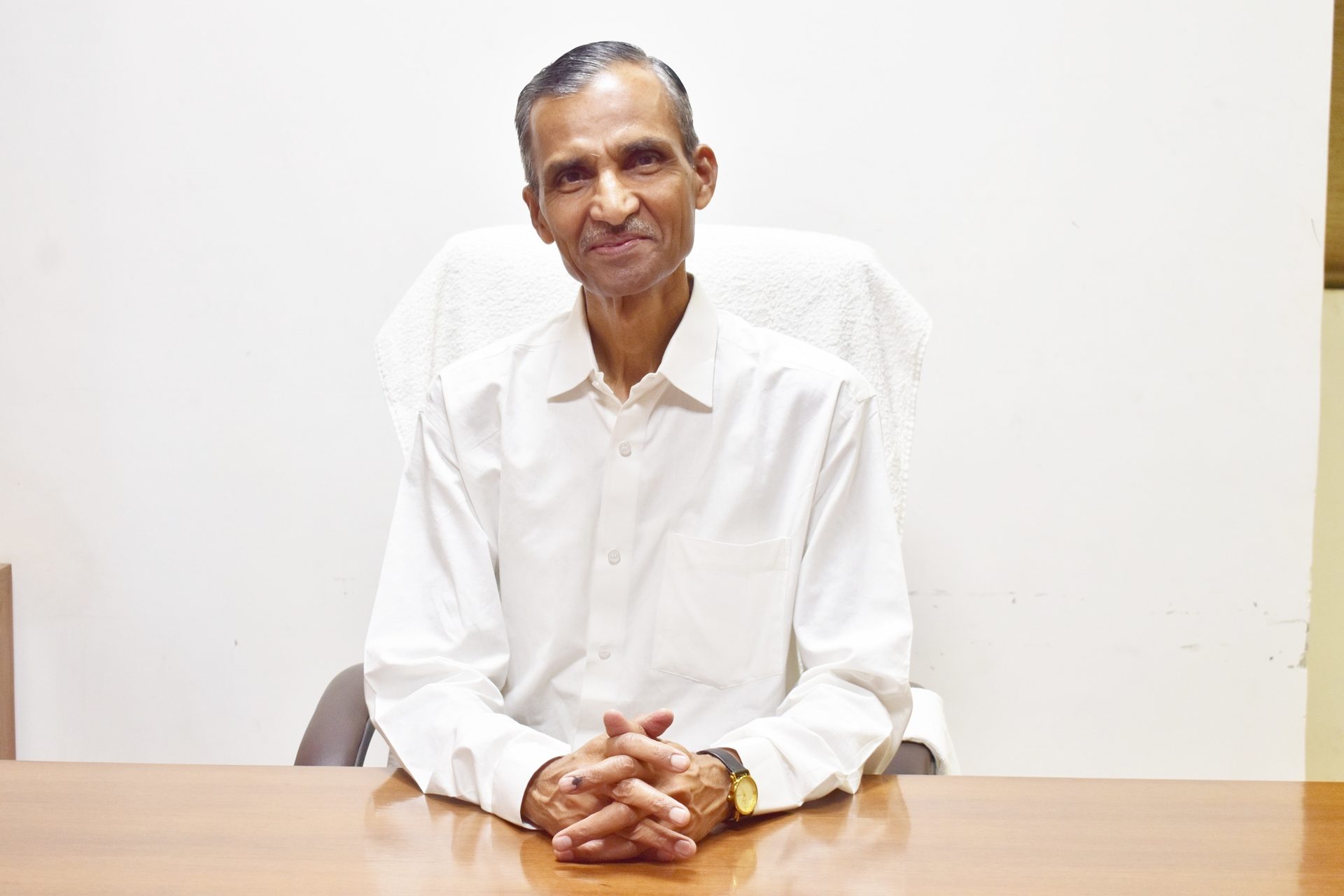
We hope this experience will encourage and inspire students to expand their horizons and contribute towards nation-building.”
Vasant Gadhavi | Adani Foundation
Newsmakers
Adani Digital Labs
A Game-Changing Travel Platform
Bringing all airline and airport-related services onto one seamless platform that will help customers prepare their journey better for a hassle-free travel experience in the airport and beyond.
Prasenjit Bordoloi
Travel is the fodder that feeds our imagination. Over the past few years, the world has witnessed an incredible transformation in the way we travel. Digital democratisation has resulted in access to the internet even on the fringes of India. Smartphones have been the enabler in revolutionising the travel industry. Today, digital travel platforms have become indispensable tools for modern-day travellers.
But the need of the hour was to craft a seamless airport experience by understanding the journey of our consumers, that starts before they arrive at the airport and continues even after the flight has landed.
This need has culminated in Adani One, a truly seamless digital travel platform. It brings all airline and airport-related services that will help customers prepare their journey better for a hassle-free travel experience in the airport and beyond. Connecting the physical and digital ecosystem, the platform aims to create passenger satisfaction through ‘phygital’ engagement. With just one click, any passenger can avail of a personalised airport experience by choosing from a range of offerings like Shopping at Duty Free, Pranaam Meet and Greet Service, Flight, Train, and Cab Booking, etc. And all these services at competitive rates.
To add to the delightful experience, the Adani Rewards Loyalty Program offers users Reward Points on almost all transactions done on the platform. Each point carries a monetary value, and these points can be redeemed for subsequent transactions. It is Adani One’s way of showing gratitude to its valued customers.
With the growing popularity and inherent benefits of ‘phygital’ assets, Adani One has the potential to become the go-to travel platform for India, making it a true game-changer in the digital travel platform space.
fashion
Desi twist
on the red carpet
From adding a retro element to the evergreen saree to rocking a nathni, these divas have shown us how to rock Indian ensembles and essentials at global events.
Shreya Iyer
Deepika Padukone
In 2022, at Cannes, Deepika hit some major fashion goals as she walked the red carpet in a mix of Indian and haute couture. However, at the closing ceremony, her ruffled saree with an elaborate pearl neckpiece was the cherry on the cake.

Vidya Balan
The actor chose to go all traditional for all her red-carpet appearances in 2013. From Kanjivaram sarees to traditional lehenga choli complete with a long veil, she nailed the traditional look.
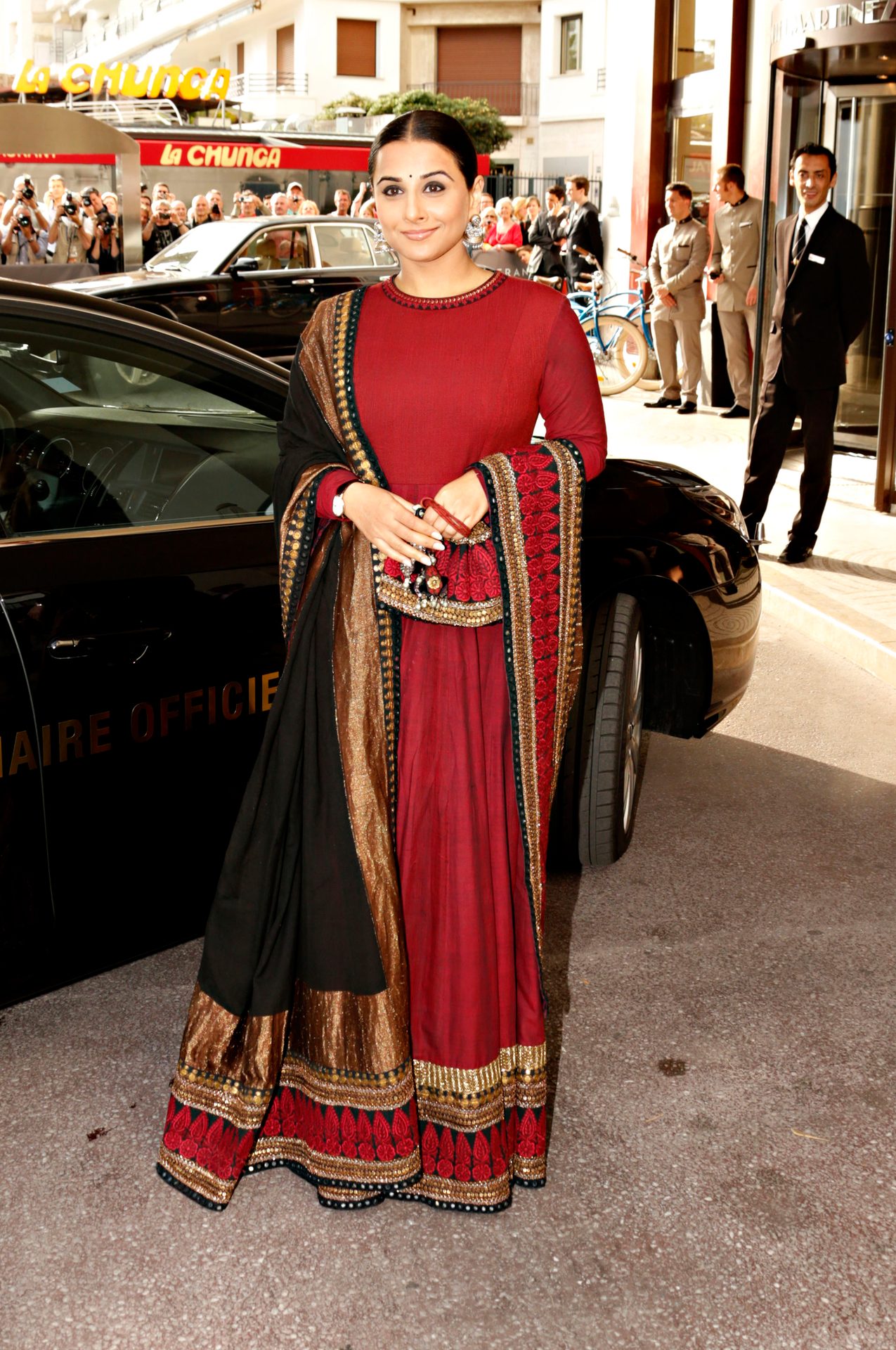
Aishwarya Rai Bachchan
A Cannes red carpet regular, the actor chose to shine in an all-golden saree. With hair in an updo, statement earrings and a box clutch, she allowed her golden saree to do all the talking.
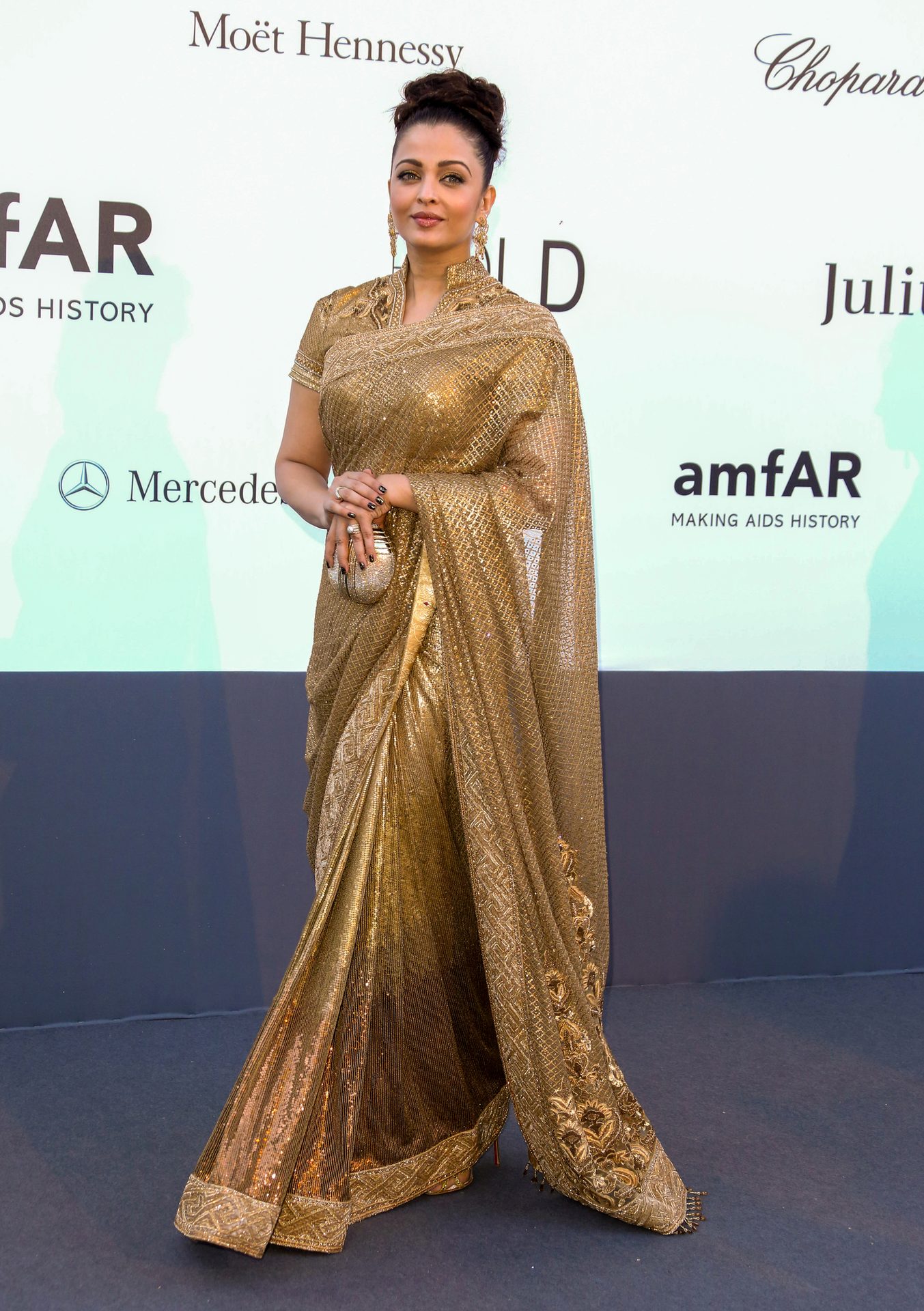
Sonam Kapoor
Sonam’s 2016 red carpet look, stunned everyone when she wore a polki nathni with an ivory saree. She completed the look with bold red lips sans any other piece of jewellery.

Sara Ali Khan
At her Cannes red carpet debut this year, the actor chose an elaborate ivory lehenga choli for her first appearance, and for her second, she donned a black-white sareewith a retro twist and a layered neckpiece.

Mrunal Thakur
The actor who made her Cannes red carpet debut this year, gave the traditional saree a shimmery twist at one of her photo calls on the French Riviera. She aced it with side-swept hair, smokey eyes, and drop earrings.

sports
Drama & Dhoni Dhamaal sum up IPL 2023
After three years, IPL was back to its home-and-away format. IPL had hit the reboot button last season with two new teams coming into the competition.
Juhi Chakraborty
As Chennai Super Kings (CSK) won a thrilling, emotionally-charged and rain-marred final against Gujarat Titans in front of nearly 100,000 people in the world’s largest stadium, Narendra Modi Stadium in Ahmedabad, it only marked the rapidly-growing brand value of the Indian Premier League (IPL).
Ravindra Jadeja flexed his batting prowess as the swashbuckling all-rounder stole victory from the jaws of defeat to help CSK clinch its fifth IPL title. The match was originally scheduled to take place on 28 May, but because of rain, the game had to be pushed to the reserve day. Even though a disappointing end to the fairytale journey of Gujarat Titans, the final was a total nail-biter, edge-of-the seat thriller of a match between the two top teams with a world class light and sound show and the enthusiastic crowd.
The season began with the same two teams going head-to-head at the same venue on 31 March and it ended amidst overwhelming fanfare for CSK captain MS Dhoni, who credited the fans for their unparalleled support throughout the season and much to their relief announced that he remains open to playing another season, putting all retirement rumours to rest. Besides the usual victories and disappointments, the tournament has been full of rags-to-riches stories with every team bringing on board new and talented names. On the field, Kolkata Knight Riders brought two stories to the fore--spinner Suyash Sharma and Rinku Singh. Suyash, who comes from Delhi, was an unheard of name until he got three wickets against Royal Challengers Bangalore on his debut. His father is battling cancer and his coach passed away after having contracted Covid a couple of years ago.
Rinku comes from Uttar Pradesh. His father delivers gas cylinders to homes. A very consistent domestic cricketer, he has been with KKR for a few years now. He made national headlines when he hit five sixes in the last over off Yash Dayal of Gujarat Titans. A breakthrough this year has been Shubman Gill, who has evolved into India’s superstar of the future with 890 runs in the season which included three centuries for Gurjarat Titans.
Another special moment was when Arjun Tendulkar, son of Sachin Tendulkar, made his IPL debut for Mumbai Indians. The 23-year-old is a left-arm pacer, and his temperament impressed a lot of people in the four matches he played.
Not just drama on field but there was also drama off it when RCB’s Virat Kohli and Lucknow Super Giants’ mentor Gautam Gambhir got into an altercation after RCB beat LSG in Lucknow. Kohli had turned up at Lucknow to avenge the loss his team had suffered at the hands of LSG in Bengaluru earlier in the tournament. Gambhir had gestured to the Bengaluru crowd to shut up after the match. Kohli sledged LSG right through the game in Lucknow. The IPL fined them 100% of their match fees.
After three years, the IPL was back to its home-and-away format with the tournament being played outside a bio-secure bubble for the first time since 2019. The IPL had hit the reboot button last season with two new teams coming into the competition. Gujarat Titans winning the trophy in its debut season validated the claims of India’s resource pool that could easily accommodate 10 teams in the league. In doing so, the Titans have built a reputation for themselves while the able leadership qualities of Hardik Pandya surfaced in front of the world with the team reaching the finals this year as well.
After the successful mega launch of the Women’s Premier League in March, the IPL is becoming the blueprint to help globalise cricket. Players from countries who are called minnows in international cricket have got good deals. Afghanistan’s spin wizard Rashid Khan is already the vice-captain of Gujarat Titans. The Titans also bought Ireland’s left-arm pacer Joshua Little. Sikandar Raza has become the first player from Zimbabwe to play in the IPL after Tatenda Taibu who last played more than a decade ago. There are at least half a dozen players from Afghanistan.
This year, the IPL was also spread across stadiums. The Atal Bihari Vajpayee Ekana Stadium in Lucknow, the base for Lucknow Super Giants, hosted IPL matches for the first time. The Assam Cricket Association Stadium in Guwahati also hosted a couple of Rajasthan Royals’ home matches. It was the first time the IPL was played in Guwahati. Dharamshala also hosted IPL matches this year.
- Winners: Chennai Super Kings
- Runners Up: Gujarat Titans
- Emerging Player of the Season: Yashasvi Jaiswal
- Orange Cap: Shubman Gill
- Purple Cap: Mohammed Shami
- Super Striker of the Season: Glenn Maxwell
- Most Valuable Player of the Season: Shubman Gill
- Game Changer of the Season: Shubman Gill
- Fairplay Award: Delhi Capitals
highlights

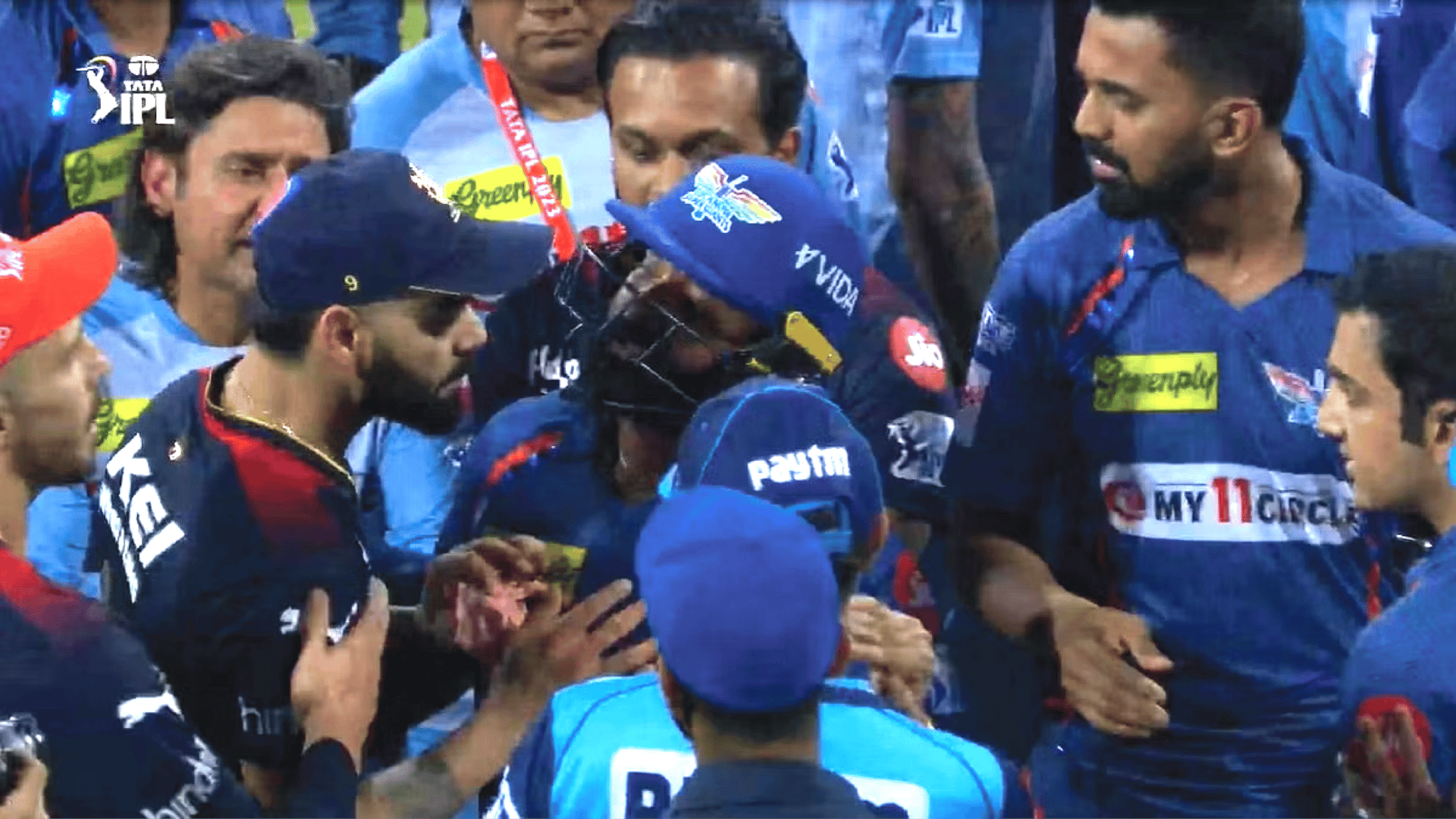
happenings
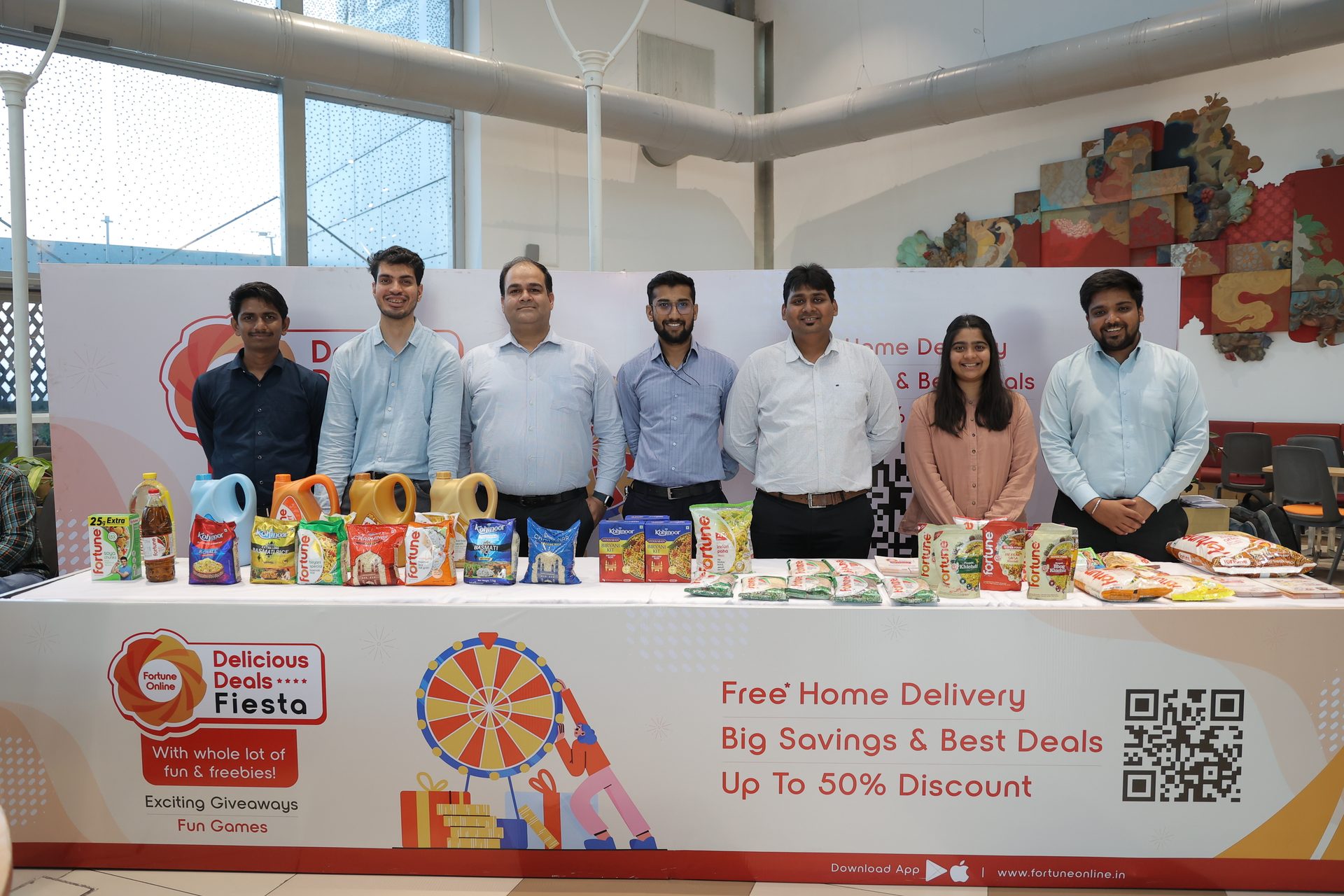
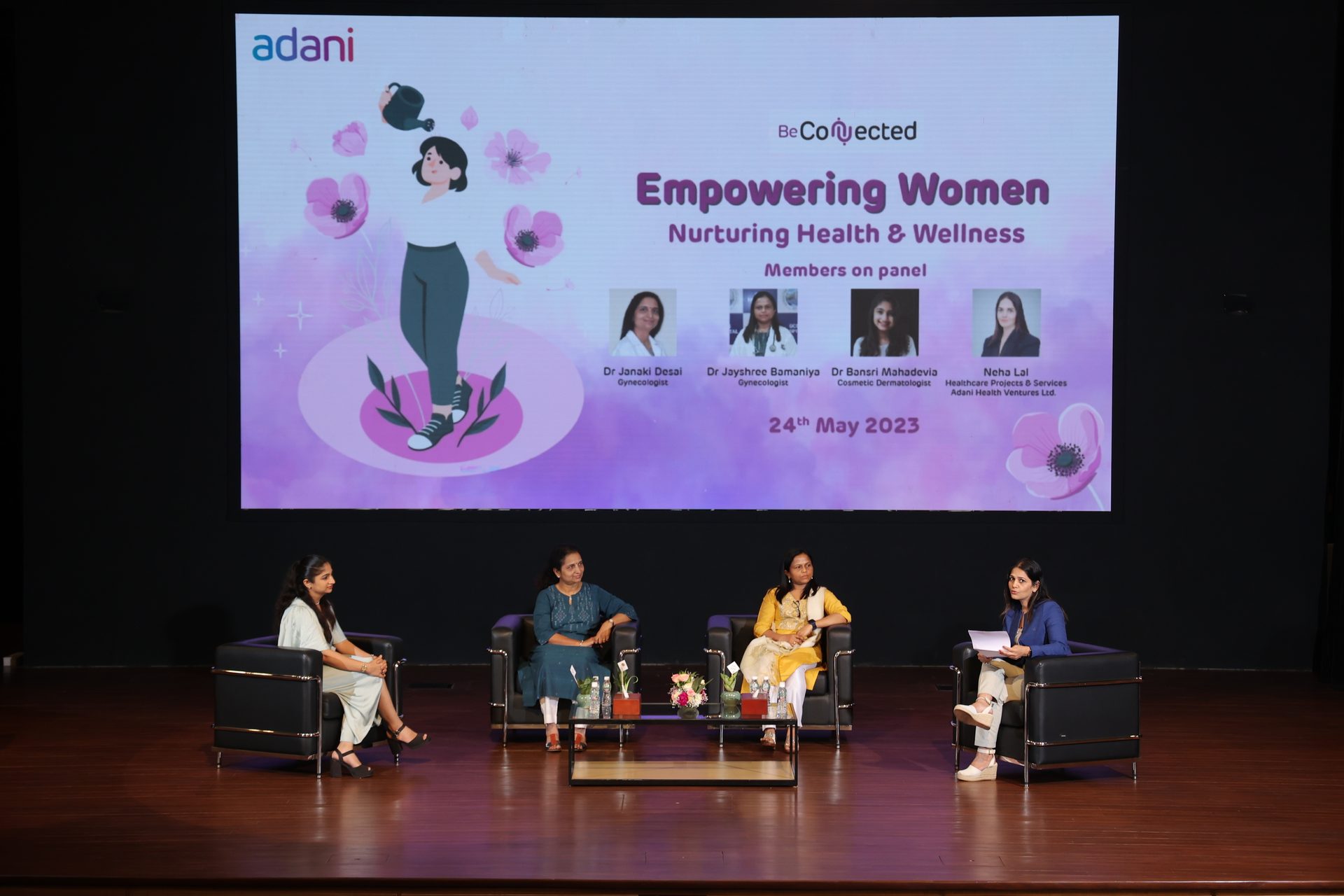
With consumer businesses of the Adani Group growing at a rapid pace, it is essential to foster synergy between each business house and create awareness among its own family. In keeping with this idea, Adani Wilmar’s D2C platform Fortune Online organised a two-day event at Adani Corporate House on 9 & 10 May. The event, named ‘Delicious Deals Fiesta’, had engaging employee games on the first day and tasting of its newly launched Kohinoor Biryani Kit on the second day.
Employees got a chance to win several prizes at the event counter. The staff members enjoyed themselves at the event away from their normal jobs by playing games like Spin the Wheel and Dart Board, which let them win Fortune prizes and coupons.
Feedback from employees suggests having more of these cross-collaboration activities, which not only relieve stress but also improve relationships between both employees and companies.
The Adani Group’s women team, BeConnected, came together again on 24 May 2023. The event's focus was on issues relating to women's health and well-being, as well as exchanges with professionals and peers in a welcoming setting.
Dr Pankaj Doshi, Head of Healthcare Services, addressed the gathering and discussed the Adani Group's health care offerings. Dr Janaki Desai, Dr Jayshree Bamaniya, and Dr Bansri Mahadevia participated in an interactive and informative panel discussion on the topic 'Empowering Women: Nurturing Health & Wellness', which was moderated by Ms Neha Lal from Healthcare Projects & Services, Adani Health Ventures Ltd.
The event, held in the Adani Corporate House auditorium, was live streamed. Over 500 women joined the event both in person and virtually from Mumbai, Mundra, Goa, Nellore, Dahej, Hyderabad, and several other locations.
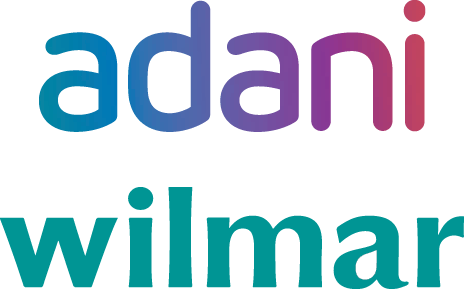


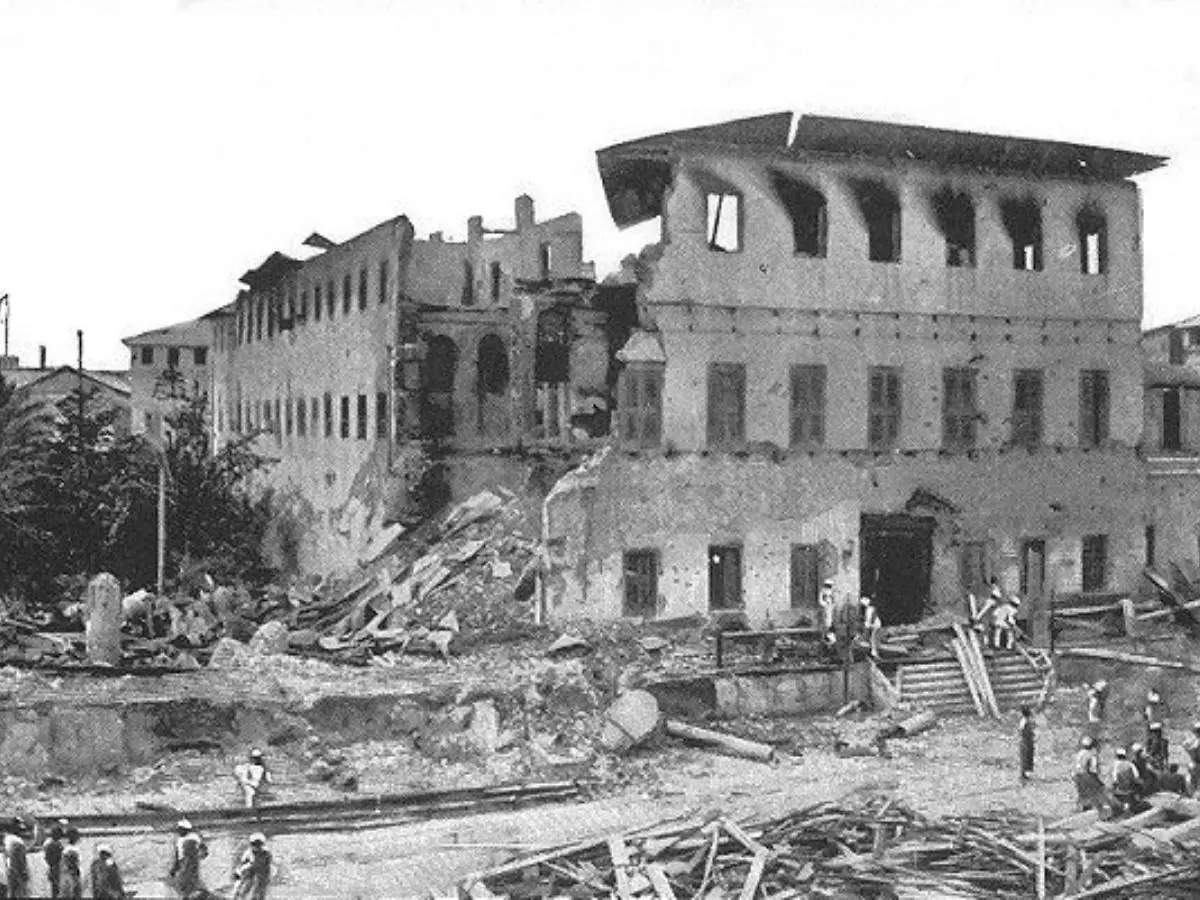
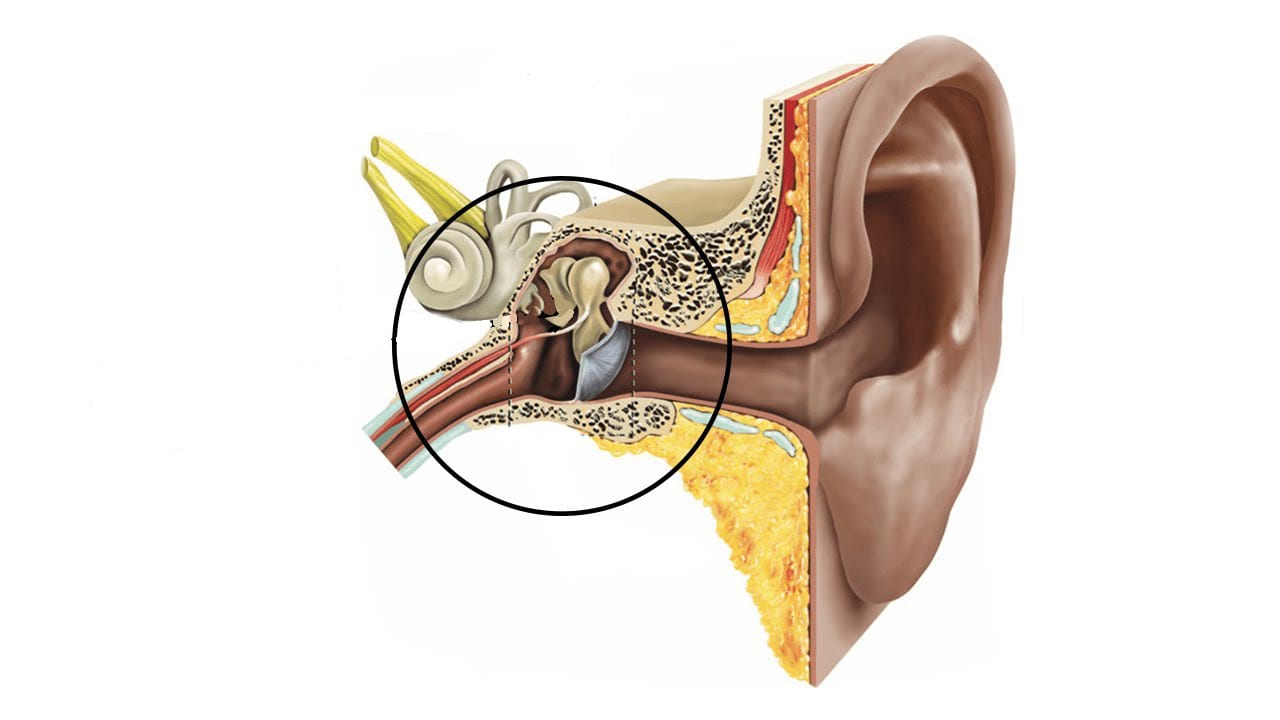


Honey Never Expires
Pure honey has an eternal shelf life.
In fact, edible honey was found even in ancient Egyptian tombs! Honey’s immortality is due to its low moisture content and acidic pH that create a hostile environment for bacteria and microorganisms.
The Shortest War
The Anglo-Zanzibar War of 1896 holds the record for the shortest war in history, lasting only between 38 and 45 minutes. This oh-so-brief conflict took place between the Sultanate of Zanzibar and the British Empire.
Tiniest Bone
The smallest bone in the human body is the stapes bone in the ear. Just ~3.3 mm long, it’s one of the three auditory ossicles found in the middle ear. Despite its tiny size, it plays a vital role in the human ability to hear.
The Banana Truth
The sweet truth about bananas is that they don’t actually grow on trees. The plant that produces bananas is actually an herb as it lacks the woody fibers necessary to be considered a tree.
The World’s Oldest Known Tree
The oldest living tree on earth is a Bristlecone Pine named Methuselah, estimated to be over 4,800 years old. It is somewhere in California’s White Mountains. The tree’s exact location is kept secret to protect it.

your corner
Unleash your creativity.
Send in your original contributions to connect@adani.com
Please do not forget to attach relevant details.
Red Carpet
Satyavratsinh Jadeja
CBC
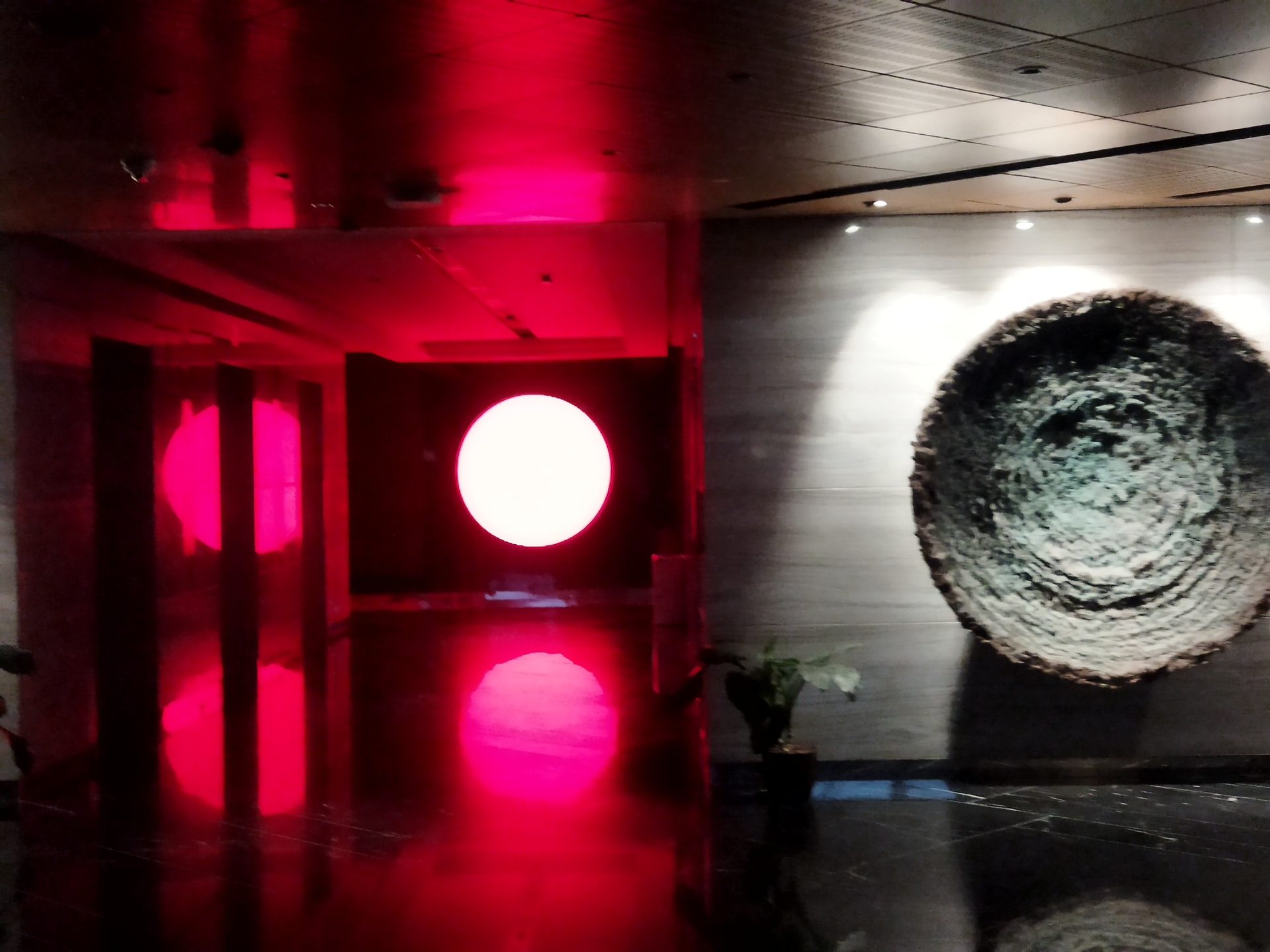
The 'fur'ever friend
Kapildev Parekh
ABEX
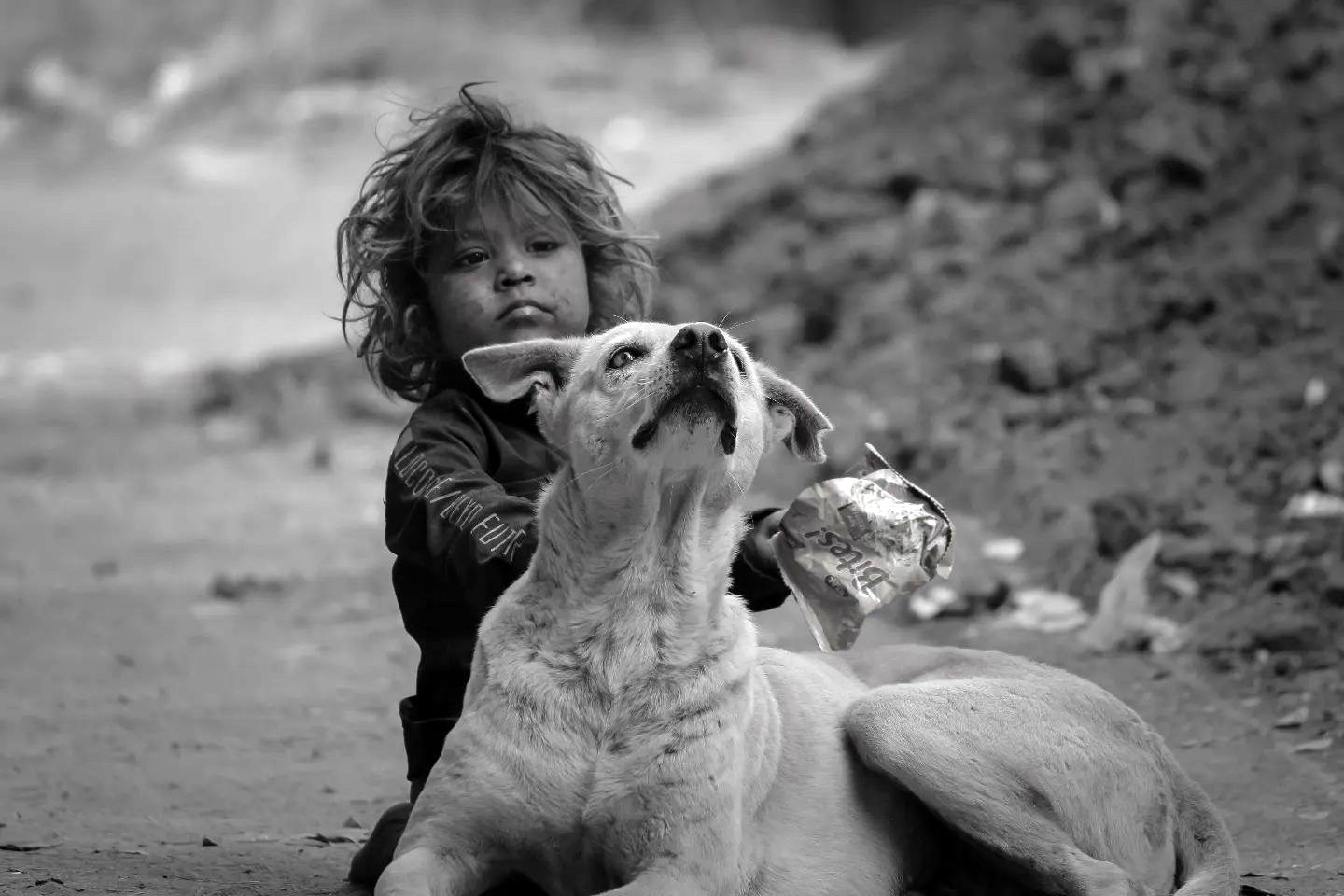
Keep going, keep growing
Nyra Makhijani
Group Treasury
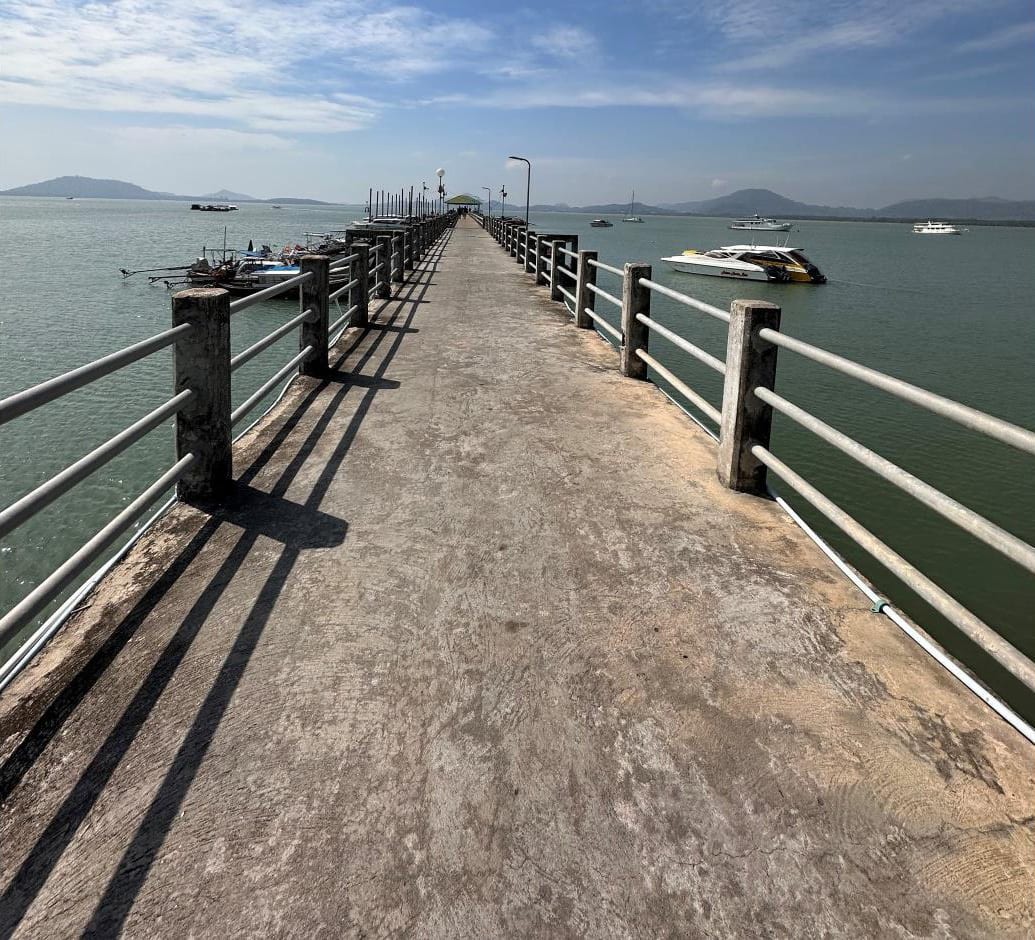
Absolutely Divine & truly magical
Pranav Phogat
Adani Power Rajasthan Ltd
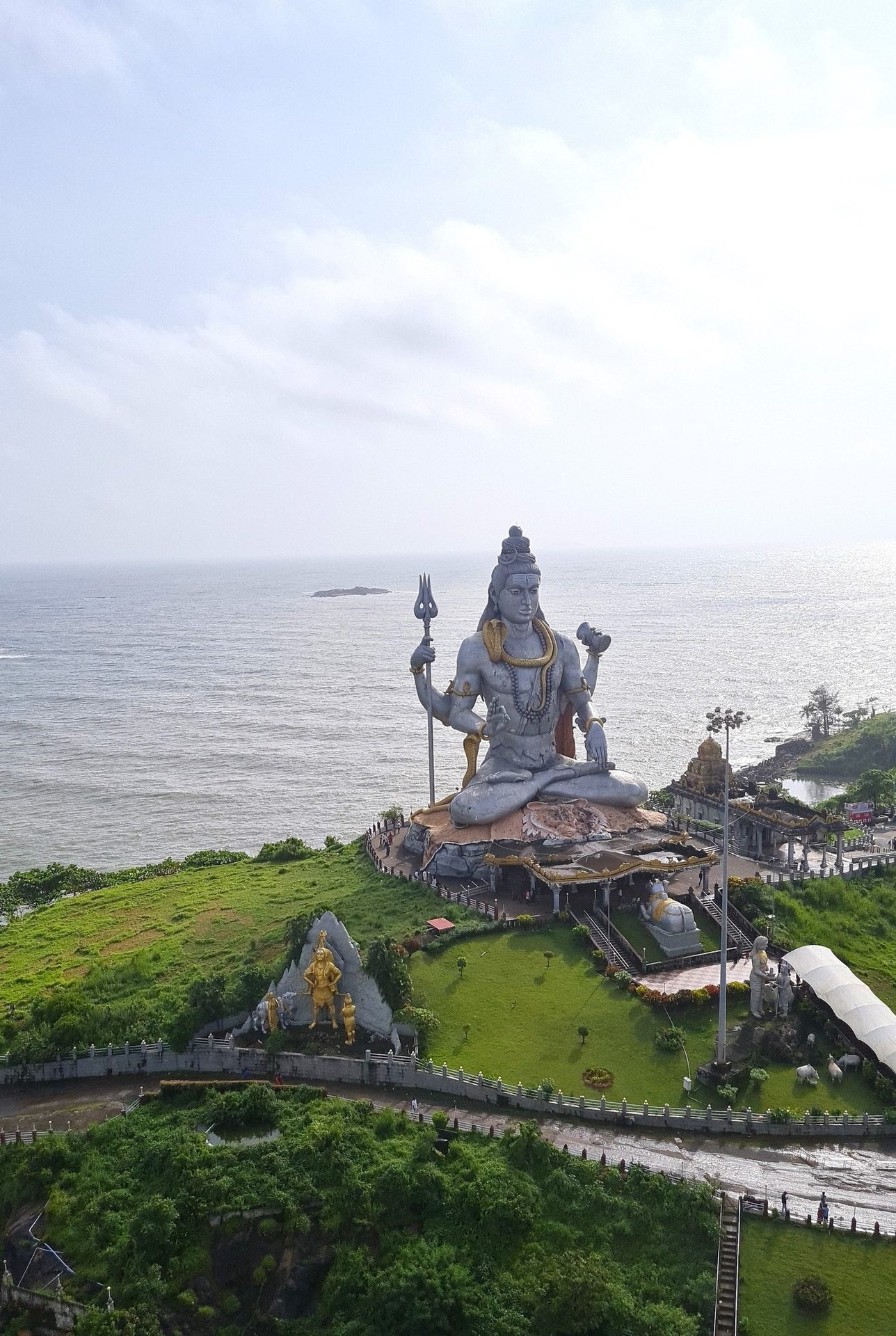
A mesmerising sunset
Subhadip Chatterjee
Mundra Petrochem

Phone Breaks are Lunch breaks
Aarush Patel
CBC

Towards a beautiful journey
Kinnari Vyas
Adani Realty
